August 30, 2020
Martha O'Kennon
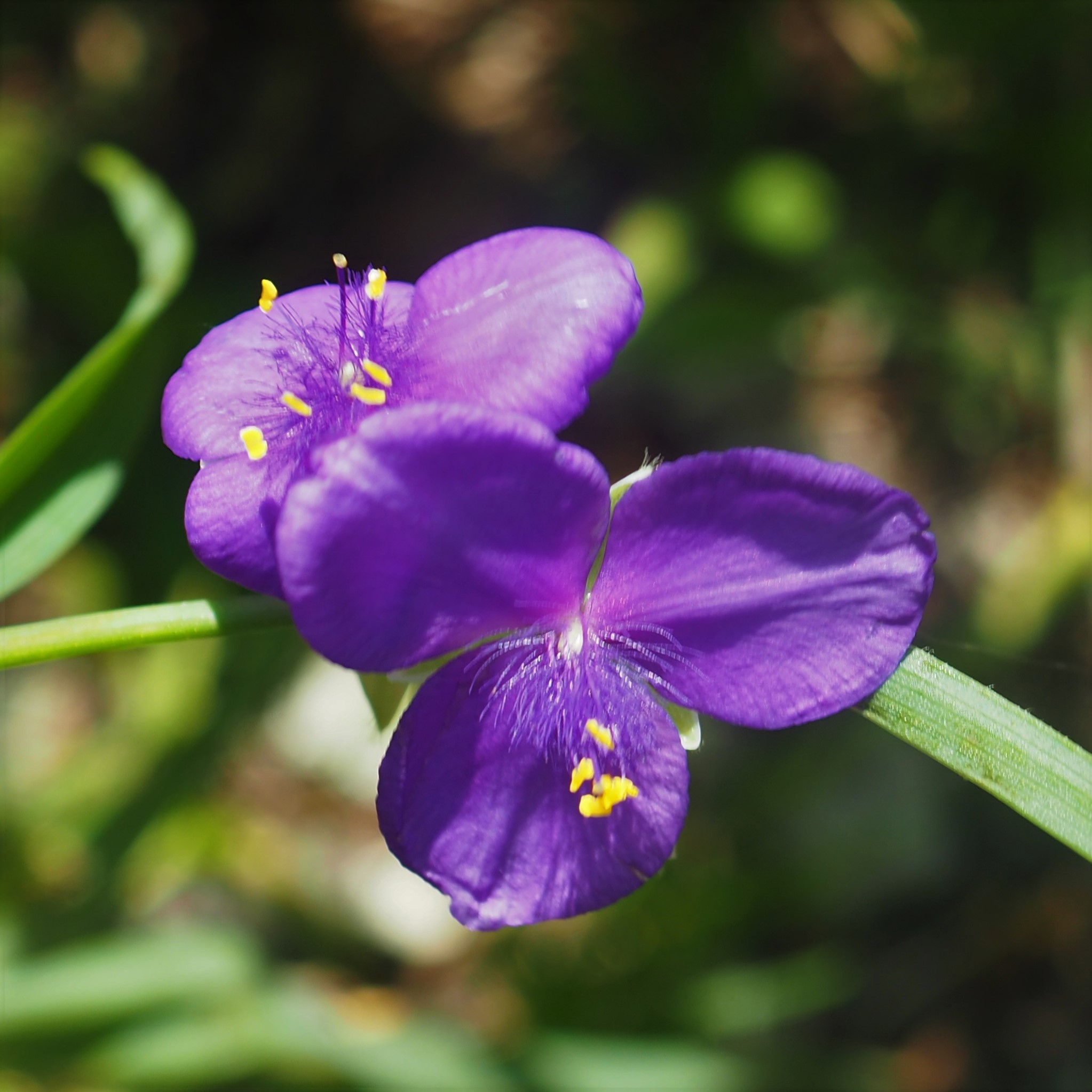
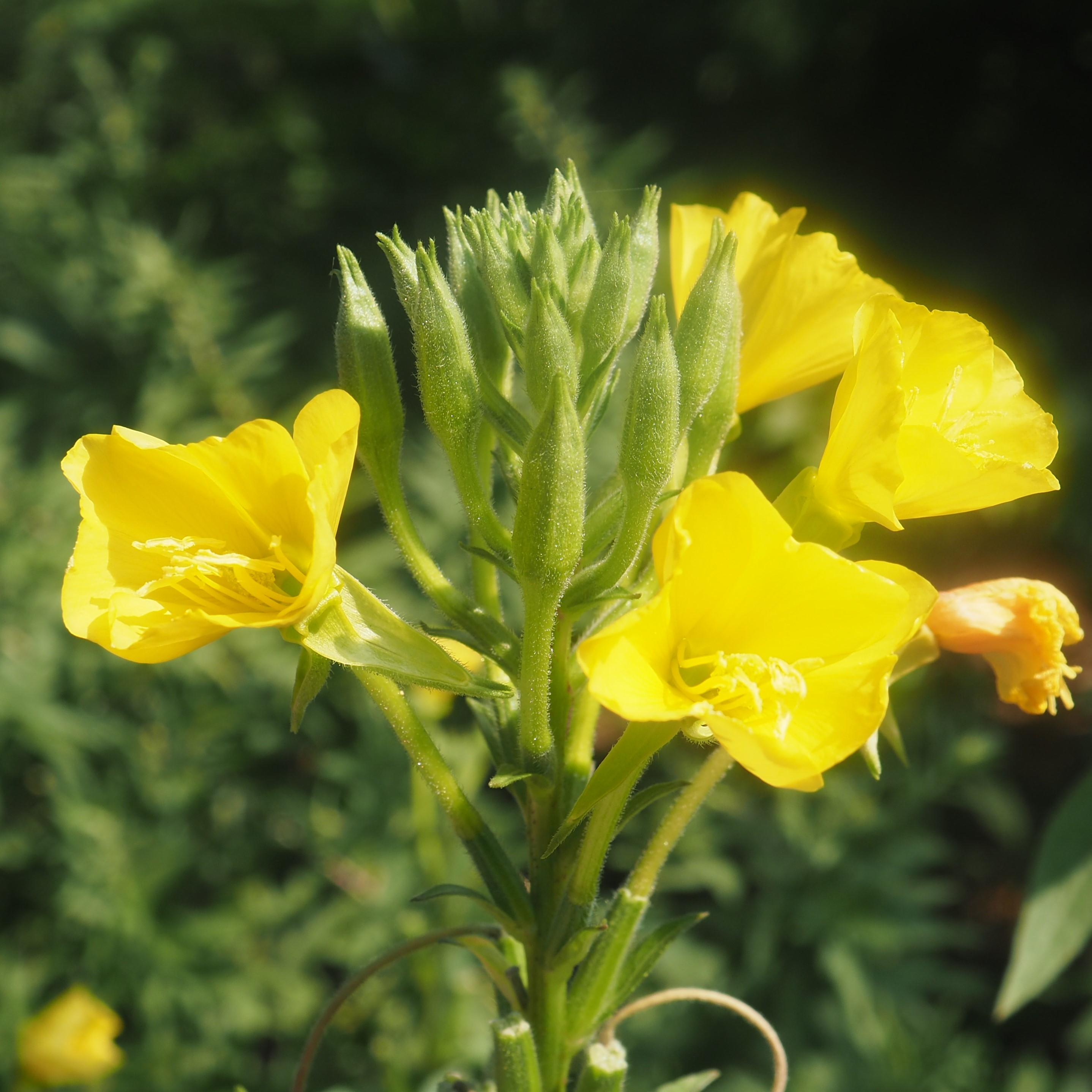
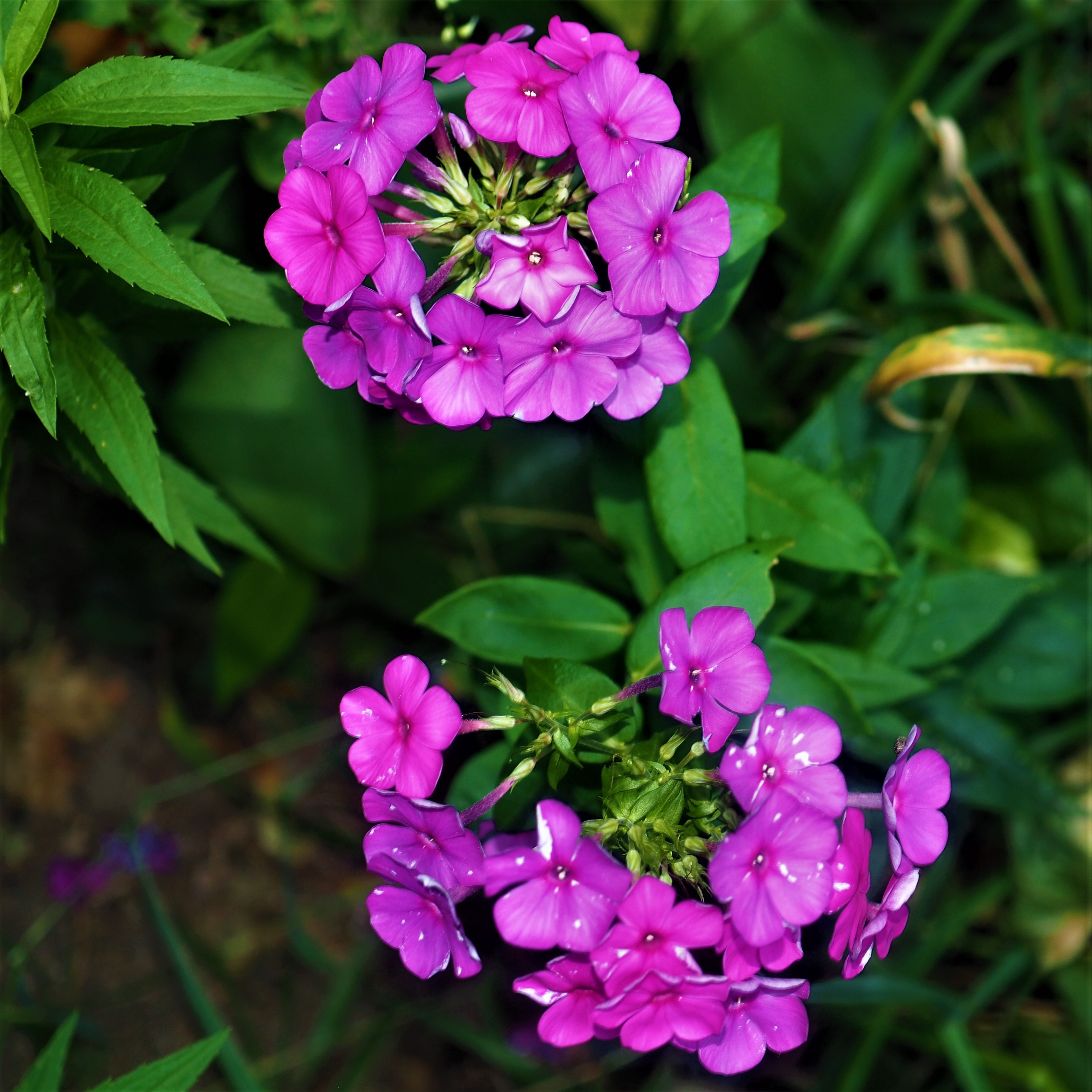
The Spiderwort is STILL blooming lightly. But the Commmon Evening Primrose are really getting going, though they try to wait till I've turned in for the day to begin their display. (They tend to bloom about 8:30 or 9:00 pm here in EST. The Cultivated Phlox is just about to finish its bloom, but it was lovely while it lasted.
Hot it was all week. Finally Friday we had a little thunderstorm and a good bit of rain. I don't know where Spooky, the black cat, was hiding out, for when she finally did come in she was pretty nearly drenched. Today is better.
Remember that there is information in the name of the file for each image. You can see it by mousing over the image - look at the lower left of the screen. Or you can click on the image to get to the (usually) larger image. Then the info is displayed in the address line above. Sometimes the second click will actually display a different view of the original image.
The Ants were fairly inconspicuous. I was too lazy to shoot the Small Carpenter Ants, but there were lots of Eastern Black Carpenters. Picture 2 shows it bluish black in that particular light among the Oak Galls, but it reverts to black in picture 3.

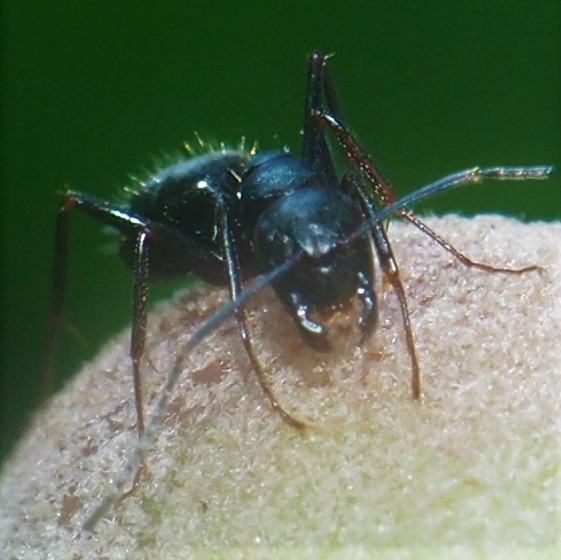
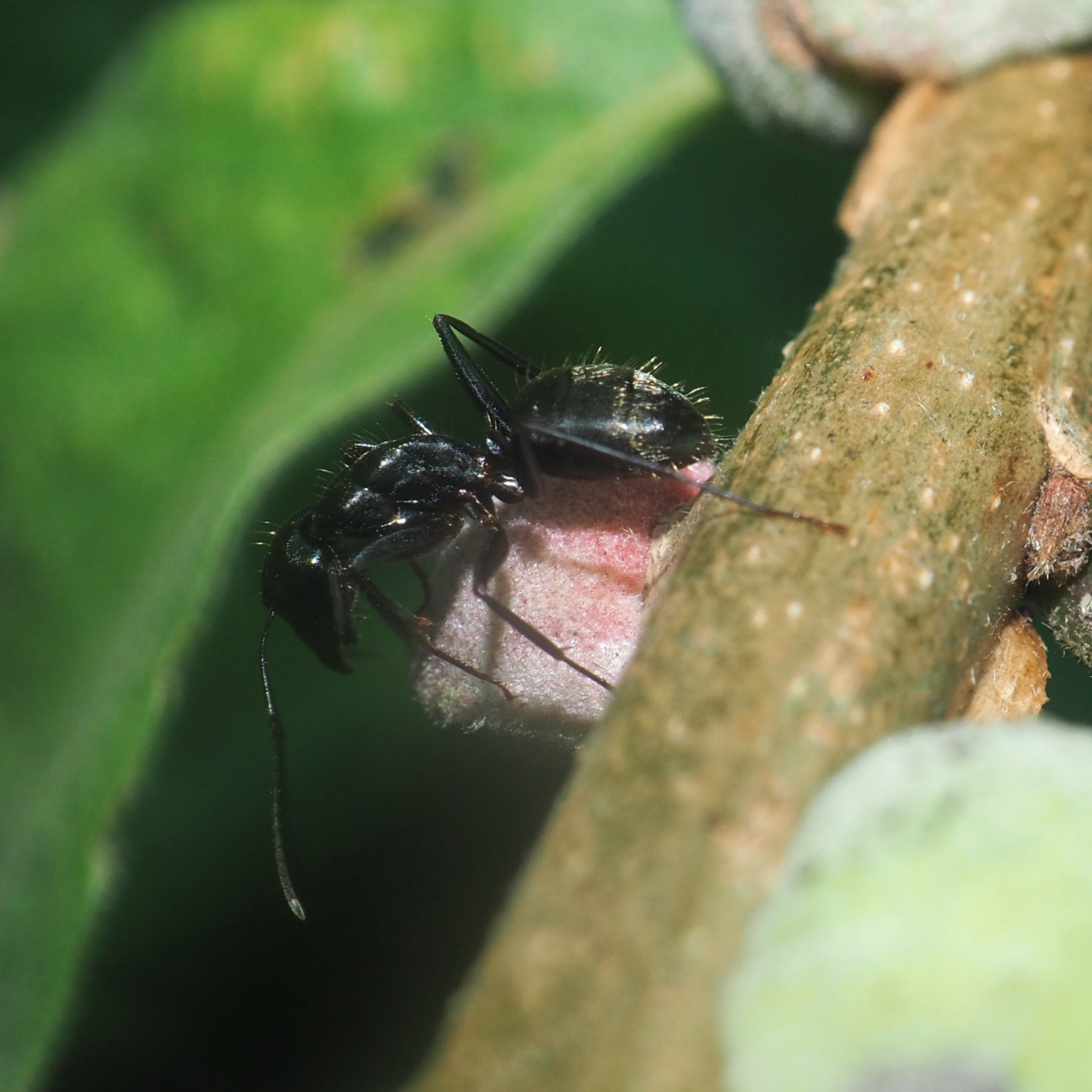
Action among the Aphids was macabre as was only to be expected with the quantity of wasps turning the aphids into Aphid Mummies, which are actually Wasp nurseries. Picture 1 shows a strange visitor to the Green Aphid colony. In picture 2 you see a largish mystery critter, probably a Bug of some sort, and a tiny wasp hatching from a former Aphid. Just when you see a Green Aphid Colony that seems to be growing like the Economy, you see something else forboding. But the Red Aphids are on the move. Here's one that was walking up the Wall of Fame not three feet from the closest Green Colony. Picture 3 shows an adult Brown Lacewing (Micromus posticus)
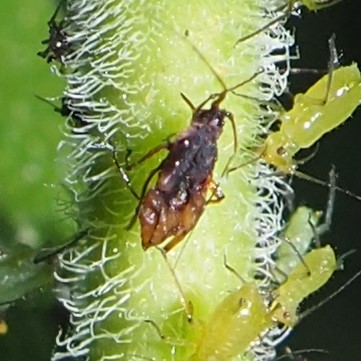
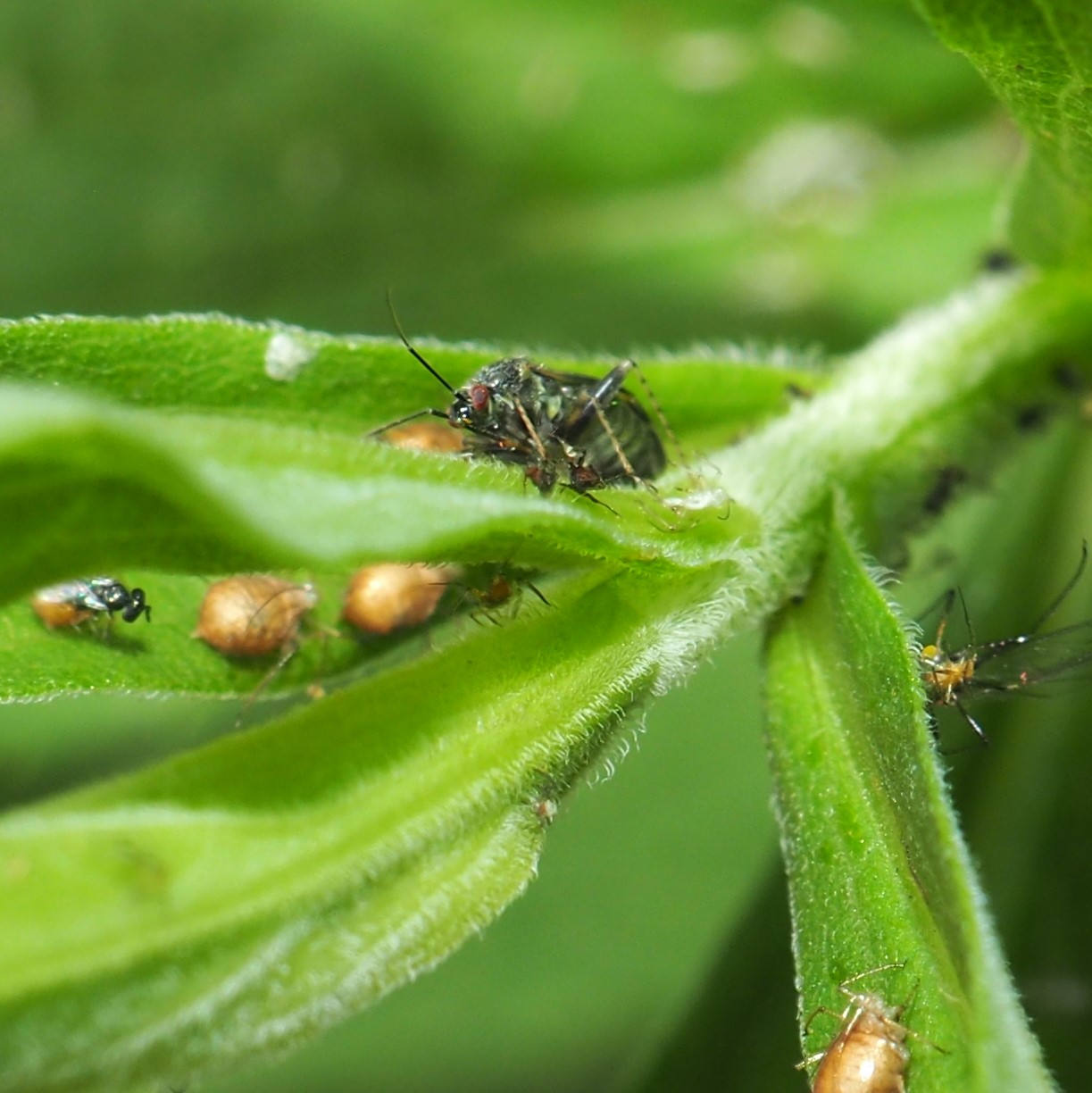
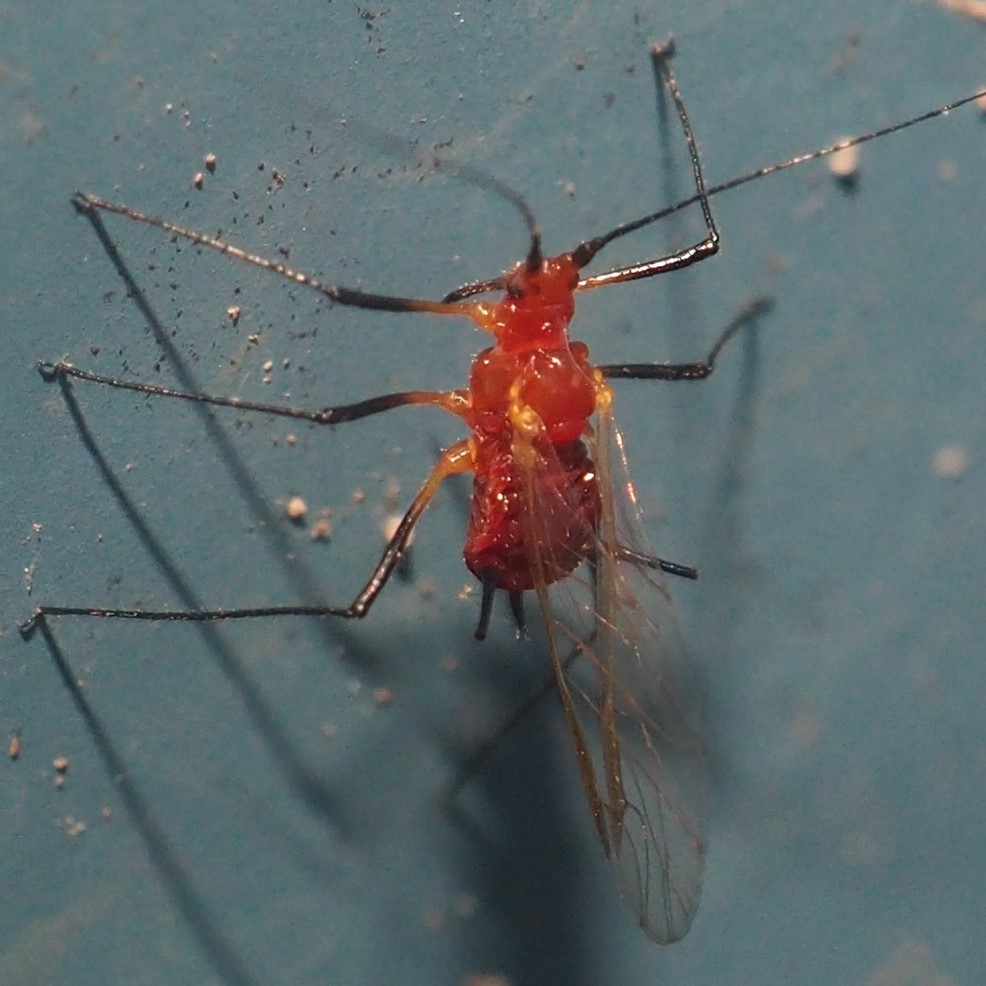
Another source of interest among those Aphids was this pair of Lacewing larvae, ambling through the Aphids and picking up snacks from one side or the other, much like one of us at a Soiree as a waiter passes through with a tray of delicacies. Been to one of those lately? Me neither. But I remember the scene with fondness and some appetite. Picture 3 shows an adult Brown Lacewing (Micromus posticus).

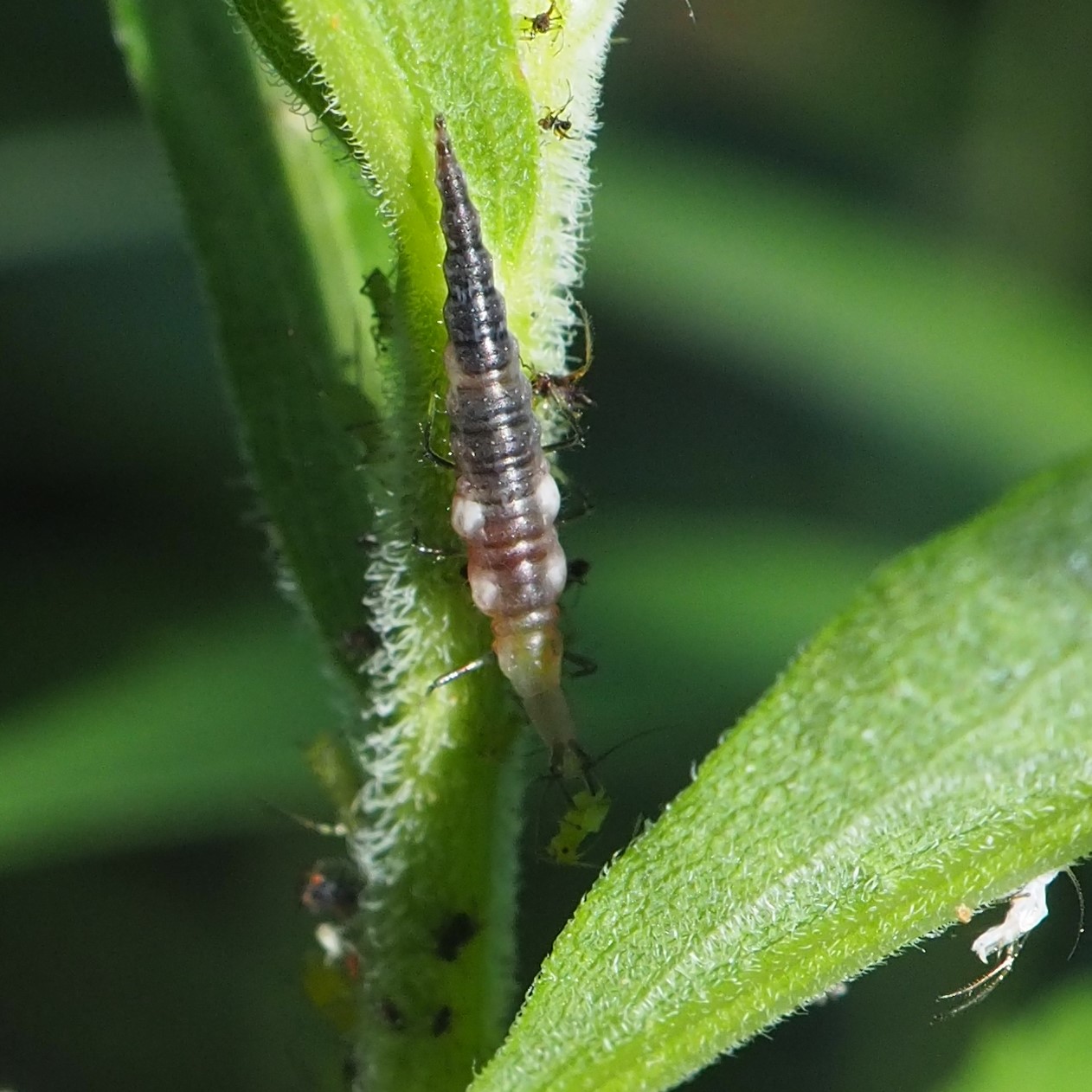
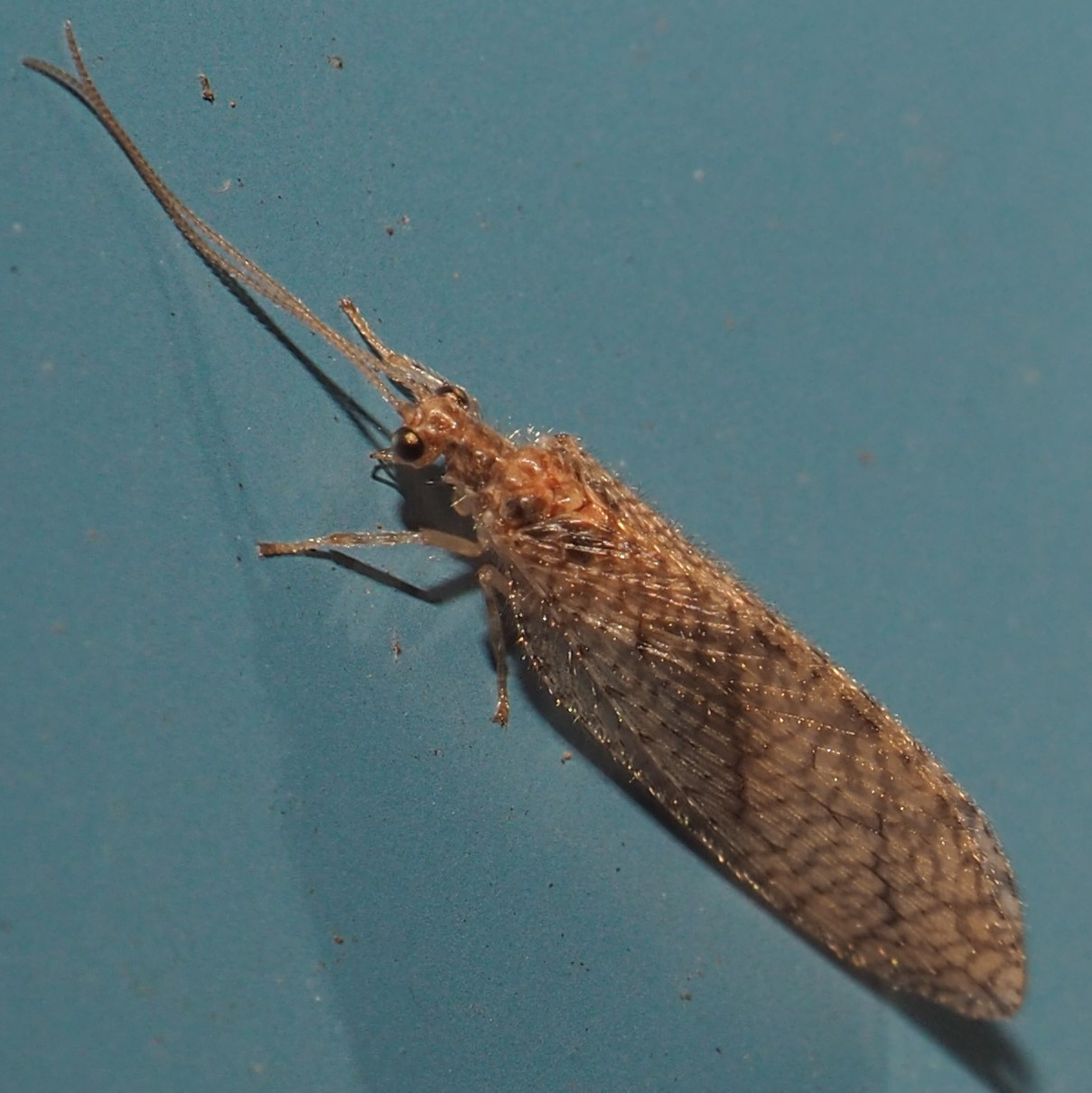
The F-winged Barklice (Graphopsocus cruciatus) are all over the place right now, as are their nymphs. Echmepteryx hageni are also quite common just now.
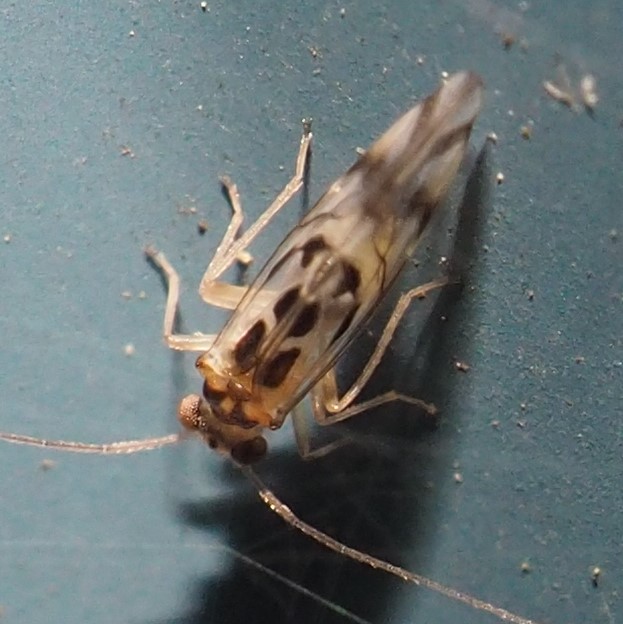

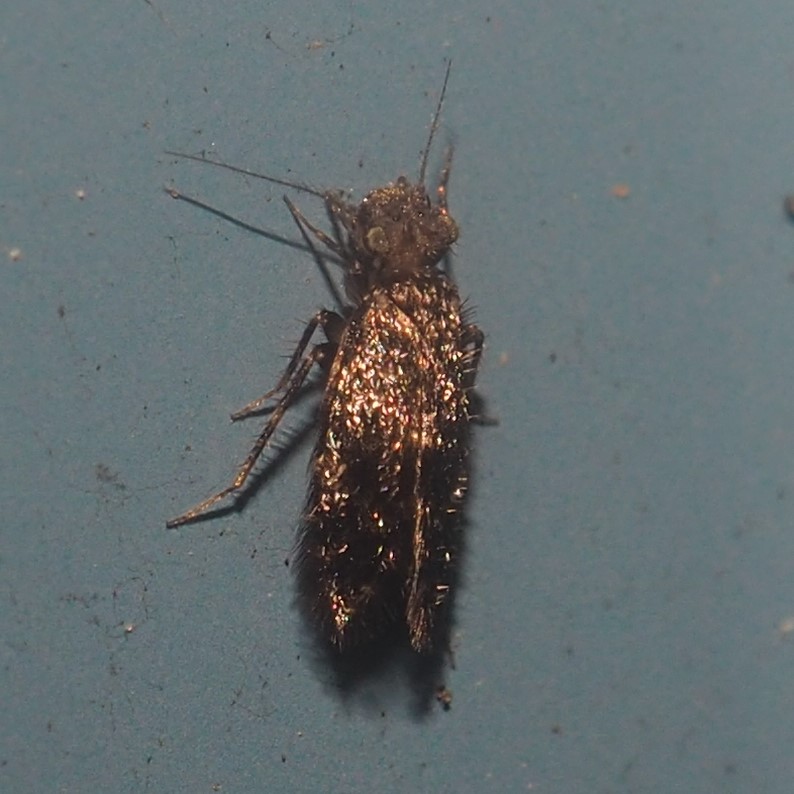
As we noted last week, there seem to be quite a number of Lachesilla (pictures 1 and 2) hatching and still enclosed in webbing. I still don't know how to identify a nymph. Third is what seems like an adult without much coloring, seen here with a few eggs. If you're confused, think how I feel!
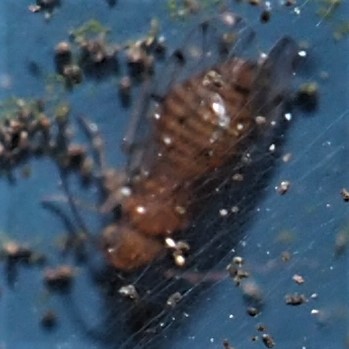
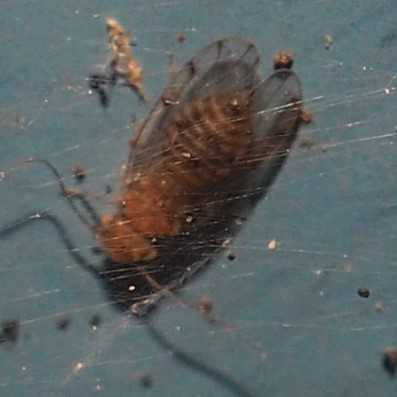

I haven't seen a Polypsocus corruptus for some time. But today there was a Red Barklouse (picture 1) and a Black one (picture 2). Third is a Metylophorus novaeangliae that I saw the other night after dark.
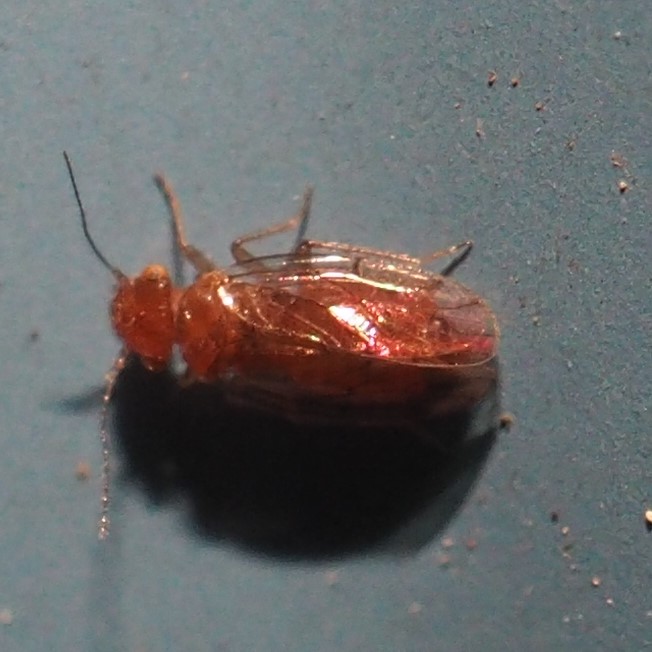
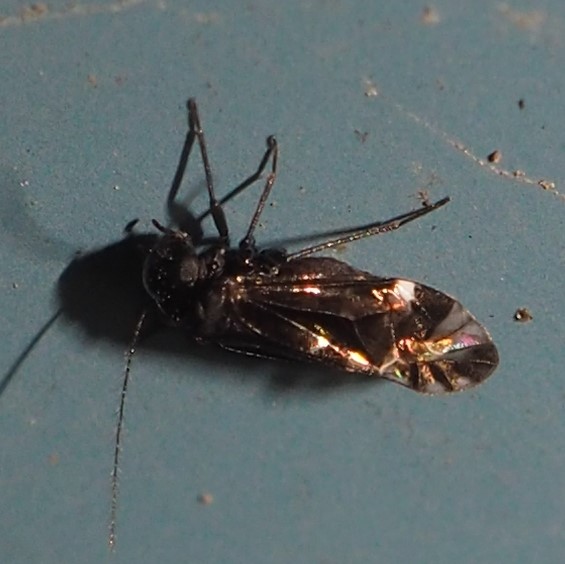
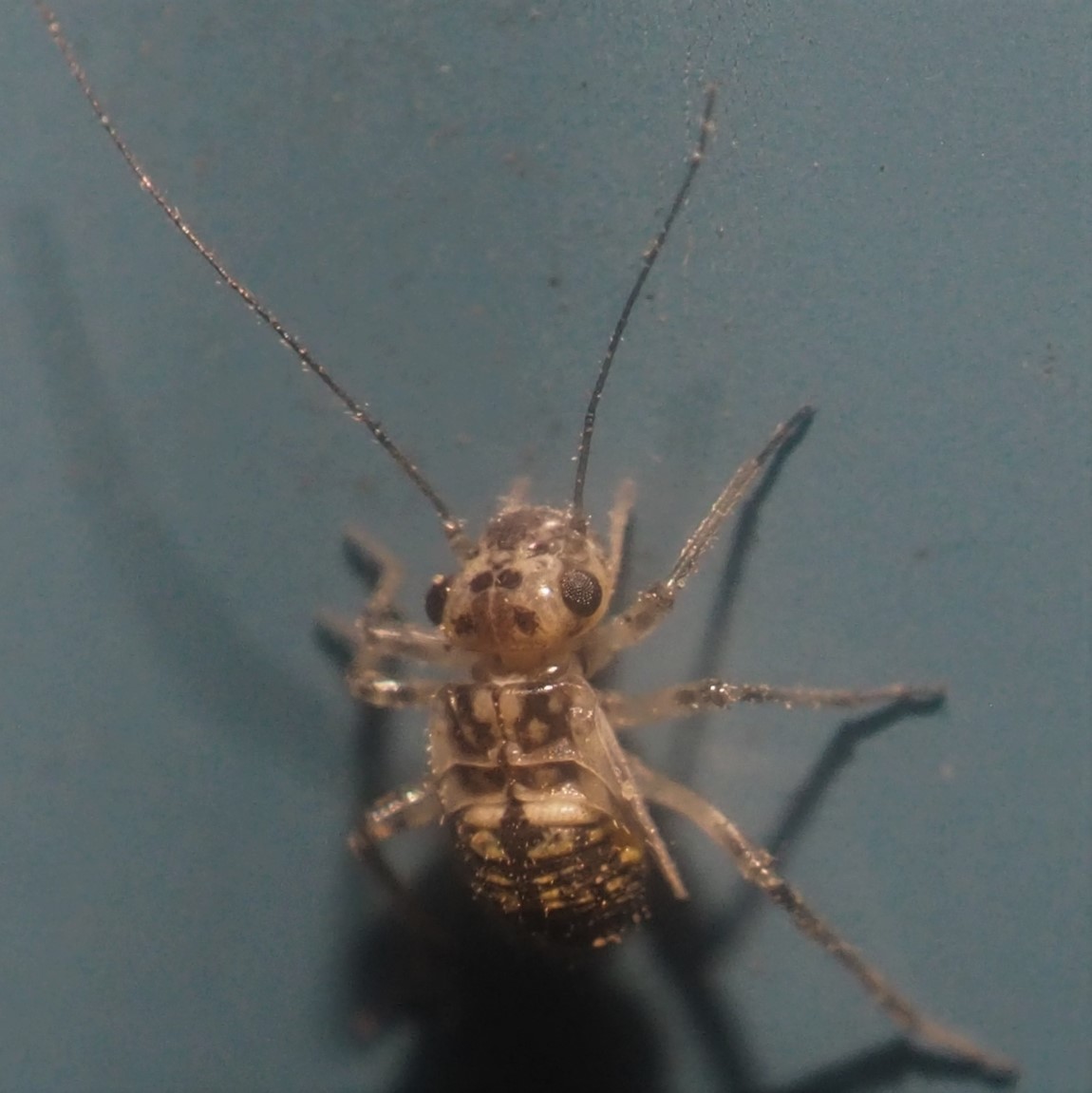
This week we suddenly have some Bees! The major causative factor is that the Goldenrod is suddenly Blooming! How long we have waited for that. It means a few weeks of many lovely wasps and bees and a few other exotic things. It's been ages since I saw a Western Honey Bee. The little Bee in picture 2 is a Mystery to me, as is the sweet-looking little one in picture 3. Both of the latter are much smaller than the Honey Bee.
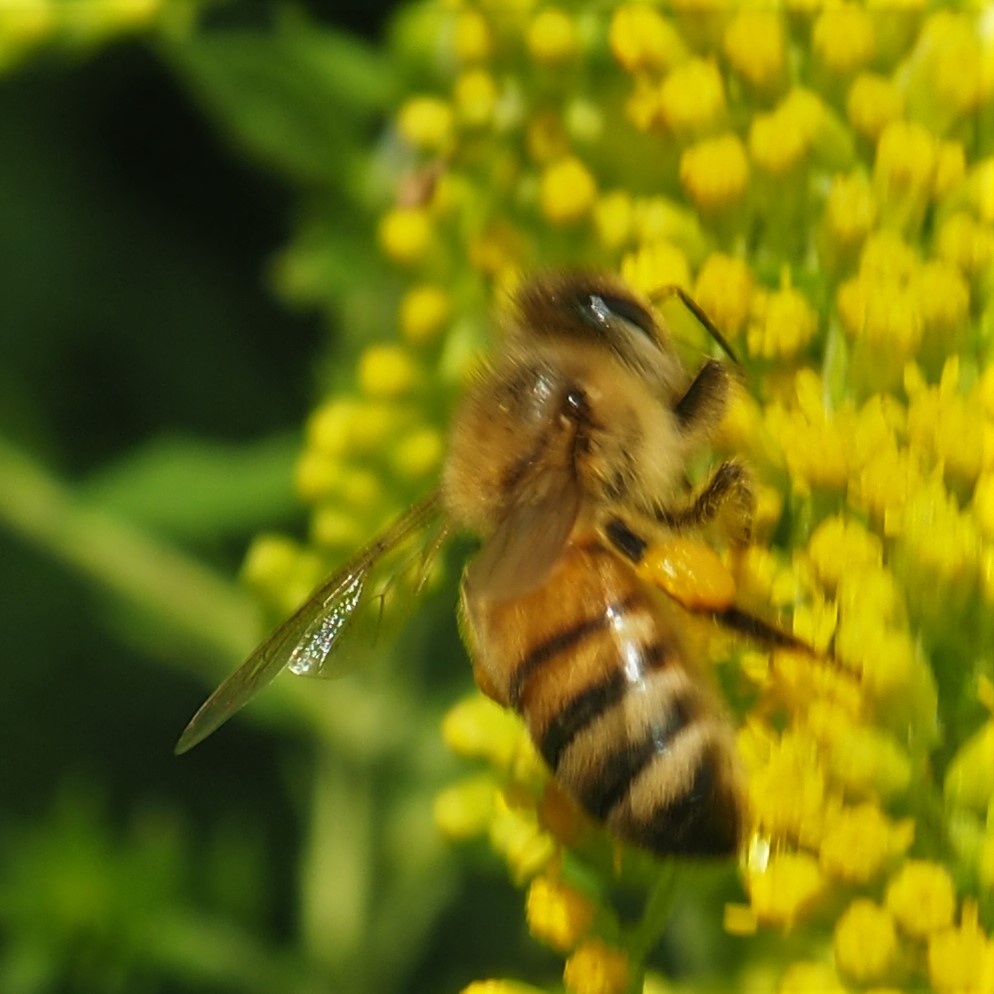
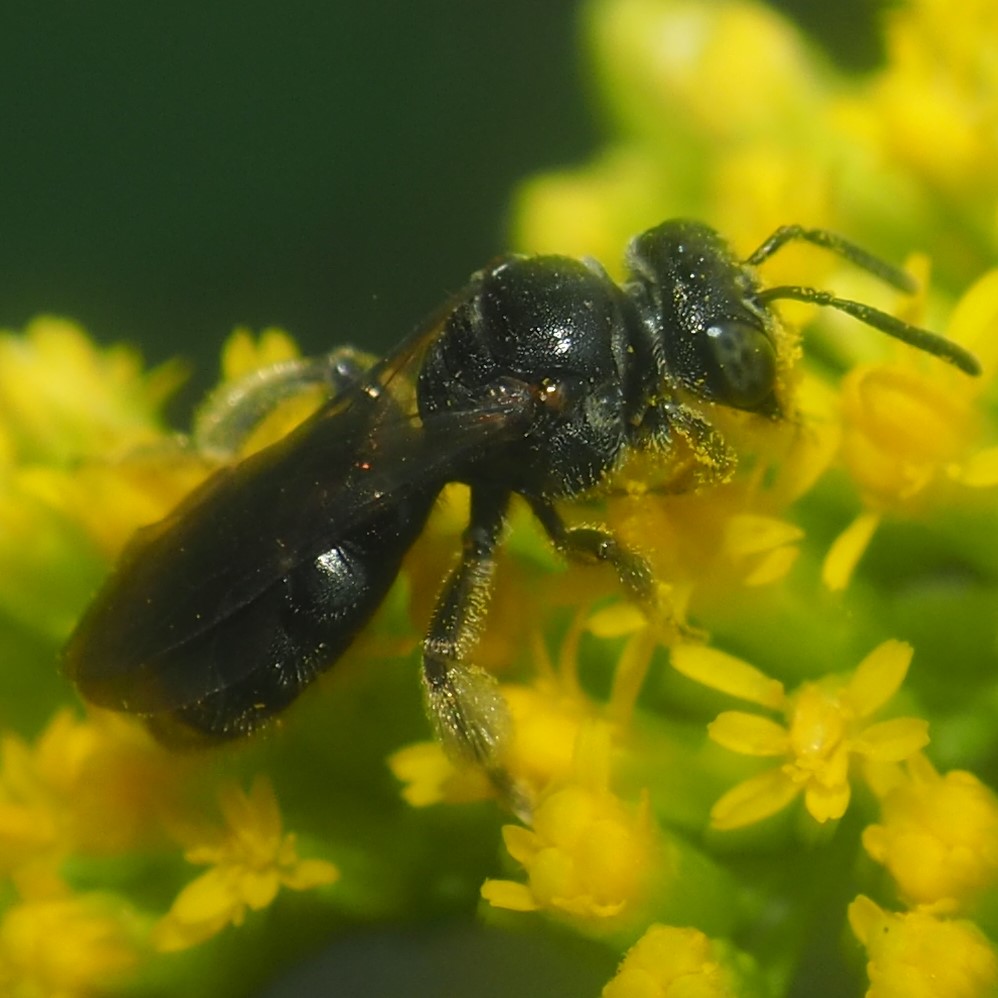
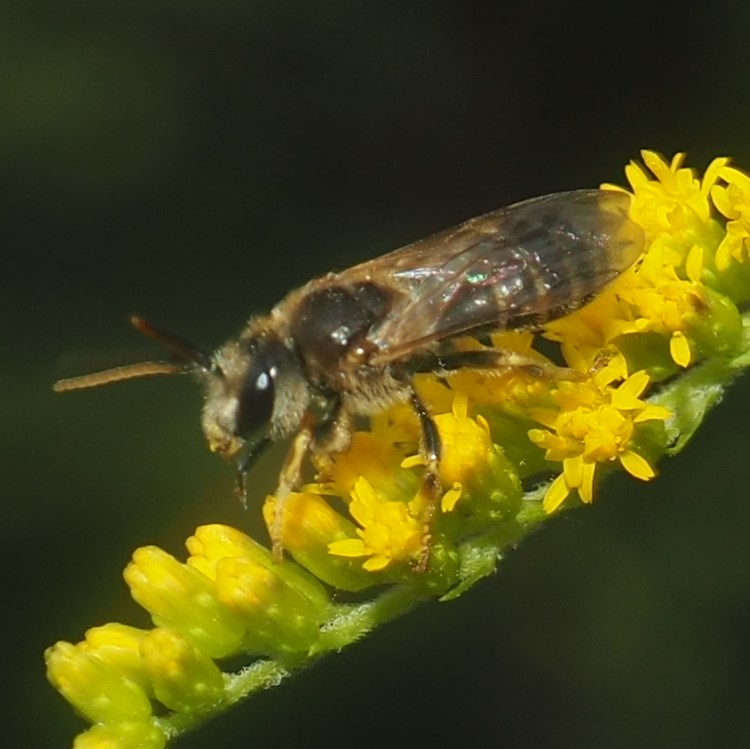
The Goldenrod always brings us this lovely black and yellow Beetle, the Longhorned Locust Borer (Beetle). It also brings us the golden-brown and black Goldenrod Soldier Beetle. They both appeared the very first day of Bloom!
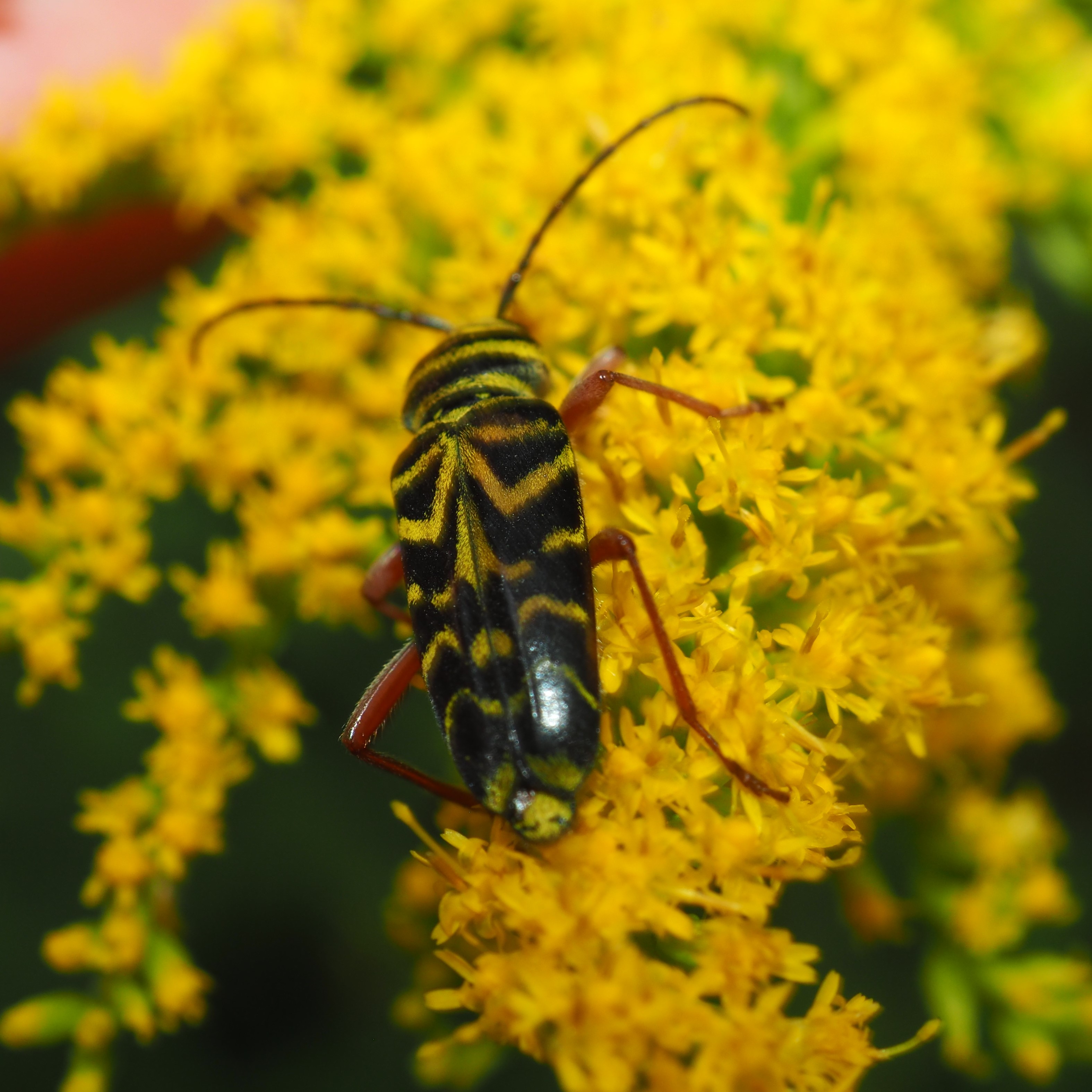

Back at the Wall of Fame, there have been a few little Flea Beetles, like this black one. The second one was caught at night. Third is Phyllotreta zimmermanni, this pretty little pink on black Flea Beetle.

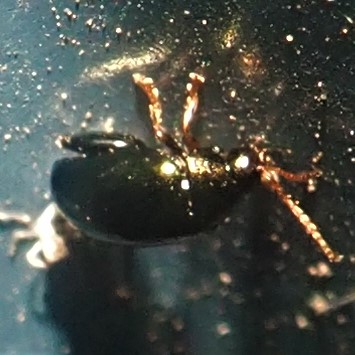
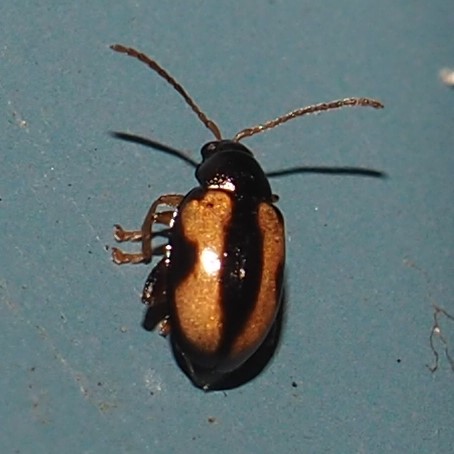
The Asian Lady Beetles especially love the Goldenrod, probably because there are so many yummy creatures that also love it. Second is an Asian Lady Beetle larva. Third is the black and white Twenty-spotted Lady Beetle.
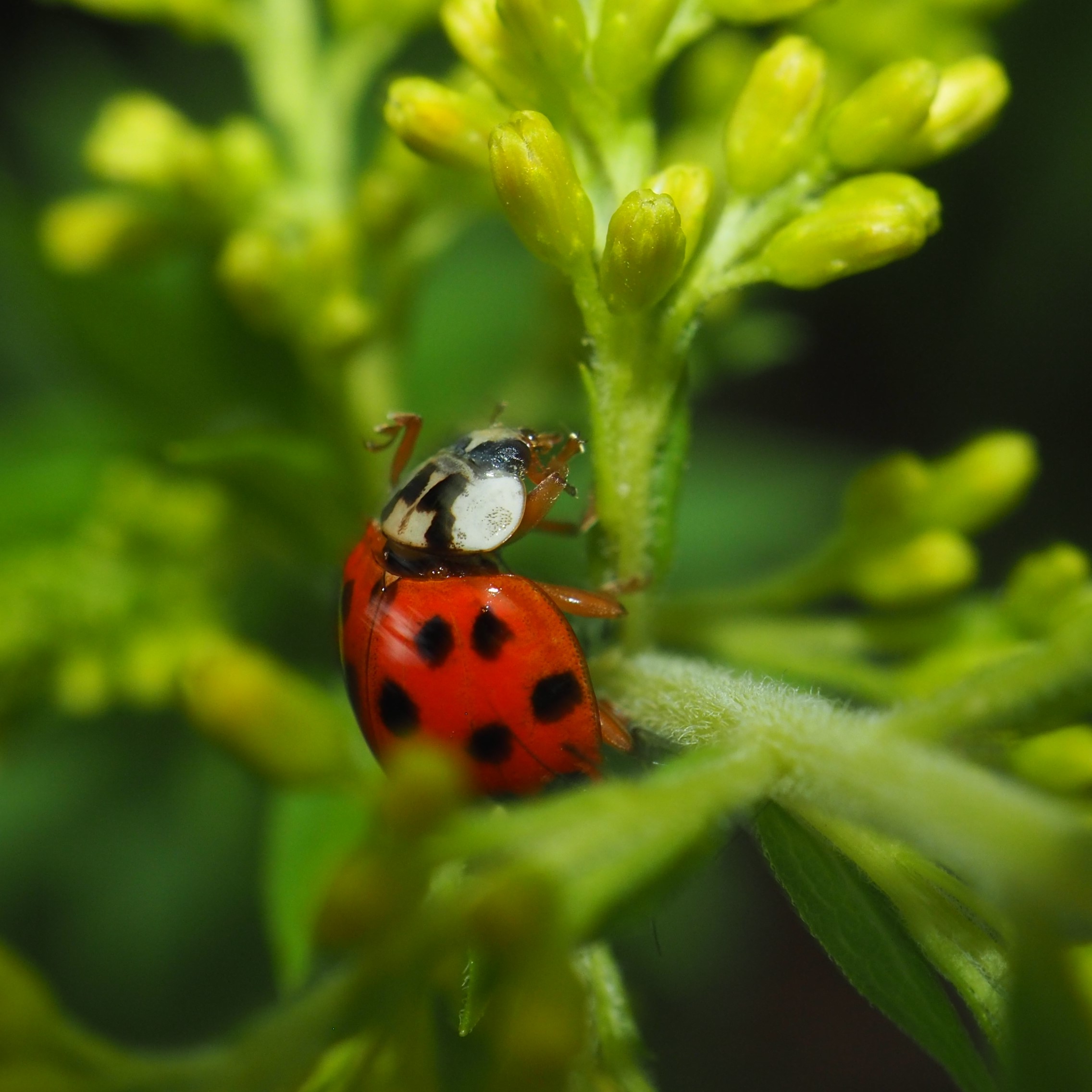
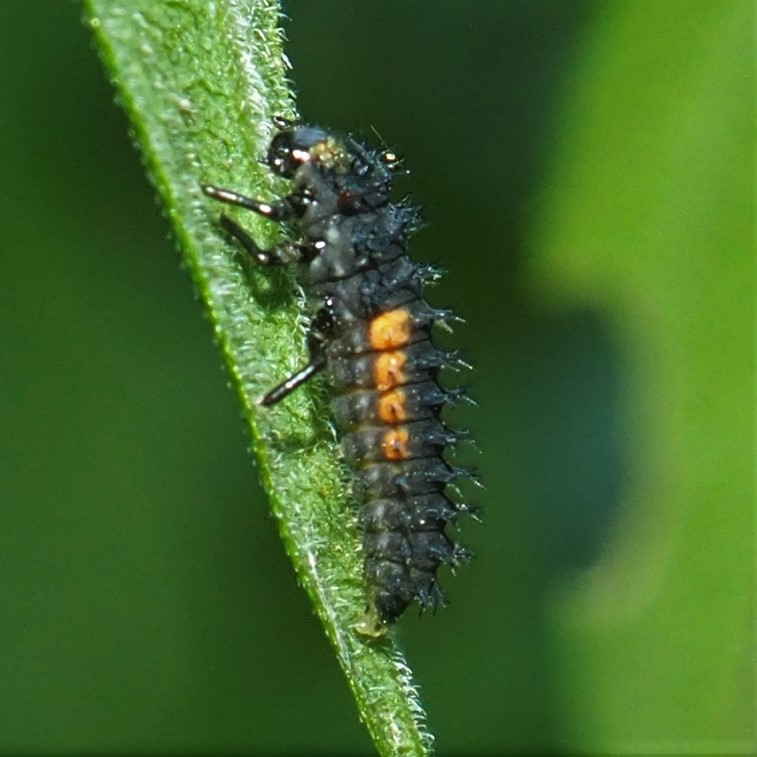
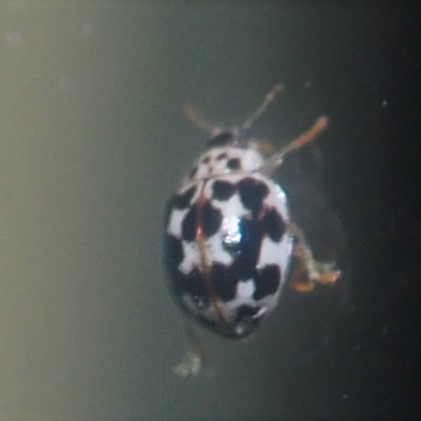
This little brown Beetle was found on the ground. I think it may be a Ground Beetle. I enlarged the antennae and claws in picture 2. And you know we have lots of the tiny Redbud Bruchids.
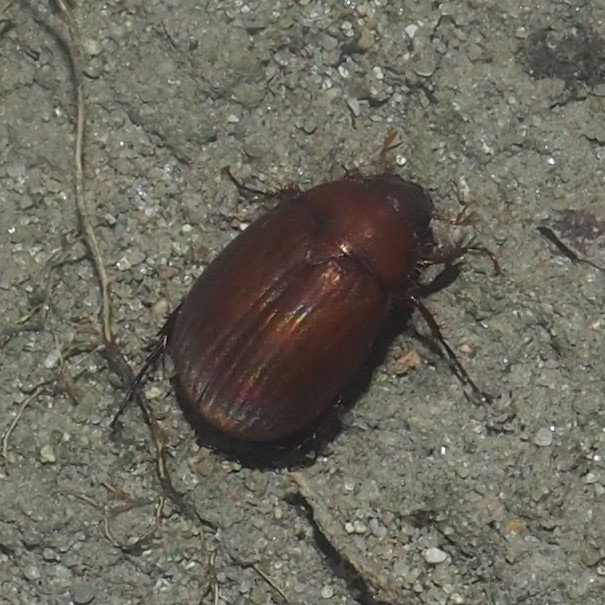
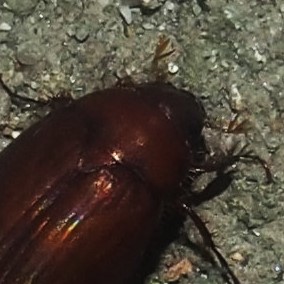
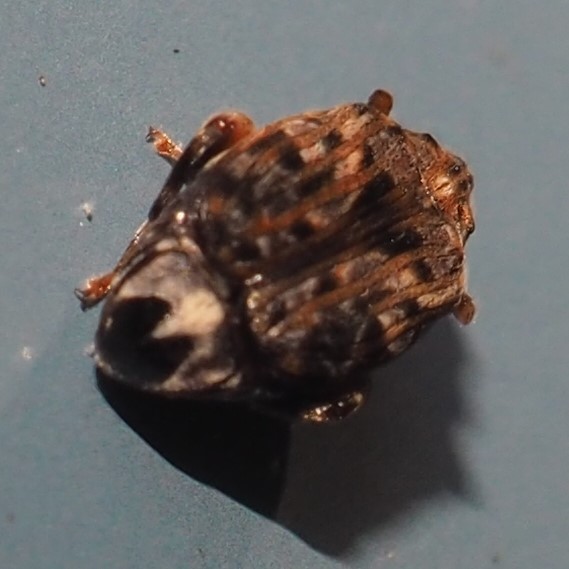 Let's go to the Bugs. My favorite and alphabetical starter is the Assassin Bugs. There were, as usual, a host of the little baby Zelus luridus or Pale Green Assassin Bugs. But yesterday in the glorious Goldenrod there appeared one that looked like the adult Z. luridus, but which seemed to have adopted a pale creamy-brown complexion to camouflage itself against the brilliant yellow. Its eyes were not the expected bright-red color we expect in Z. luridus. Looking at its back, I can't make out 4 spurs which would be the number in a specimen of Z. tetracanthus. If anyone is familiar enough with this species, which I hardly ever encounter around here, and can distinguish ZL fro ZT, please let me know.
Let's go to the Bugs. My favorite and alphabetical starter is the Assassin Bugs. There were, as usual, a host of the little baby Zelus luridus or Pale Green Assassin Bugs. But yesterday in the glorious Goldenrod there appeared one that looked like the adult Z. luridus, but which seemed to have adopted a pale creamy-brown complexion to camouflage itself against the brilliant yellow. Its eyes were not the expected bright-red color we expect in Z. luridus. Looking at its back, I can't make out 4 spurs which would be the number in a specimen of Z. tetracanthus. If anyone is familiar enough with this species, which I hardly ever encounter around here, and can distinguish ZL fro ZT, please let me know.
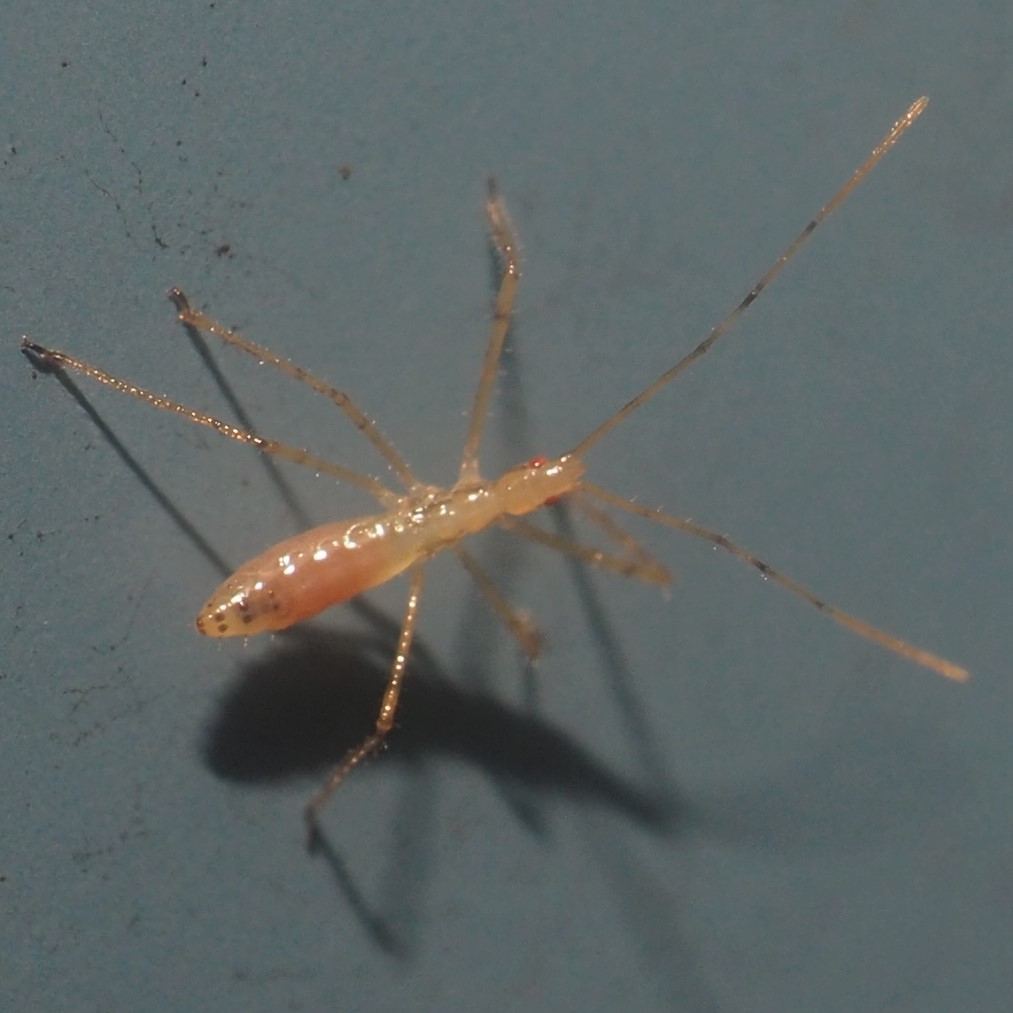

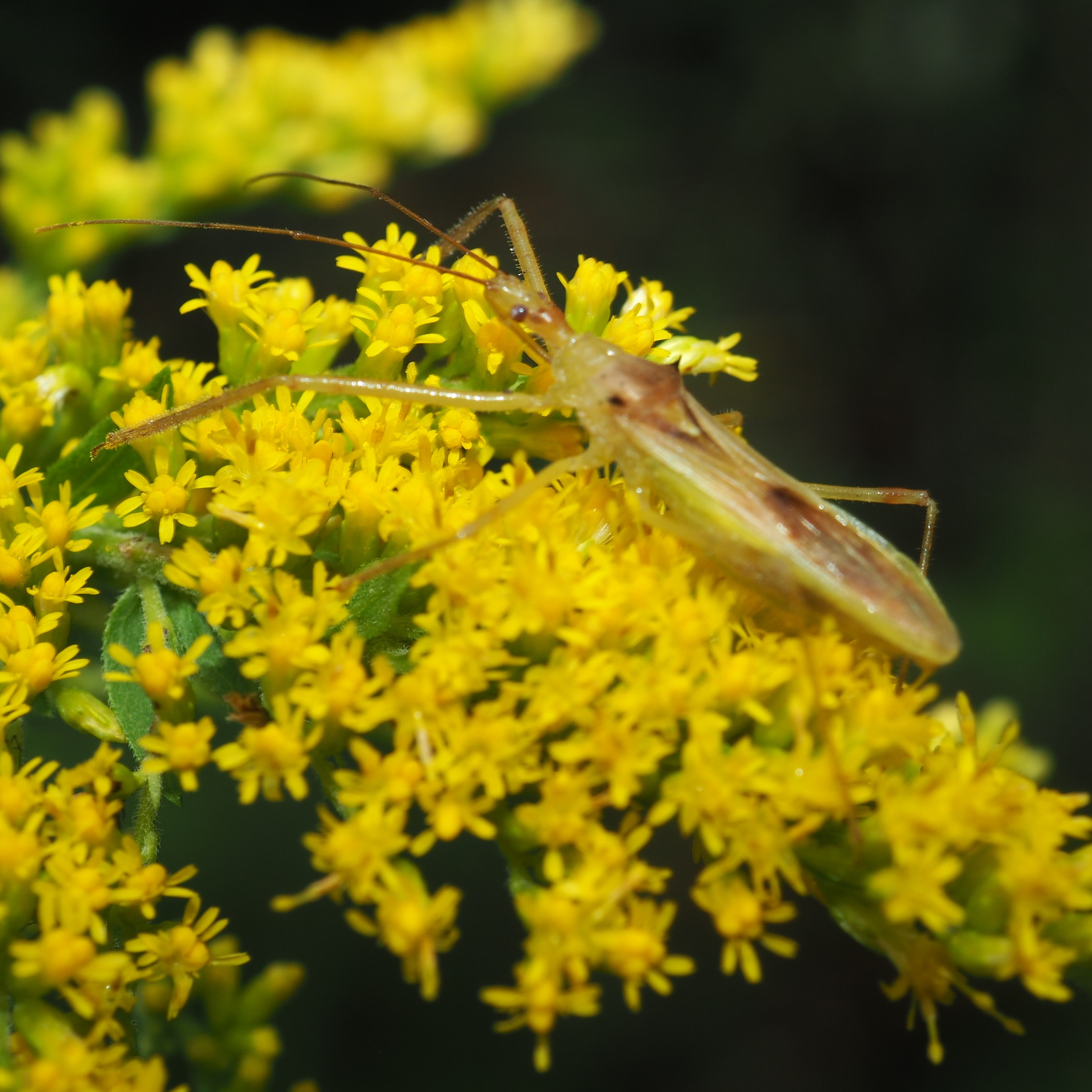
So this is where we usually open the stage to the Leafhoppers. First is a member of genus Eratoneura with red markings. Second has a similar pattern but with yellow-orange markings. Third has a less highly defined pattern and with very light coloring.


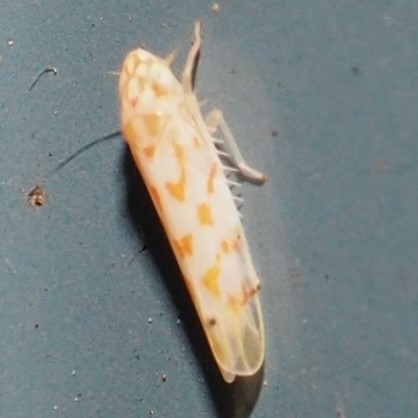
Then, still Eratoneura but with more "dot-like" markings. Here are at least two variations. By the way, all five of these Eratoneura patterns were spotted on the same day, August 29.
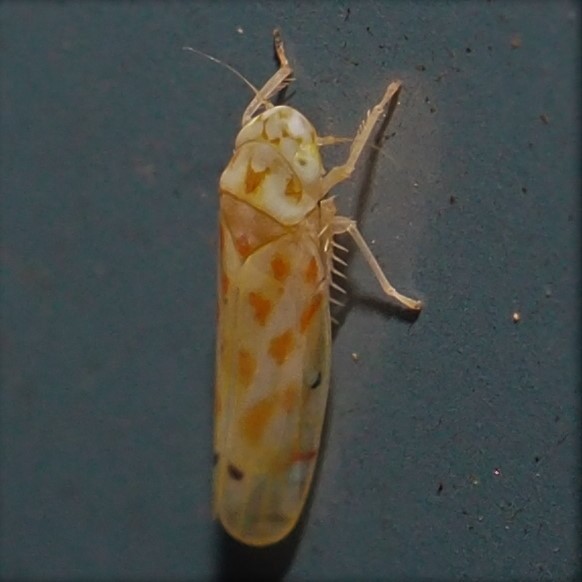

The species Erythroneura aclys also has quite a few patterns. In fact, I'm not sure if the variation with more of a circle instead of a rectanglle is really the same species. Third is Erythroneura elegans.

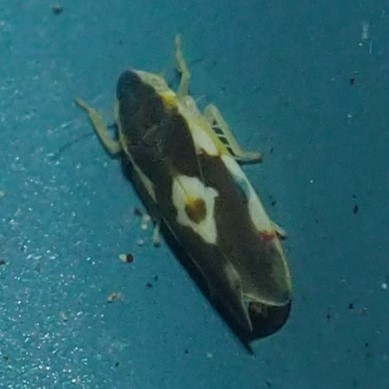

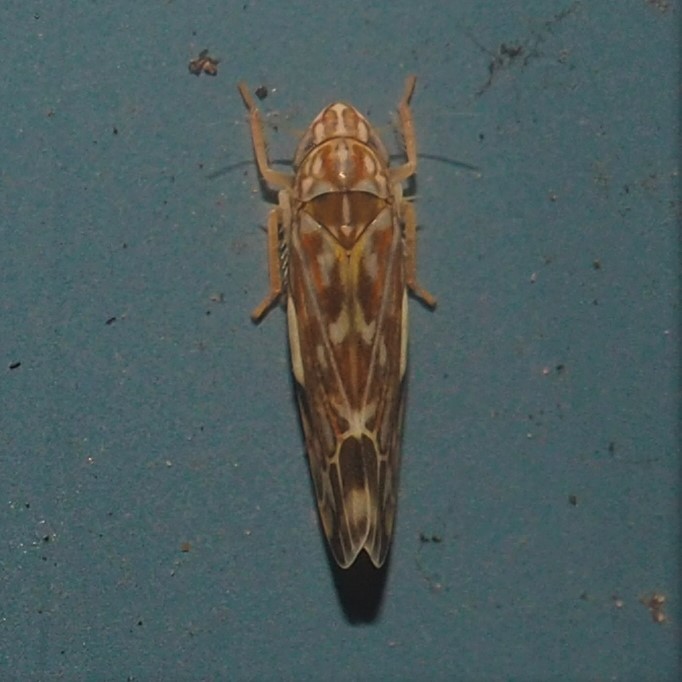
Look at the variations in color with the Graphocephala Leafhoppers.
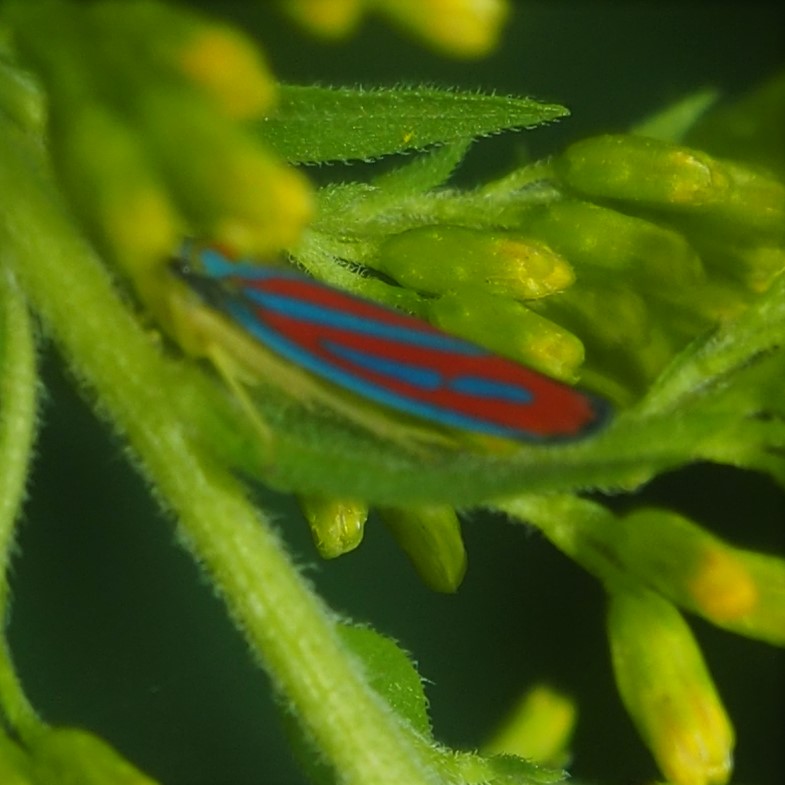
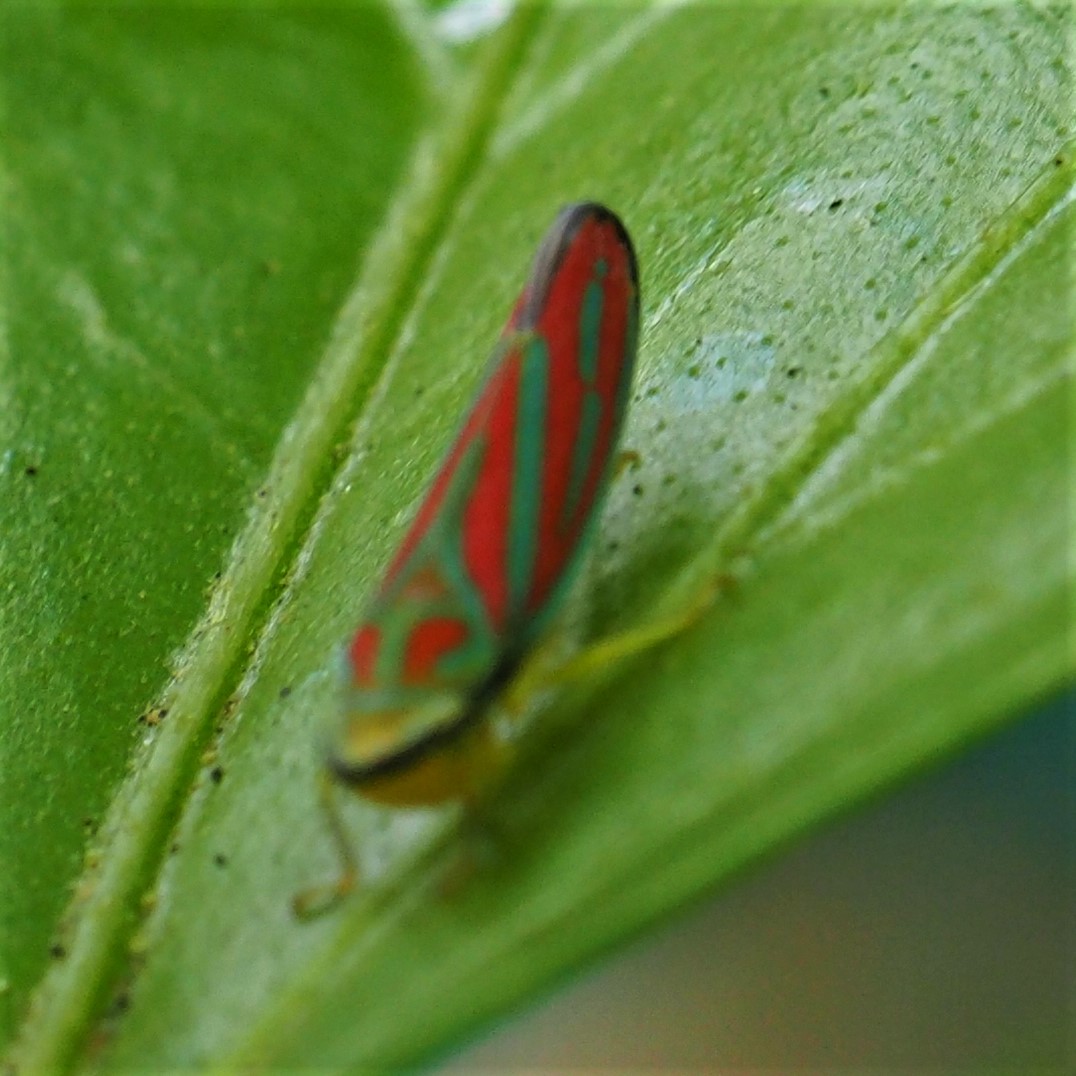
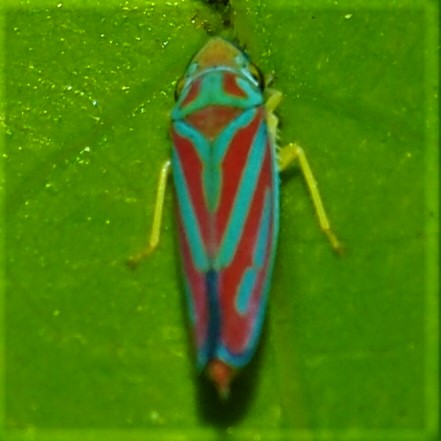
And the Jikradia olitoria adults.
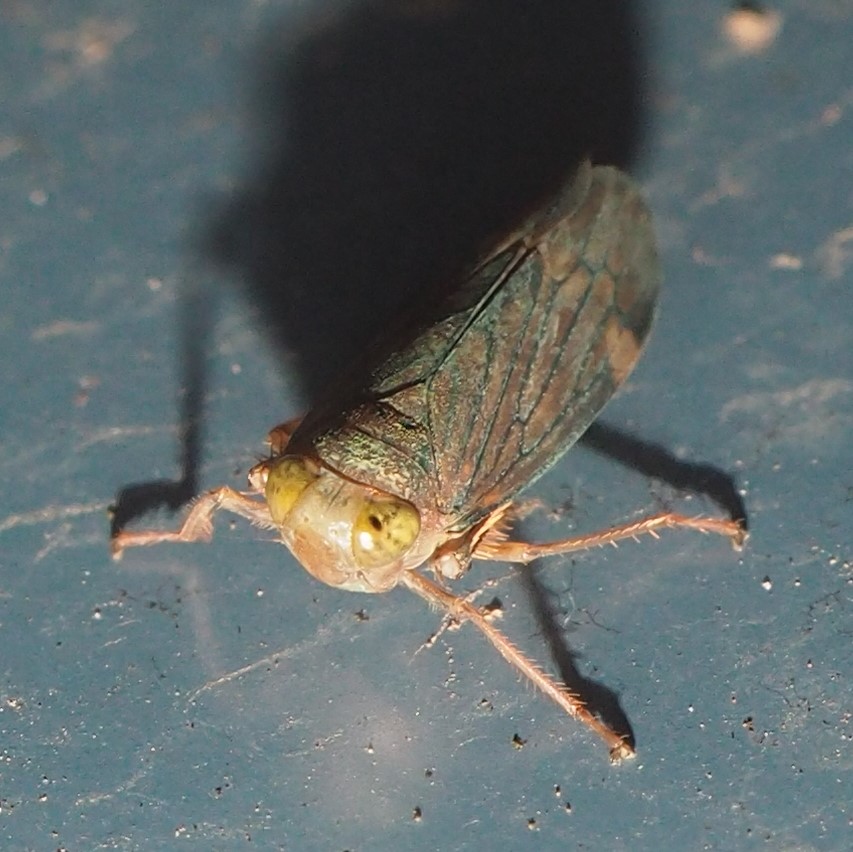


First, a Japanese Leafhopper, a greyish variation. Then one of the Osbornellus genus. Ozzie or Harriet? Then, Prescottia lobata. And finally, another Scaphoideus.
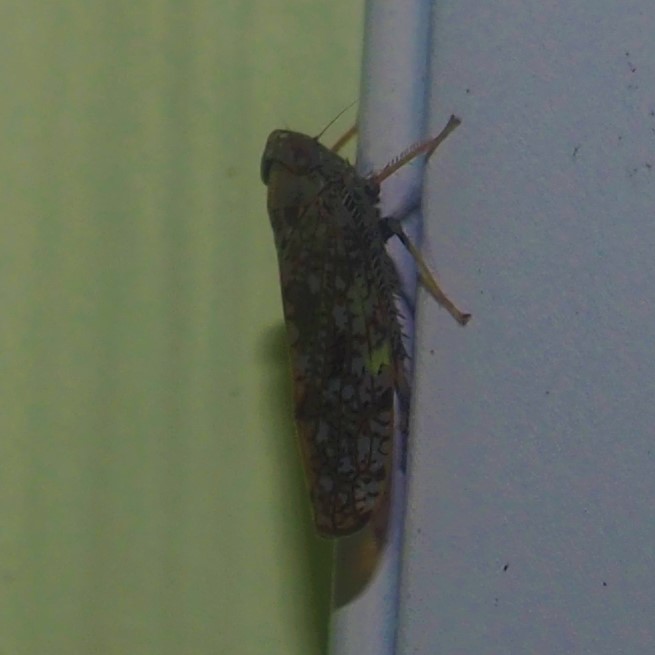
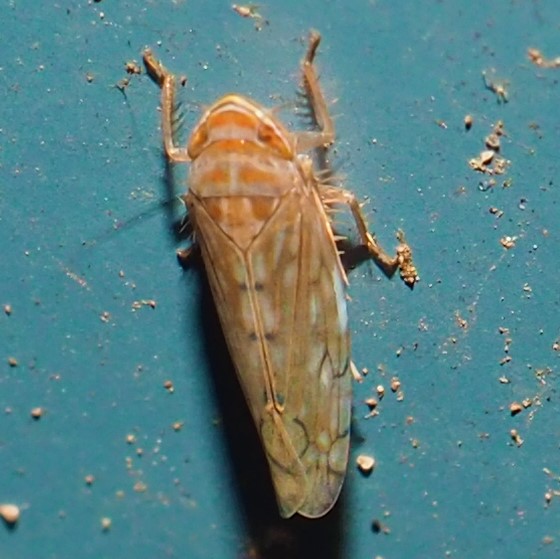
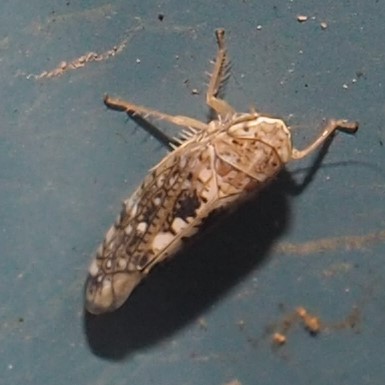
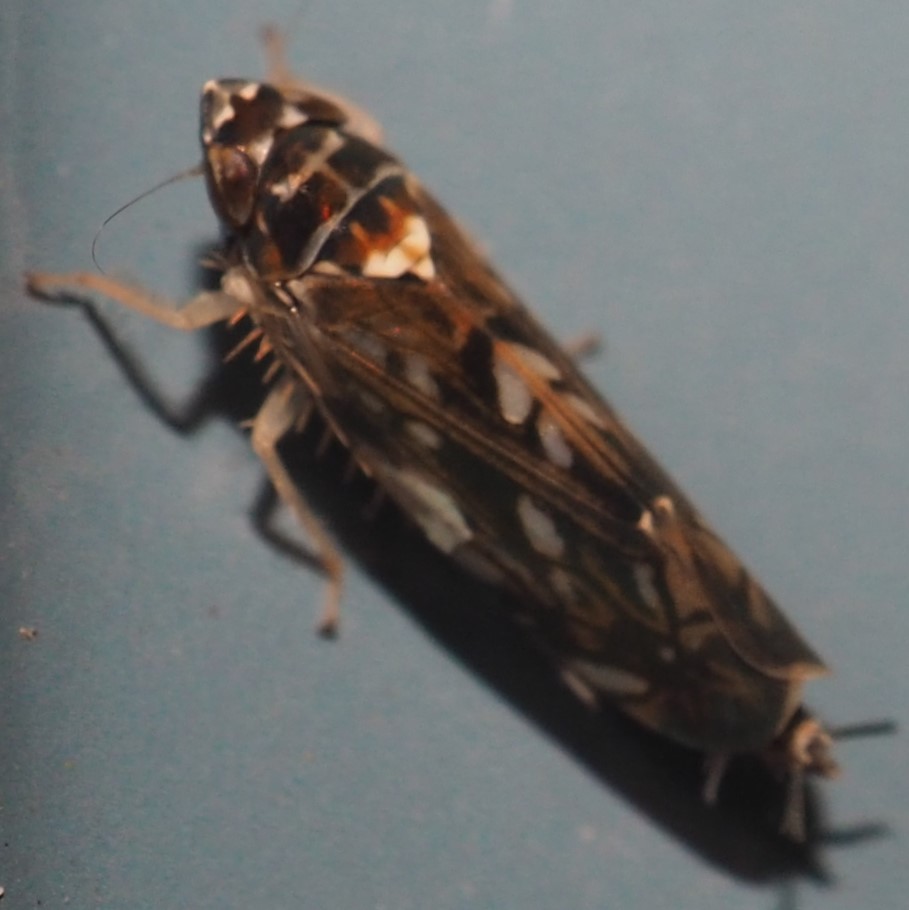
I don't think I saw a single Planthopper this past week. And my beloved Keeled Treehoppers are all flown away. I also can't find a Two Mark Treehopper among this week's pictures. Oh no, I lied. Those Delphacid Planthoppers were still here. Here's one picture. Also, the Spittlebugs are still around. Here we have a Meadow Spittlebug and an Alder Spittlebug!
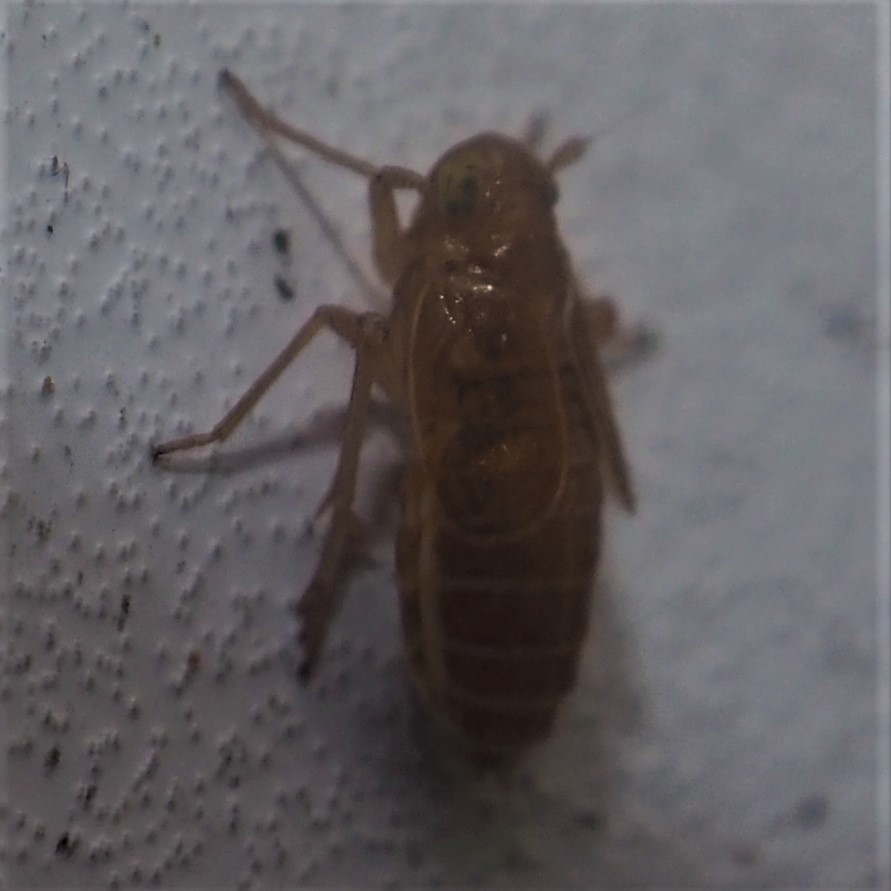
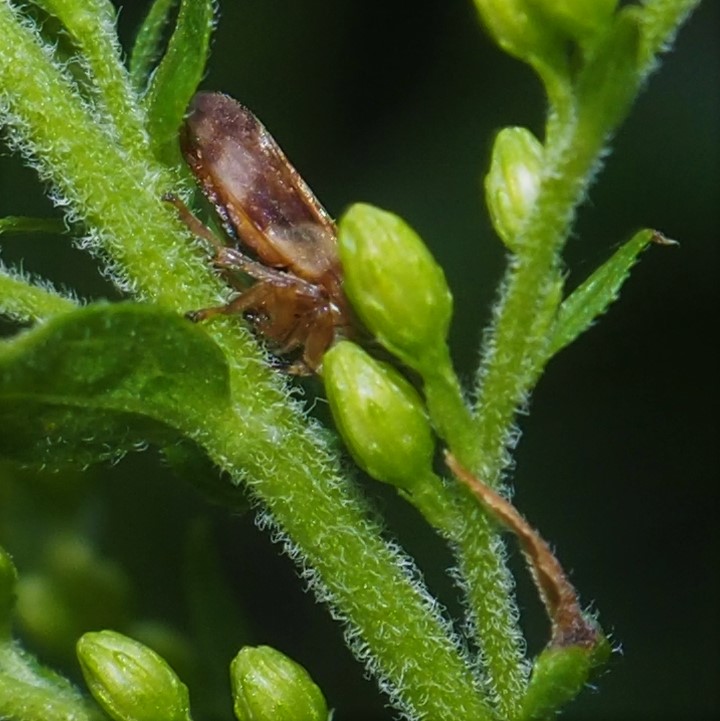
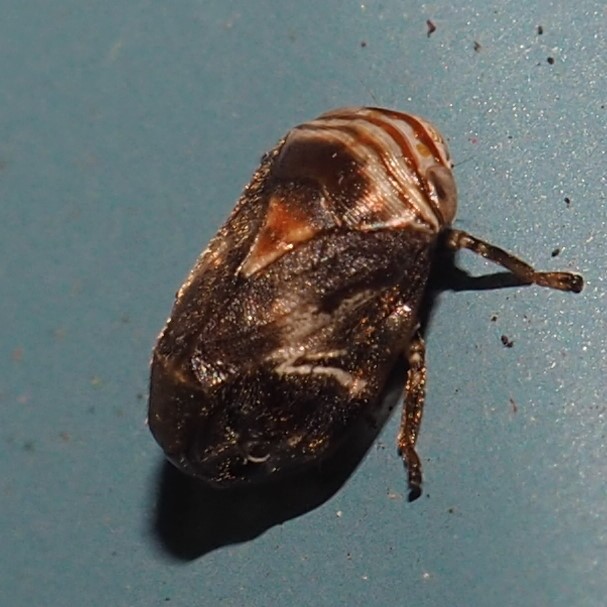
On to other Bugs. Here are a Stilt Bug and two views of one of the Lygus Plant Bugs.
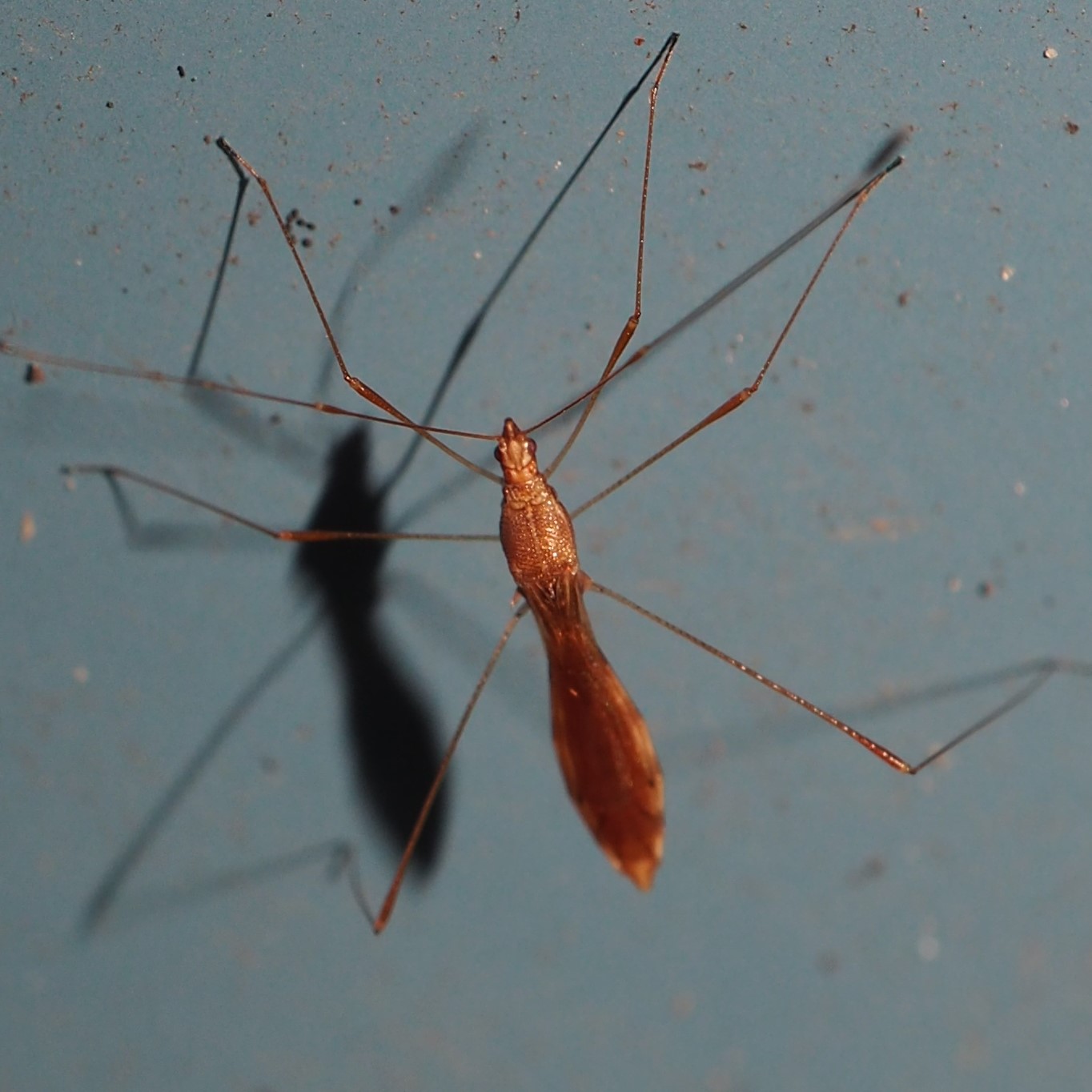

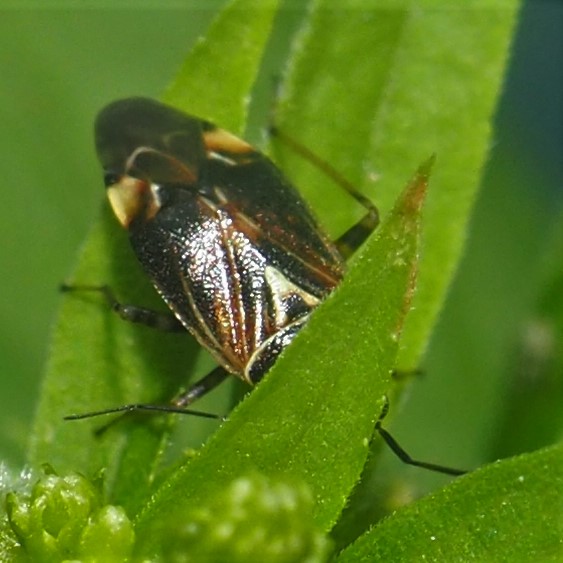
Another Lygus Plant Bug. In picture 2, the Bug's longest Antennal segment seems to be orangish-brown surrounded by black. And the one in picture 3 seems to have only one light central line from nose to collar and the rest of the thorax black. So there do seem to be a few differences among the representatives.
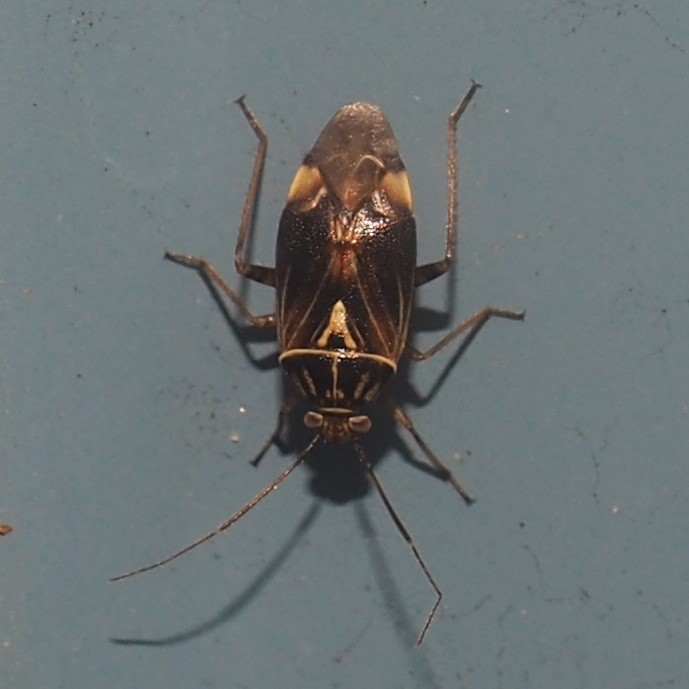
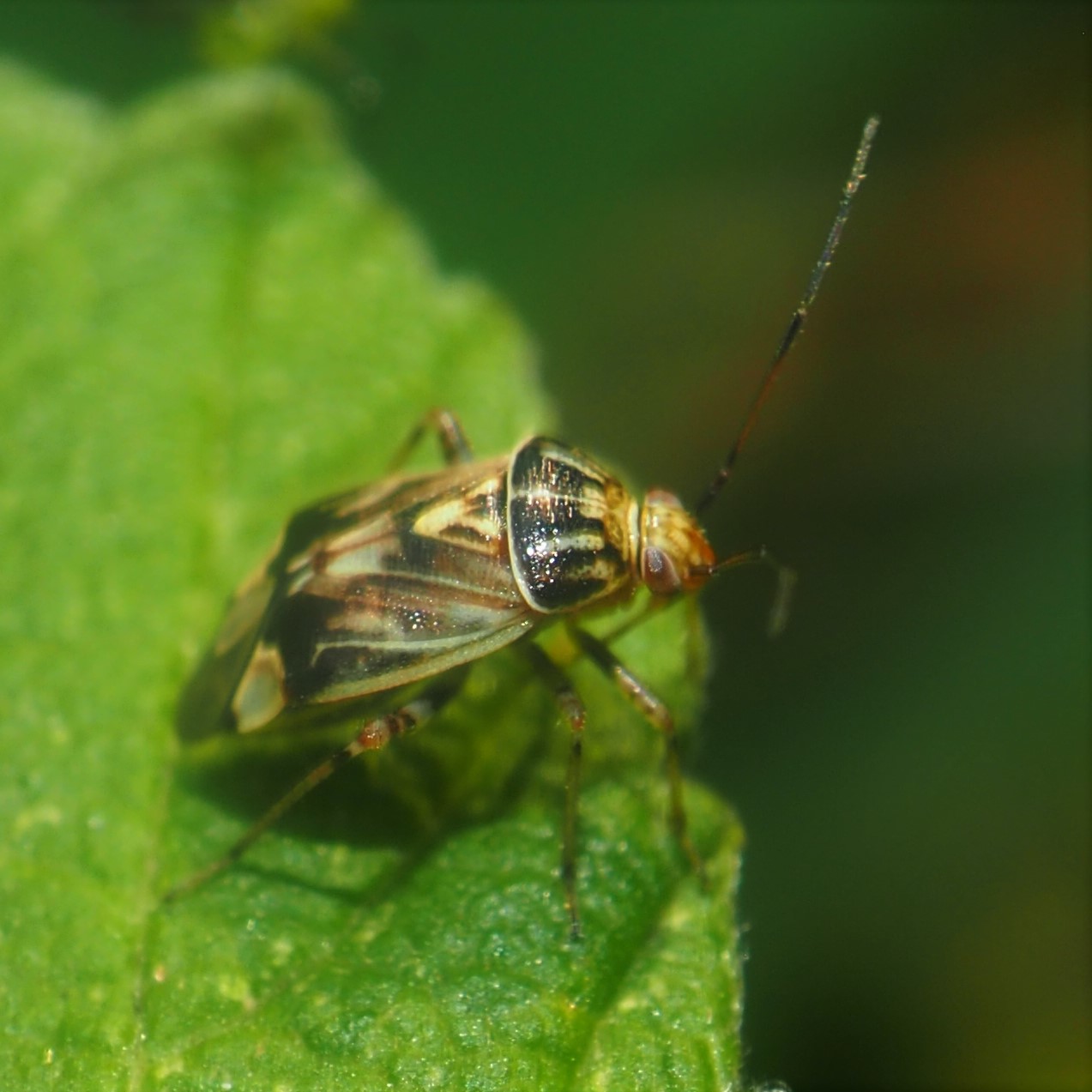
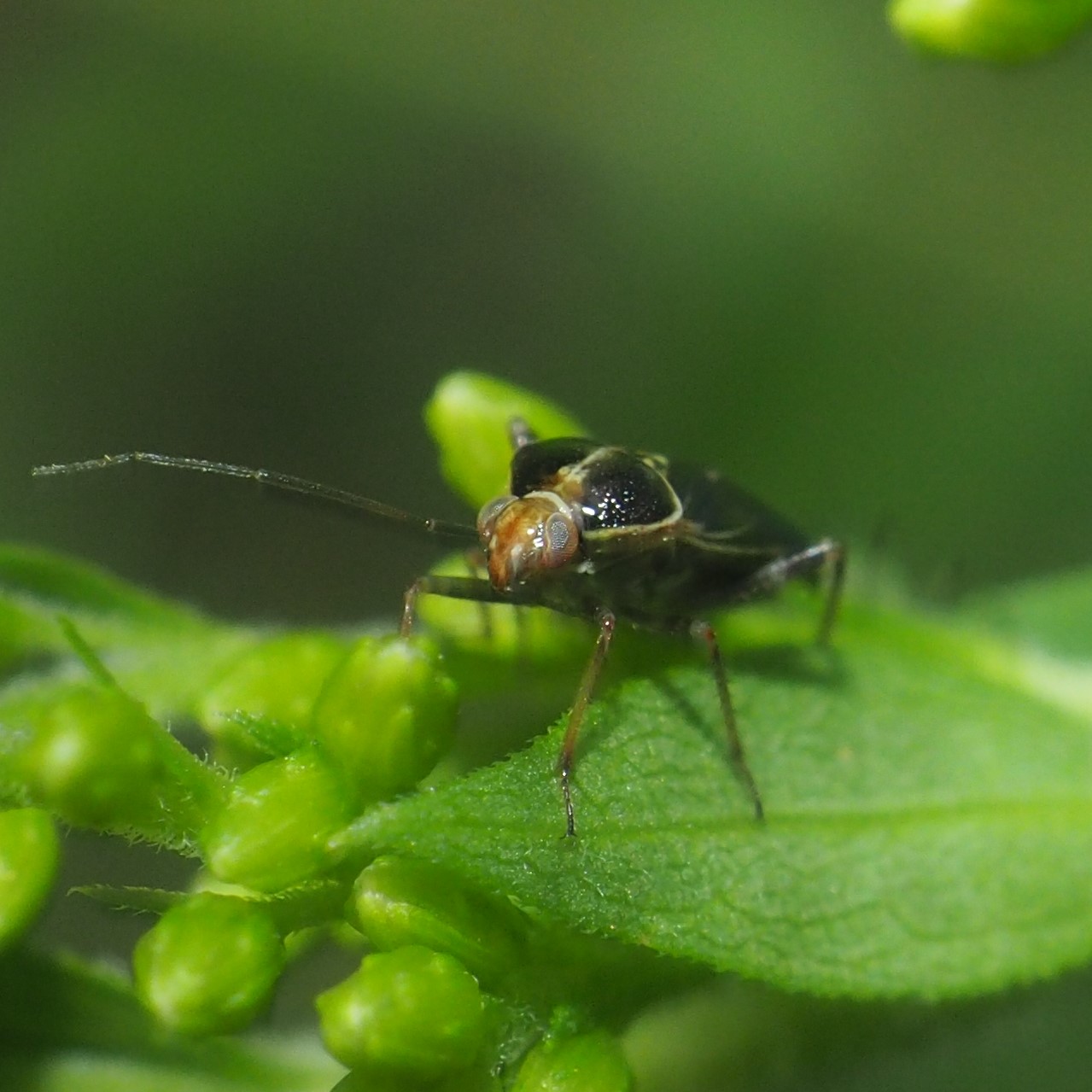
One more Lygus from August 29, and another bug which is probably also a Lygus. Third seems to be a pair of creatures in Doggy-position.
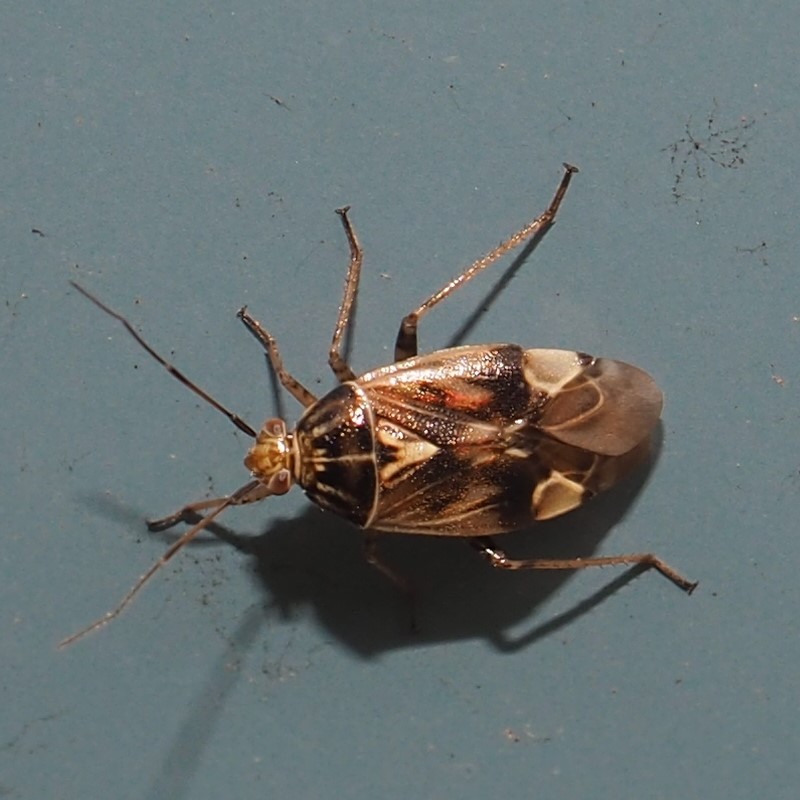
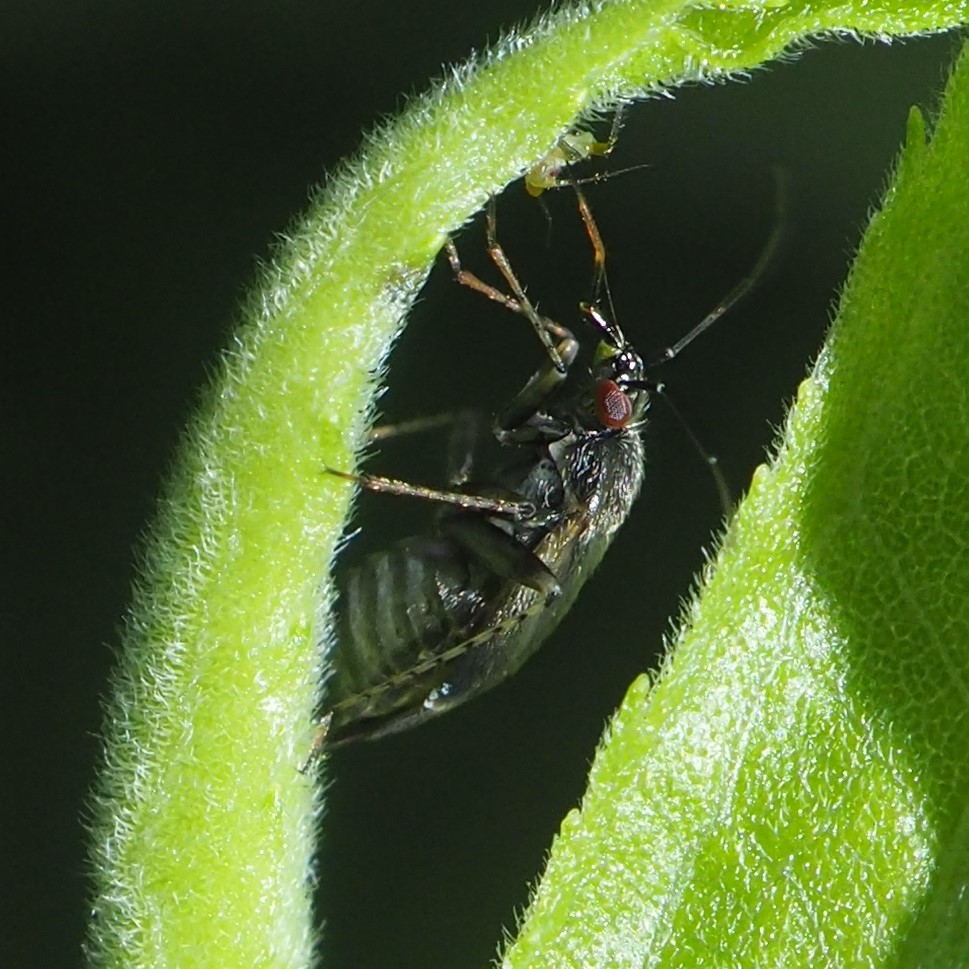
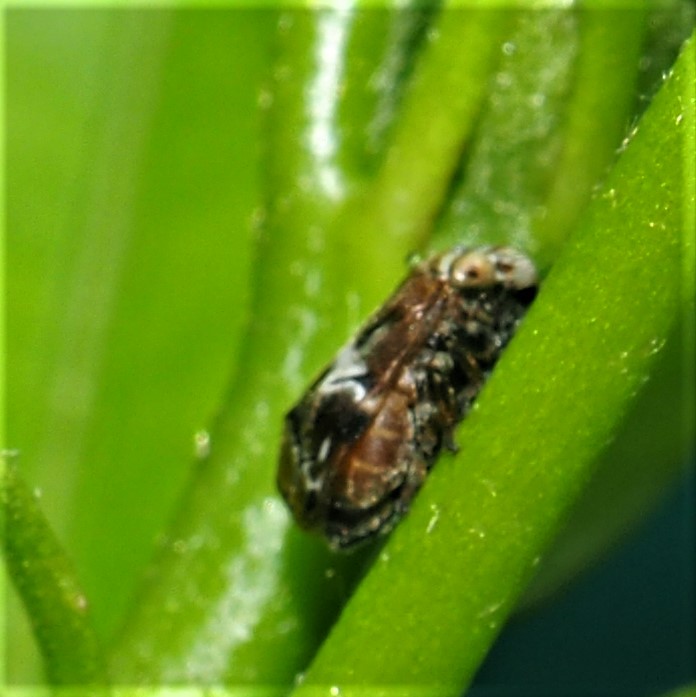
It was a good day for Stink Bugs. Here is one like the ones we saw before. Second is one that flung itself to the ground rather than posing for my camera. Third is a Spined Soldier Bug. At first I thought "Brown Marmorated Stinker", but then saw the spines on the "shoulders".
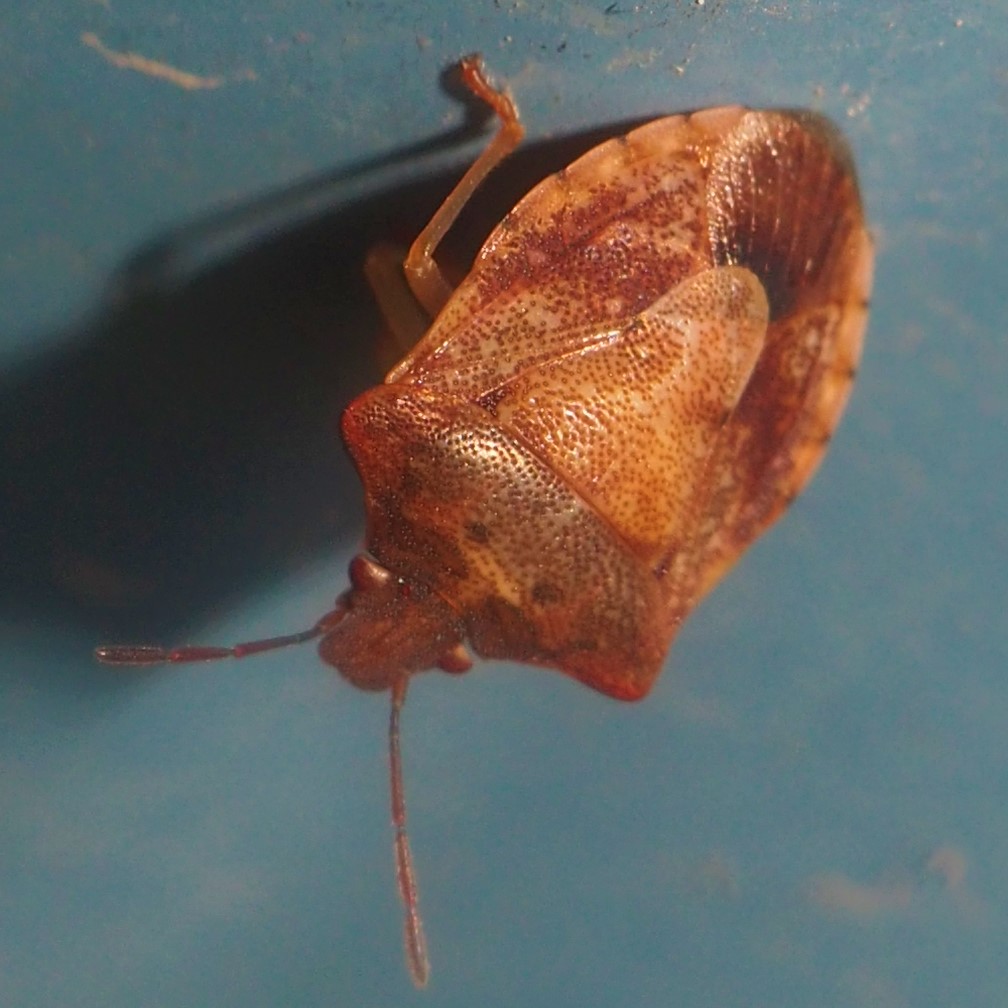
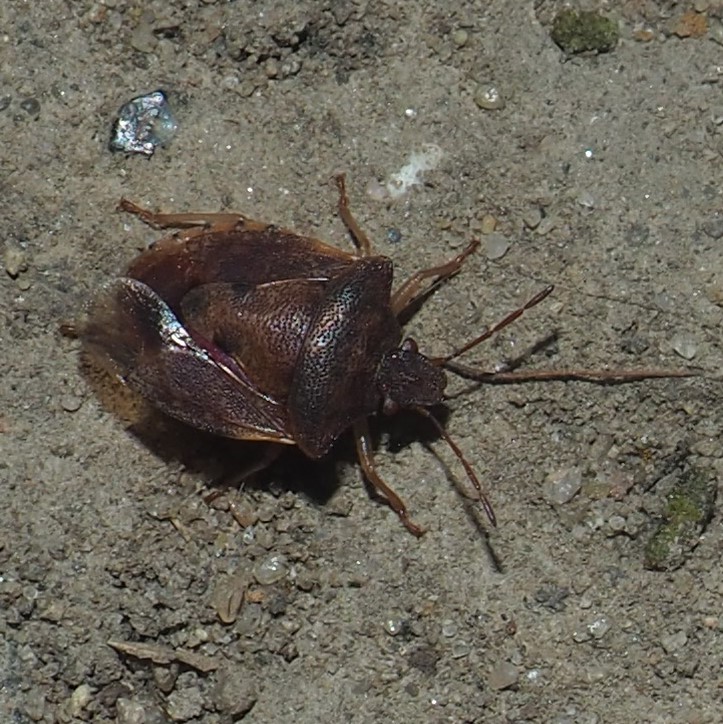
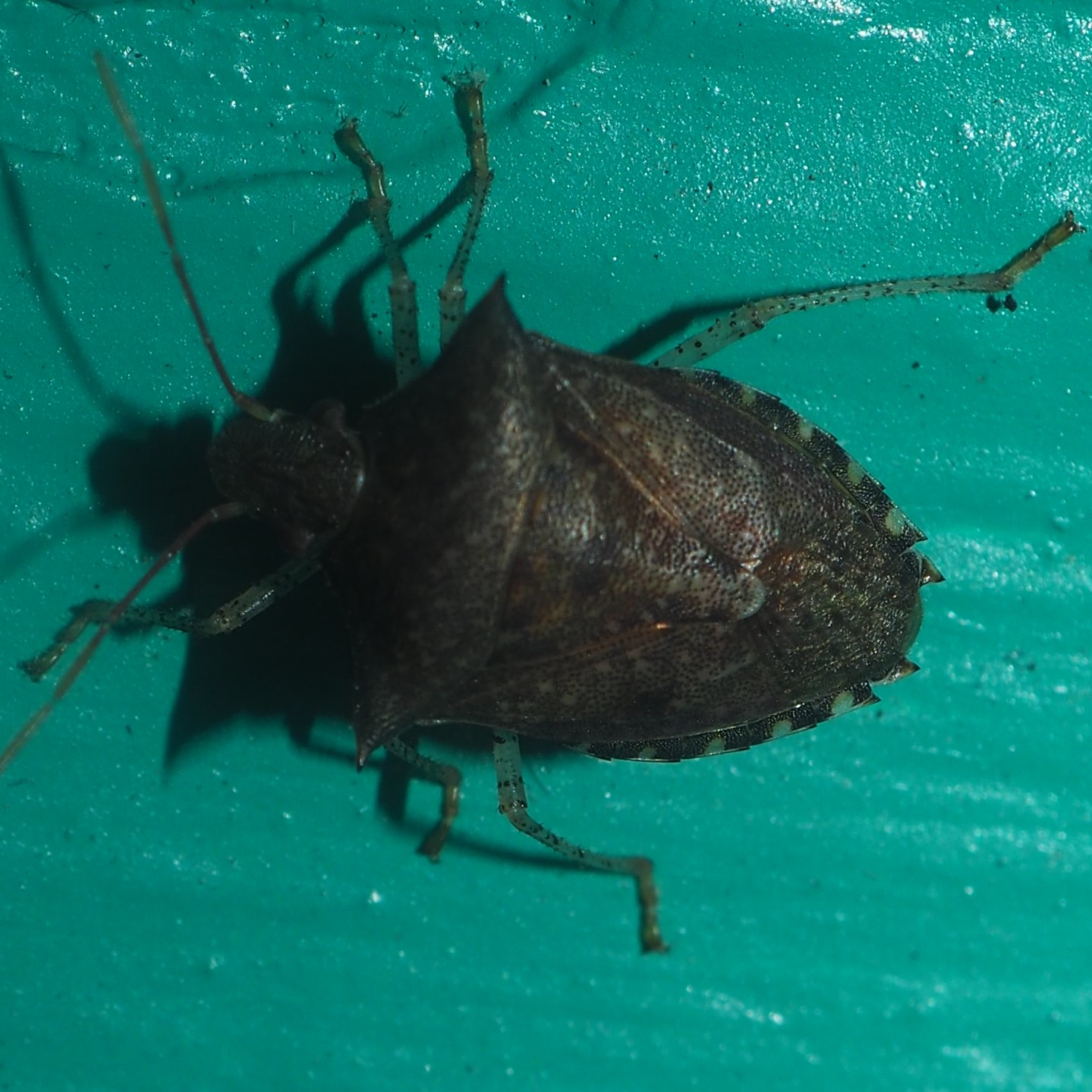
A few weeks ago, I saw a little Leaf-footed Bug nymph (picture 1). I remembered it somehow as being the nymph of Acanthocephala terminalis. This week the adult showed itself! In picture 3 you can see why it's called "leaf-footed".
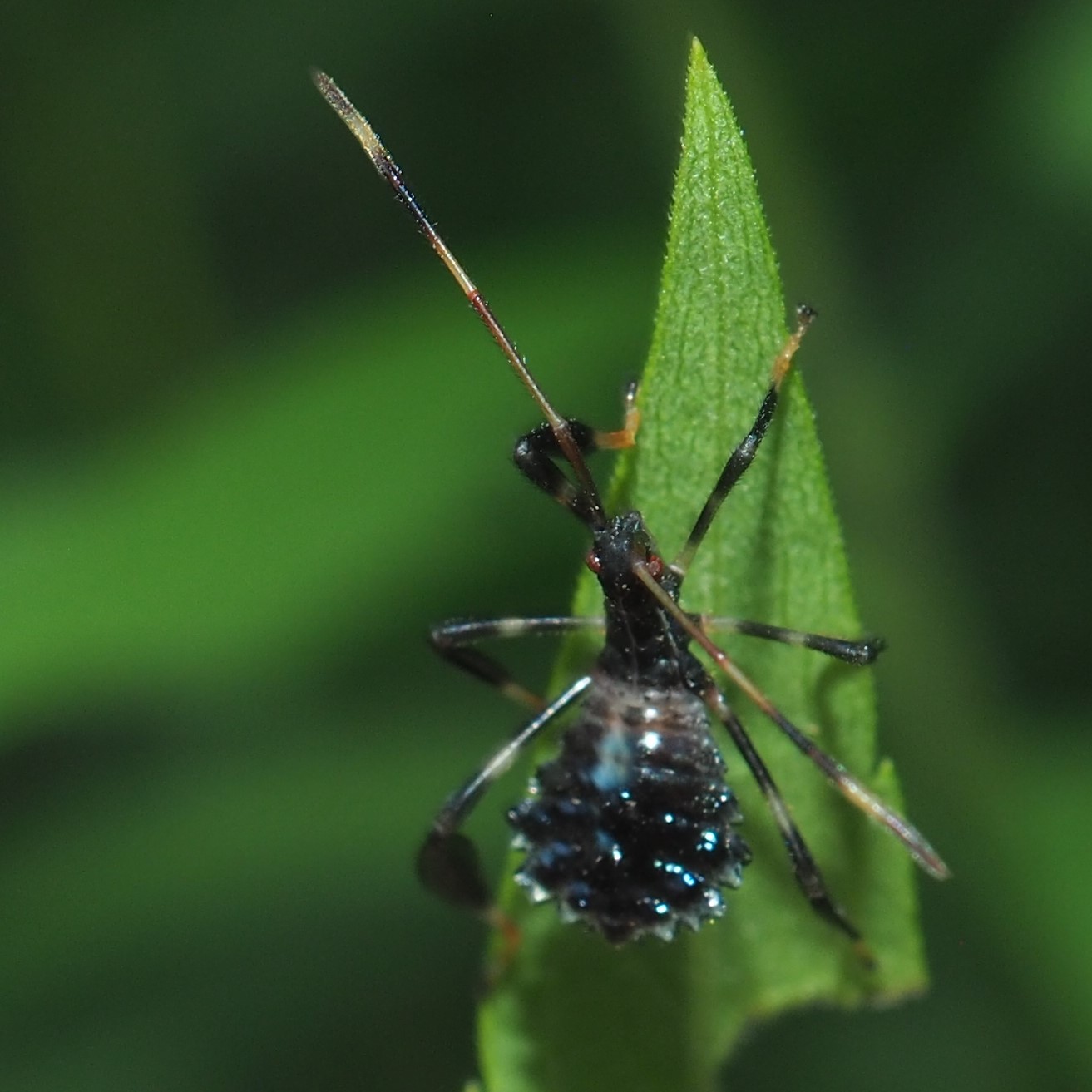
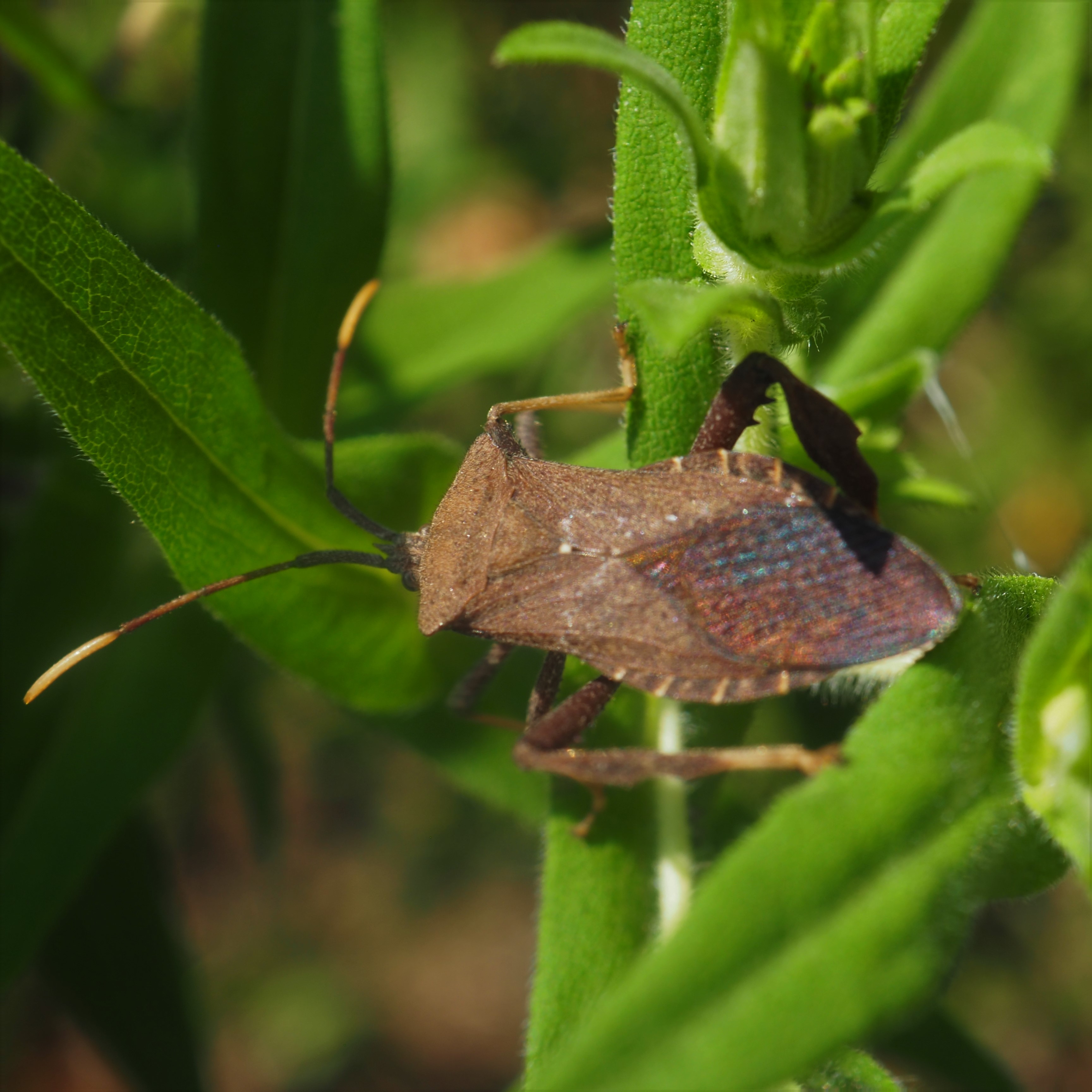
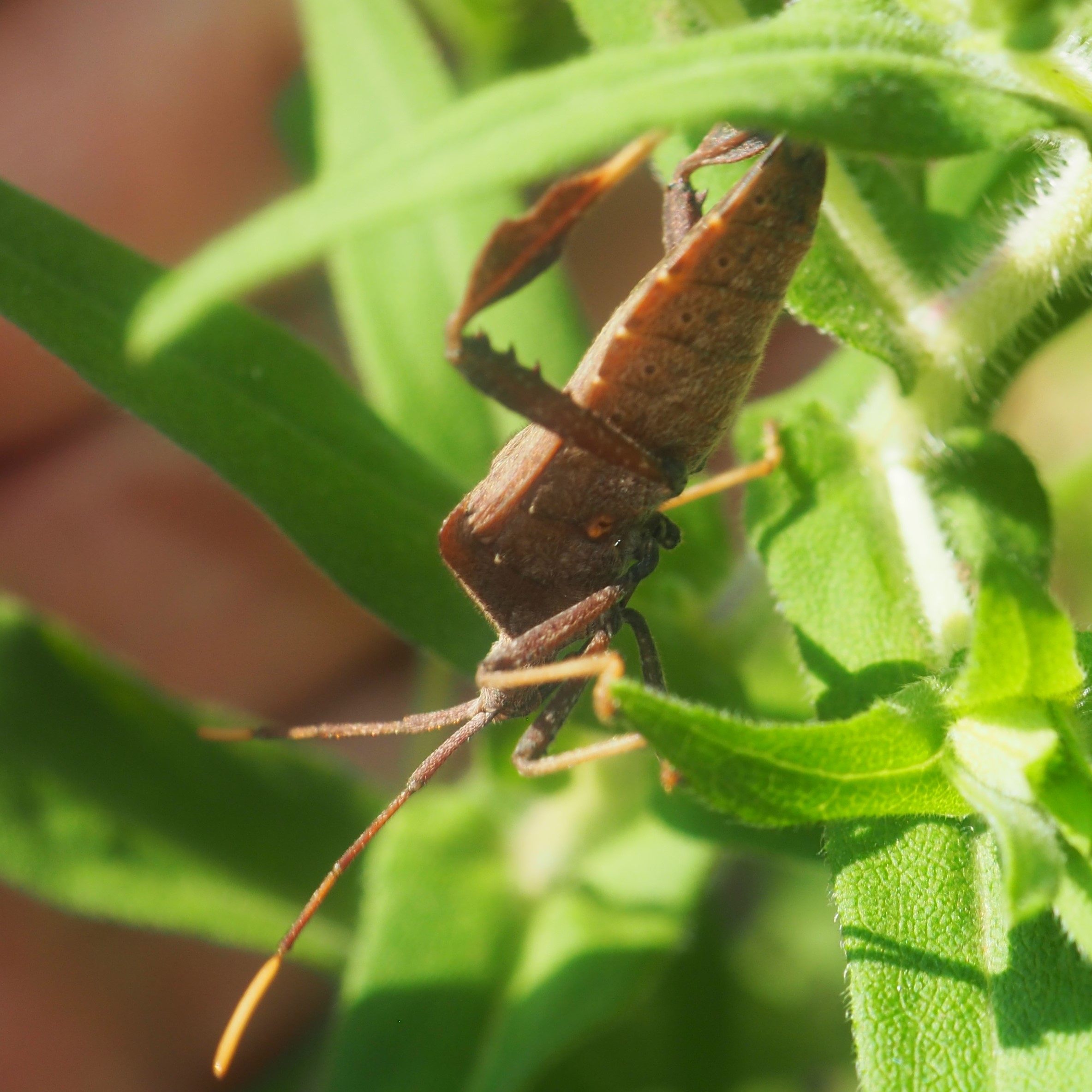
Here are a couple of Dragonflies: probably both are Meadowhawks, and possible Autumn Meadowhawks, though they seem a bit petite for that.

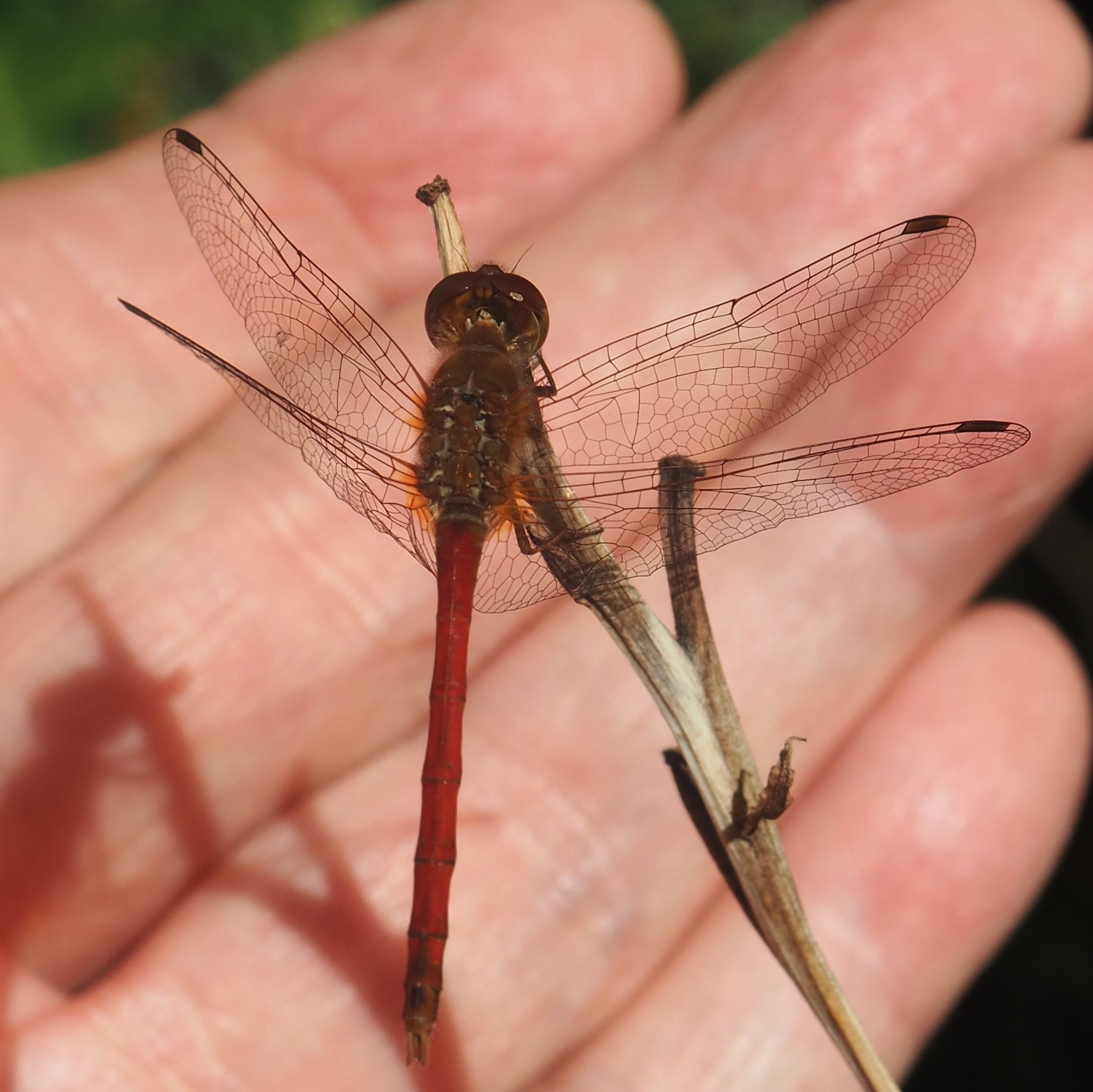
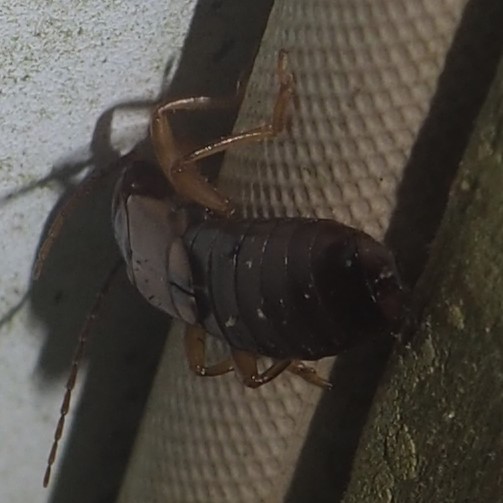

The fishes are doing all right if I top up the water in the pond twice a day. In the shallows, I get a chance to admire the up-and-coming baby fish. They show some color, which I can enhance in the editor.
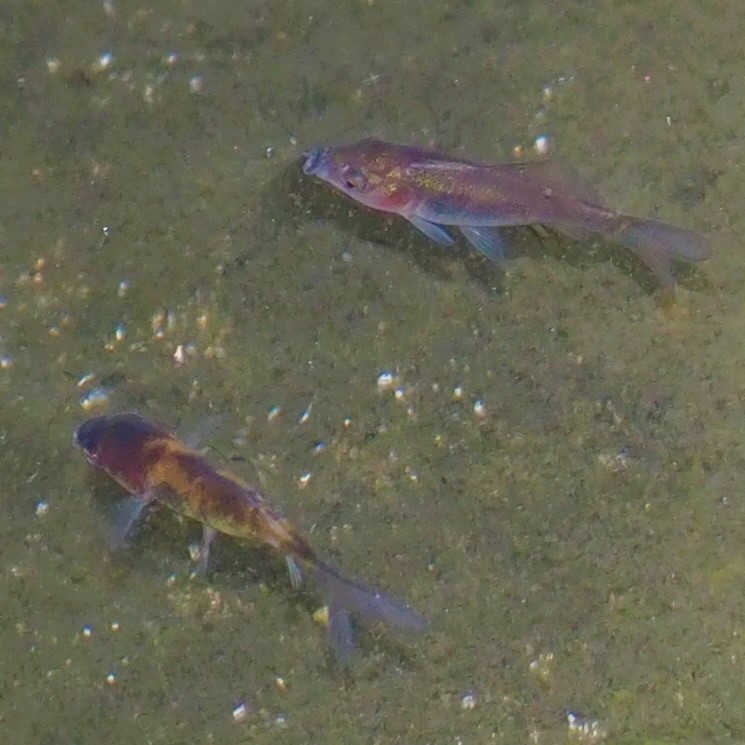

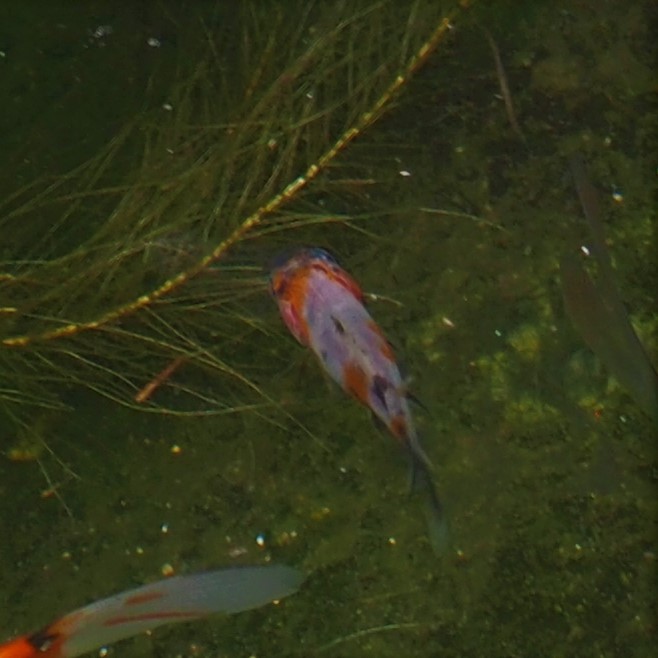
Now to the Flies. There are so many different kinds of Flies. The other day my neighbor Christi Vaughn brought me this huge Crane Fly. It is Tipula metacomet, cousin to the Giant Crane Fly. I suspect the size isn't much different - this thing was a monster! A lovely monster. Then from the huge to the tiny, here is a Fruit Fly. The third, Minettia lupulina, one of my favorite for its color combo, is one of the Lauxaniids and so is the fourth.
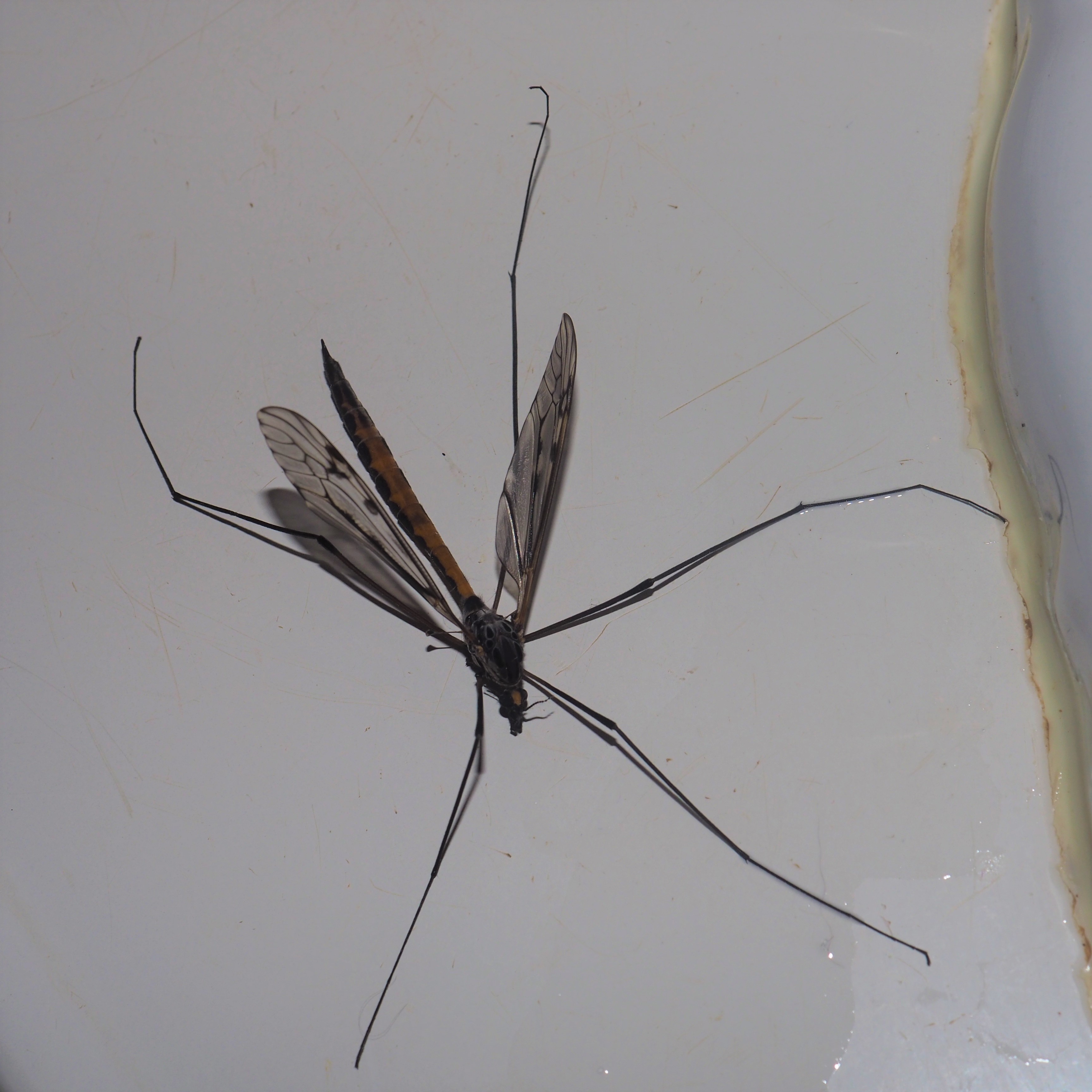
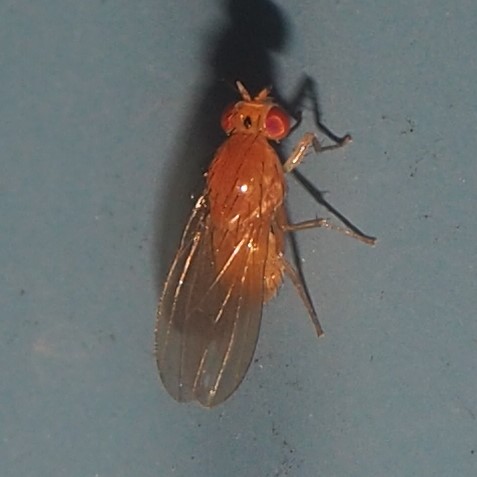

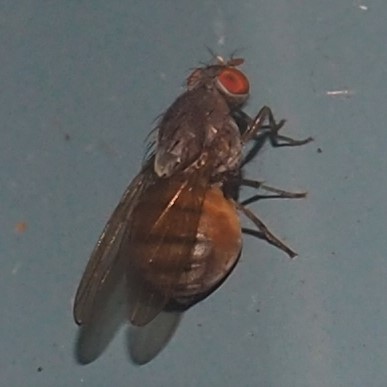
Here are three "mystery flies", meaning I don't recognize them.
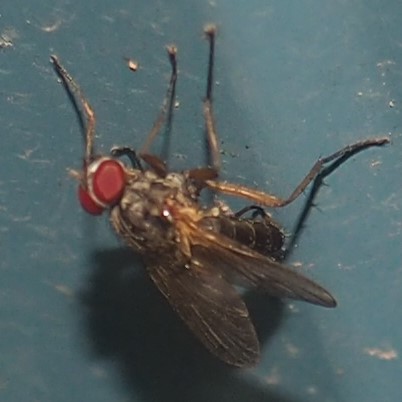
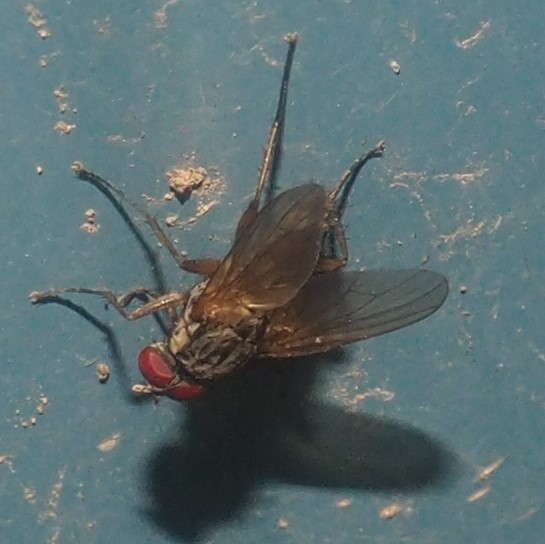
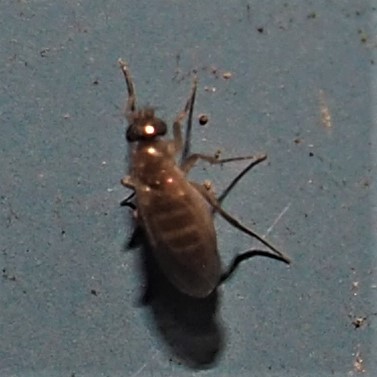
Here is another mystery, three different views.
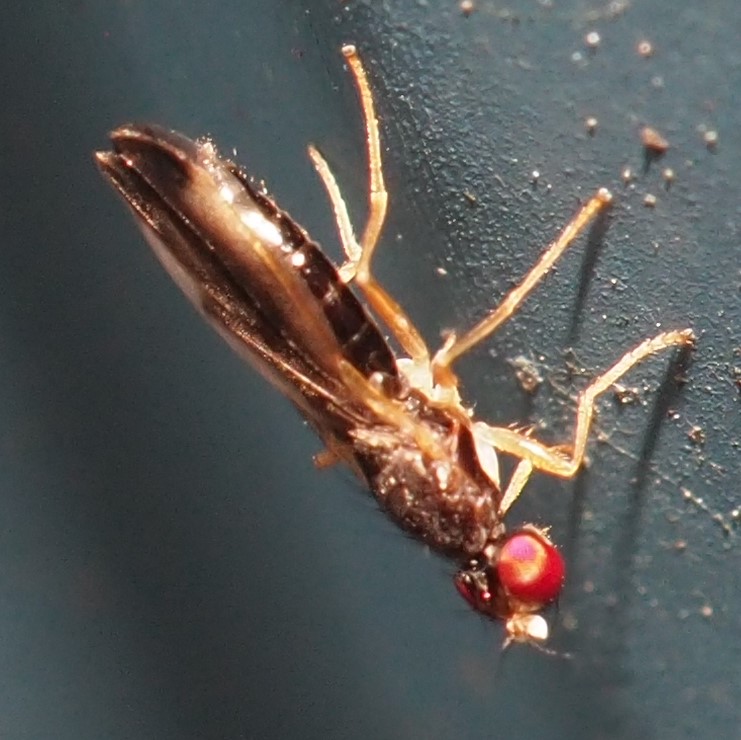

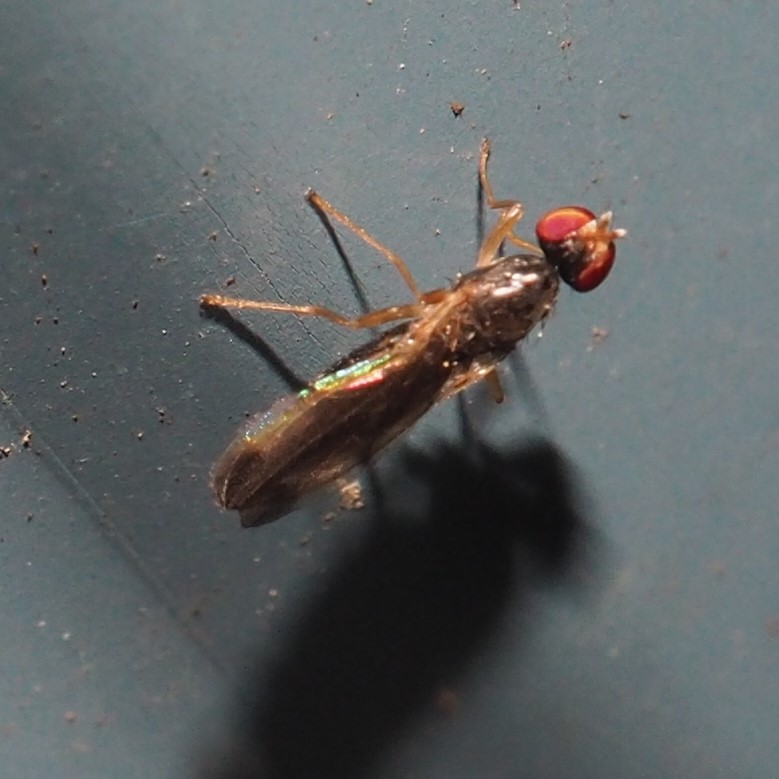
The Smoky-winged Woodlouse is still here. For months you don't see one and now you see at least one a week. Next is some kind of hairy Fly that looks like lots of other ones. Third is a gall midge.
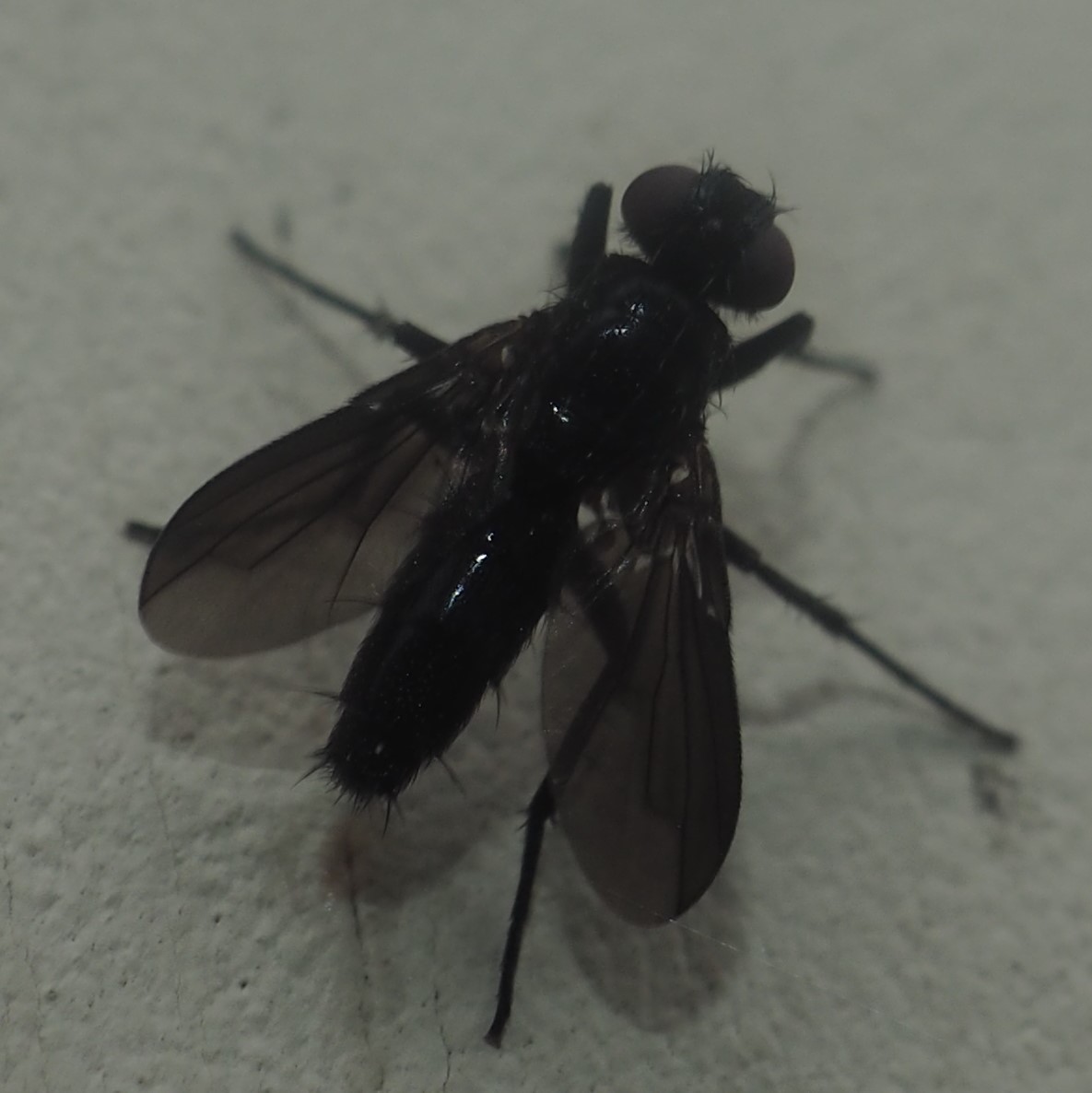
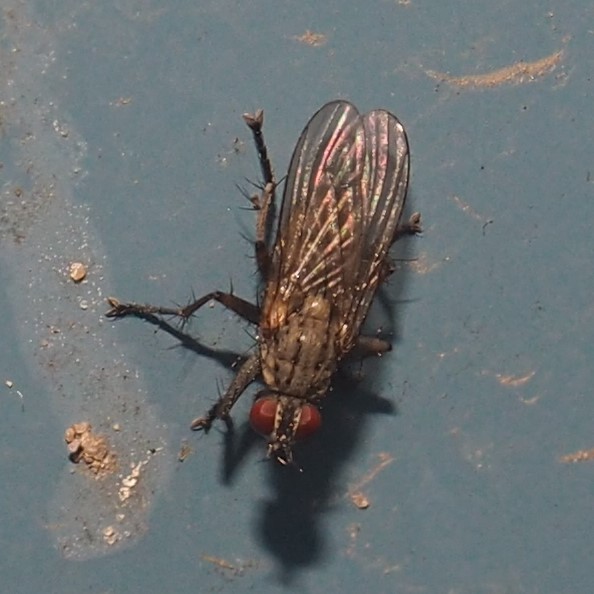
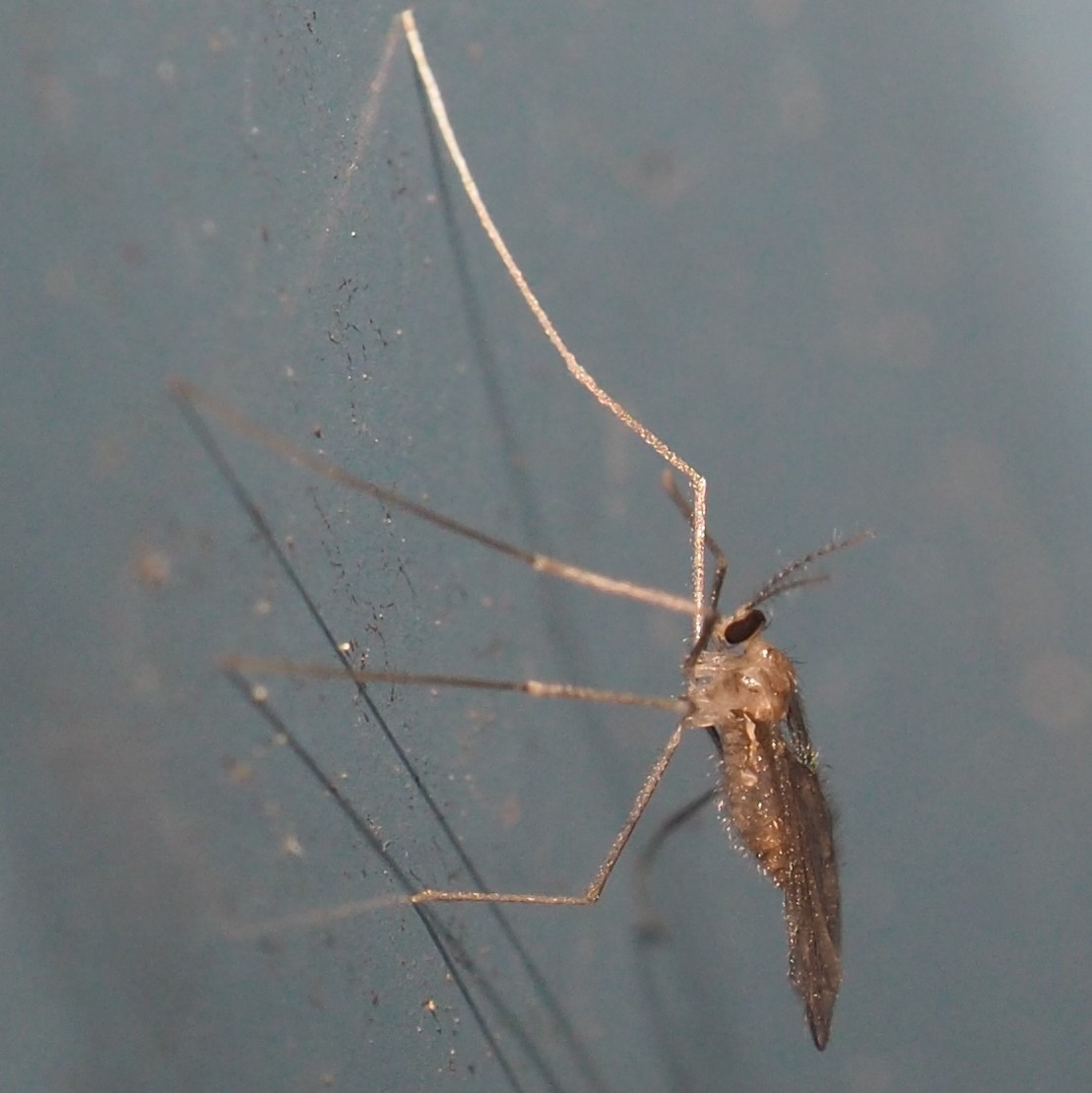
With the ripe goldenrod (as with the Goutweed) come the Hover Flies. Here is a tiny one. This thing I had called a Caterpillar when I submitted it to iNat. Both Matt Claghorn and K8thegr8 renamed it to Hover Fly. Third is what I think is a Hover Fly Pupa, from the other Hover Fly I had around here munching Aphids. We must watch and wait.
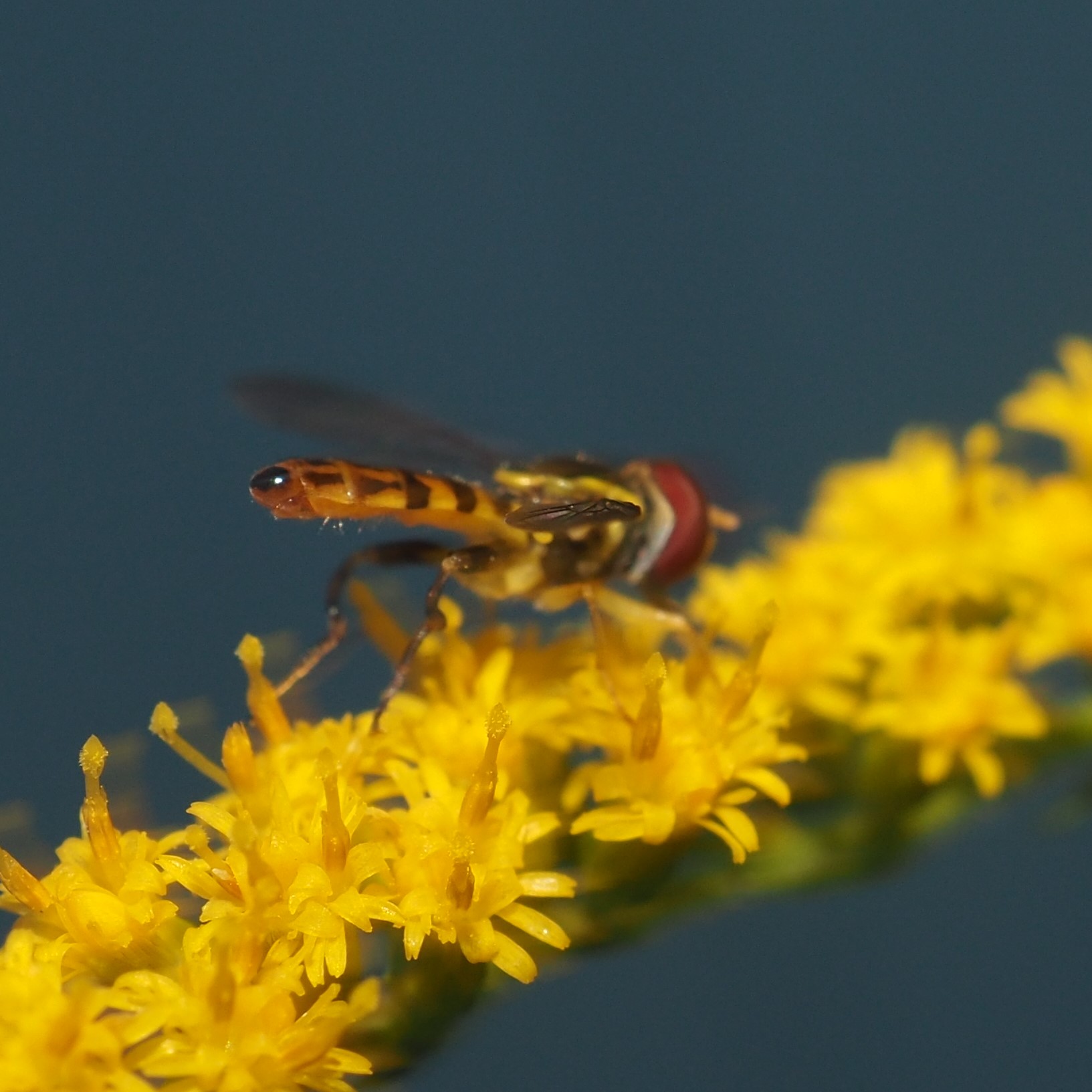
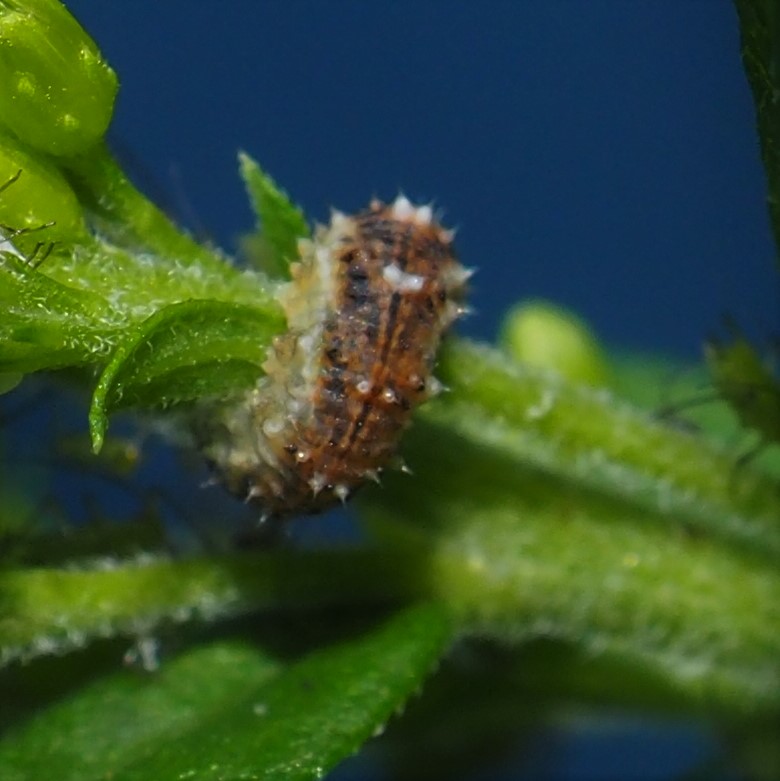
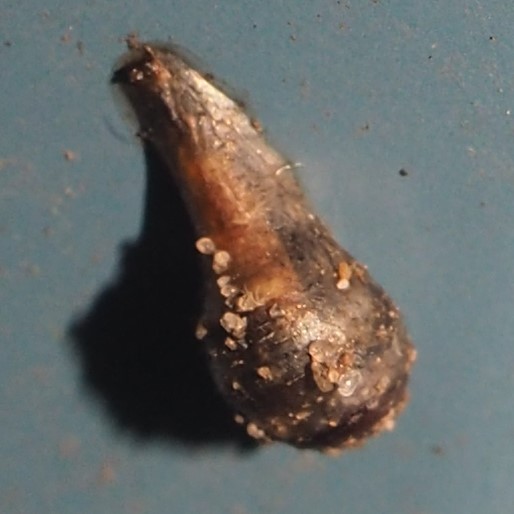
Here are some of our hungriest Mosquitoes. First looks to be Anopheles quadrimaculatus. The second also. Third is the Asian Bush Mosquito. Fourth is a male with pretty green eyes, and I don't know what it is.

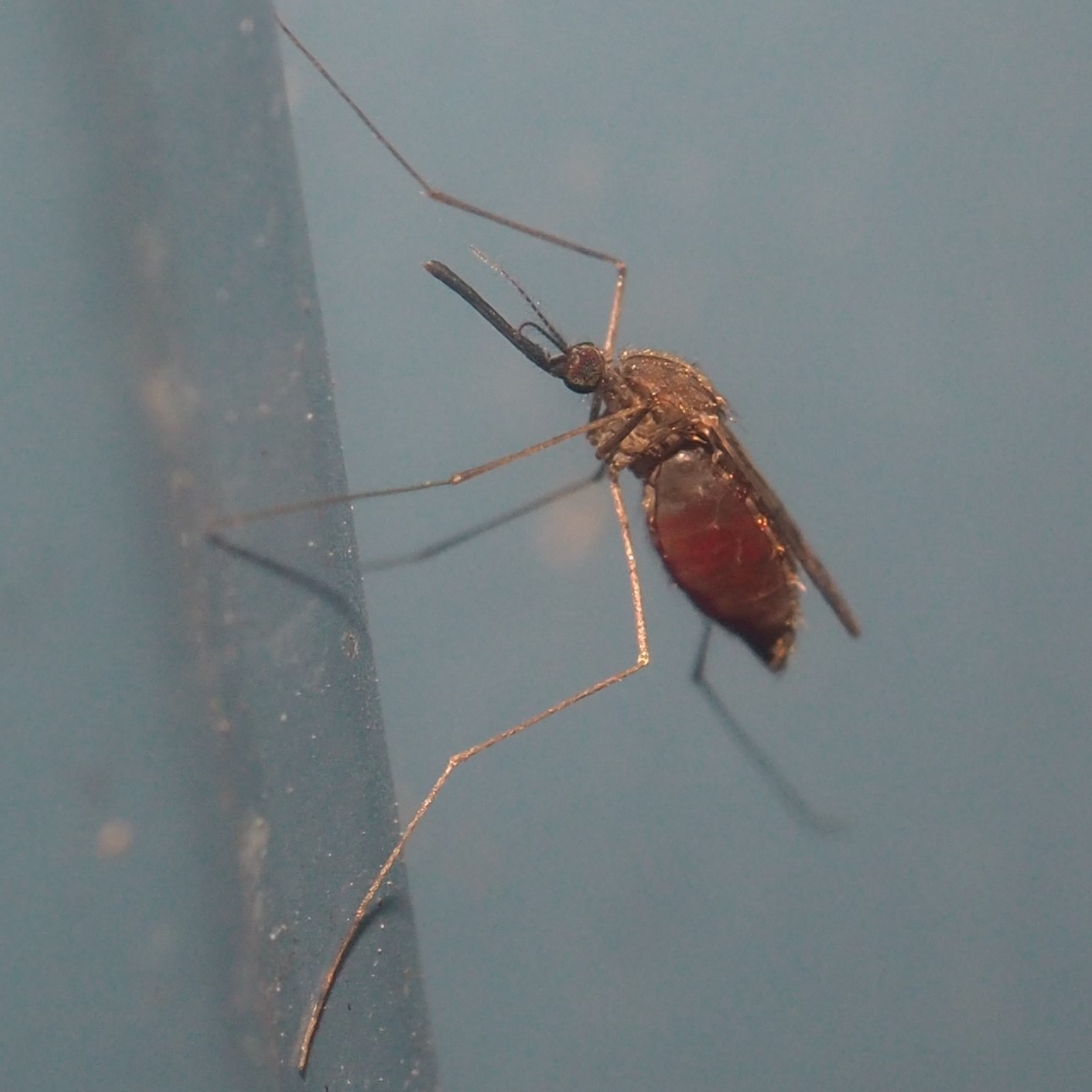

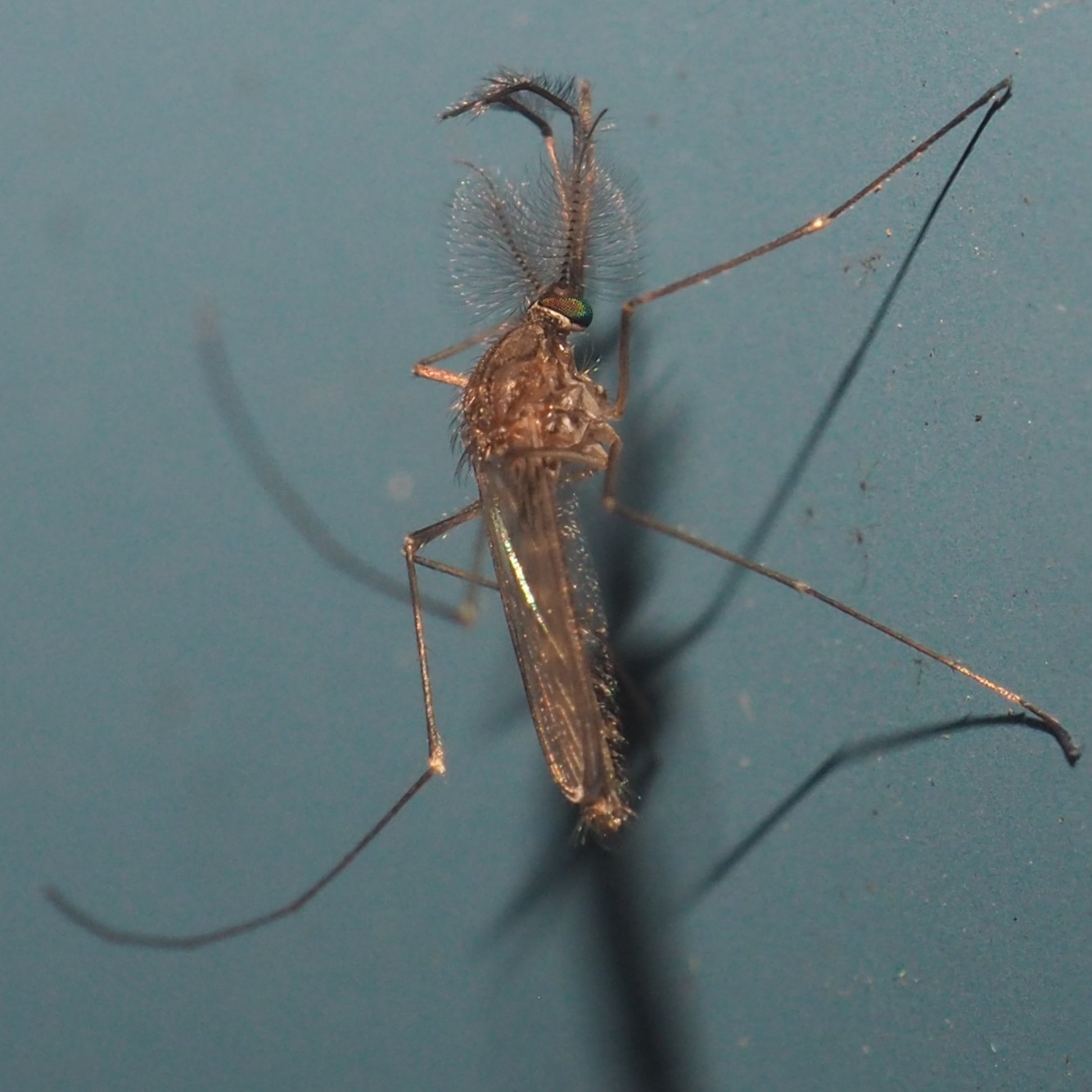
Maybe it's time for some pure old Flower Power. For its size, the Deptford Pink packs a Hot Pink wallop. The Japanese Anemones are finally blooming. And the New England Asters are budding up.
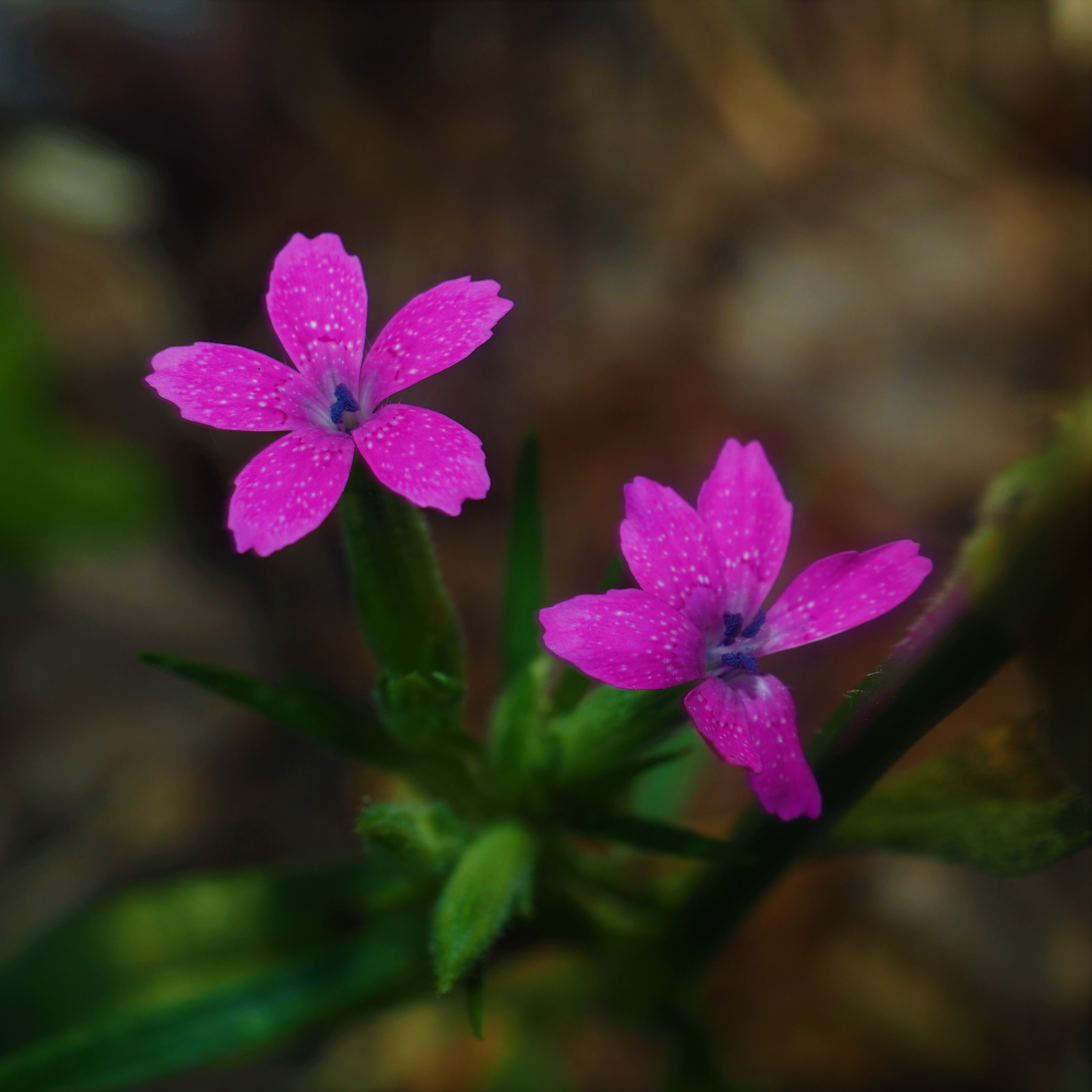
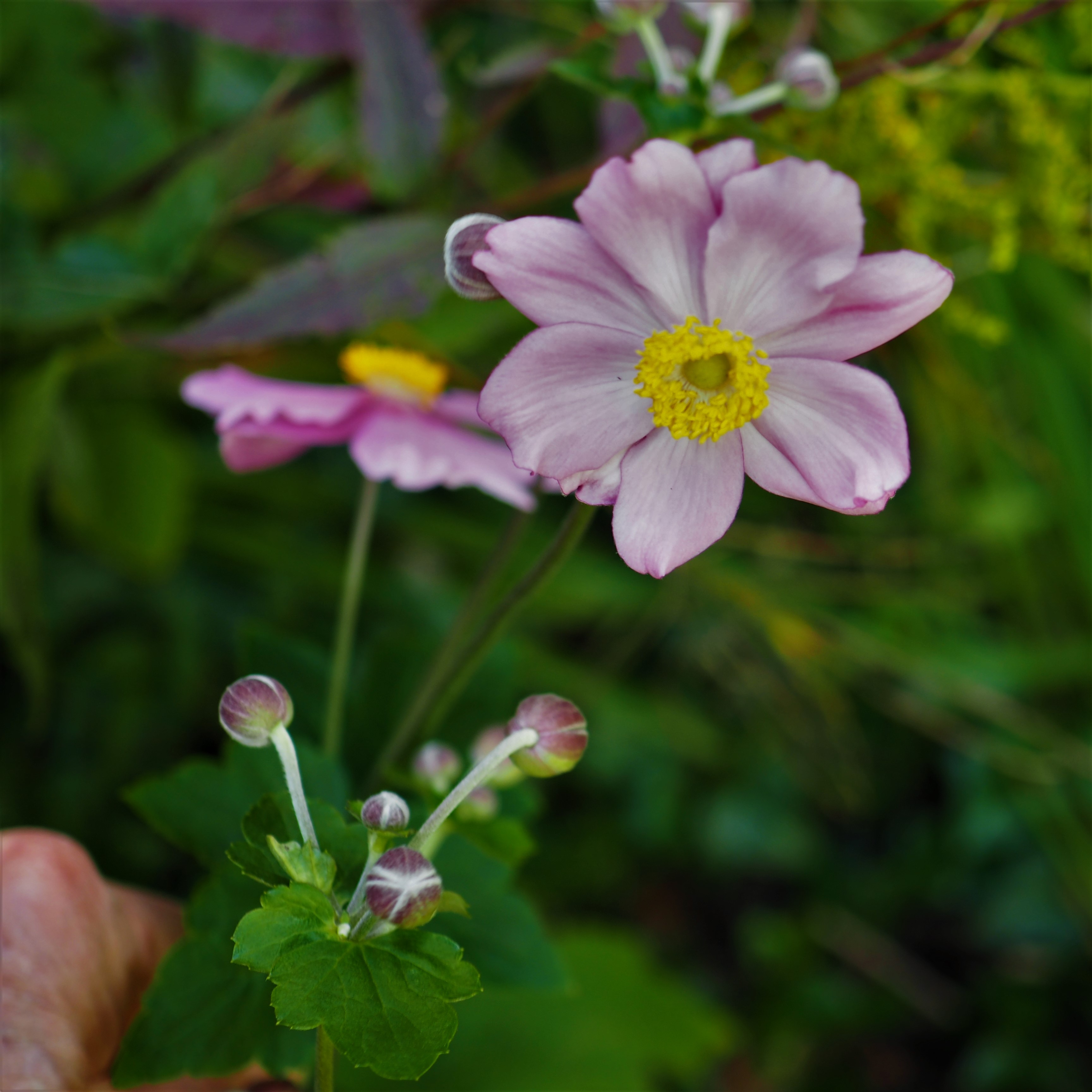
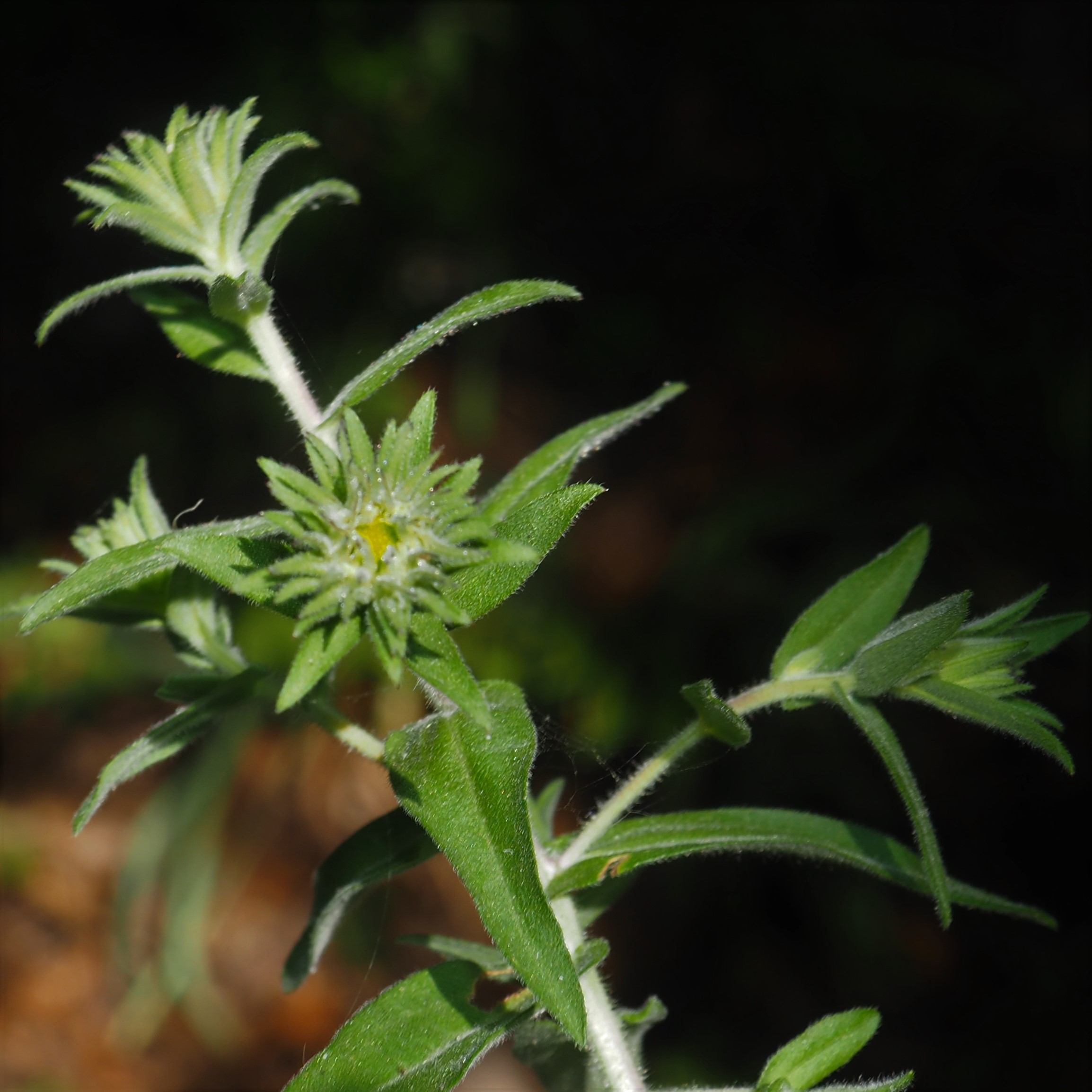
When the Goldenrod is blooming, Critters come calling. It's hard to find a handful of Goldenrod innocent of visitors. The Water Lilies keep blooming despite the need to keep filling up the shallow end of the pond. And the cultivated Phlox is finishing with a grande finale.

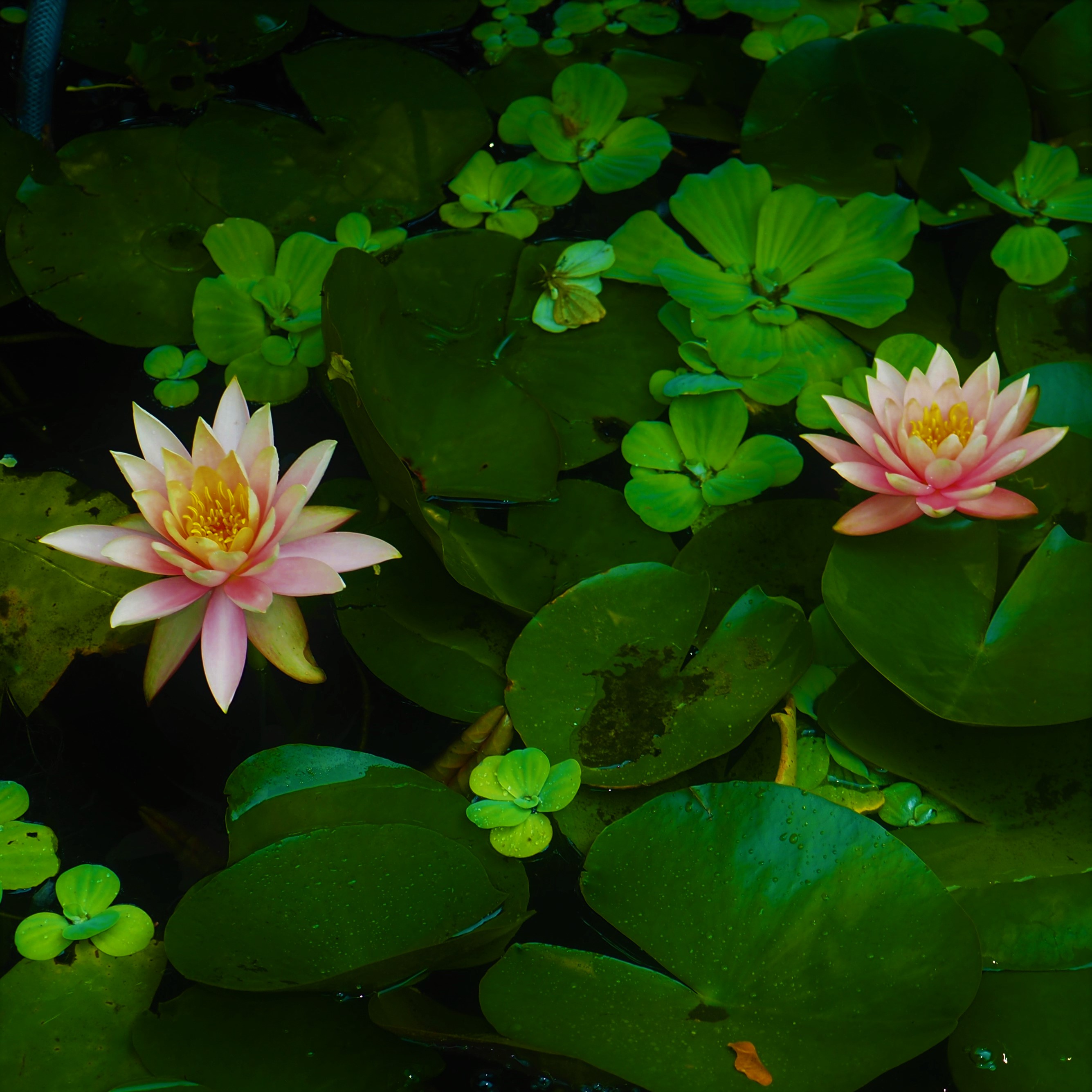

The Spiderwort won't give up! The Fall Phlox will, but hasn't yet. The tall Common Evening Primrose just keeps getting taller and taller.
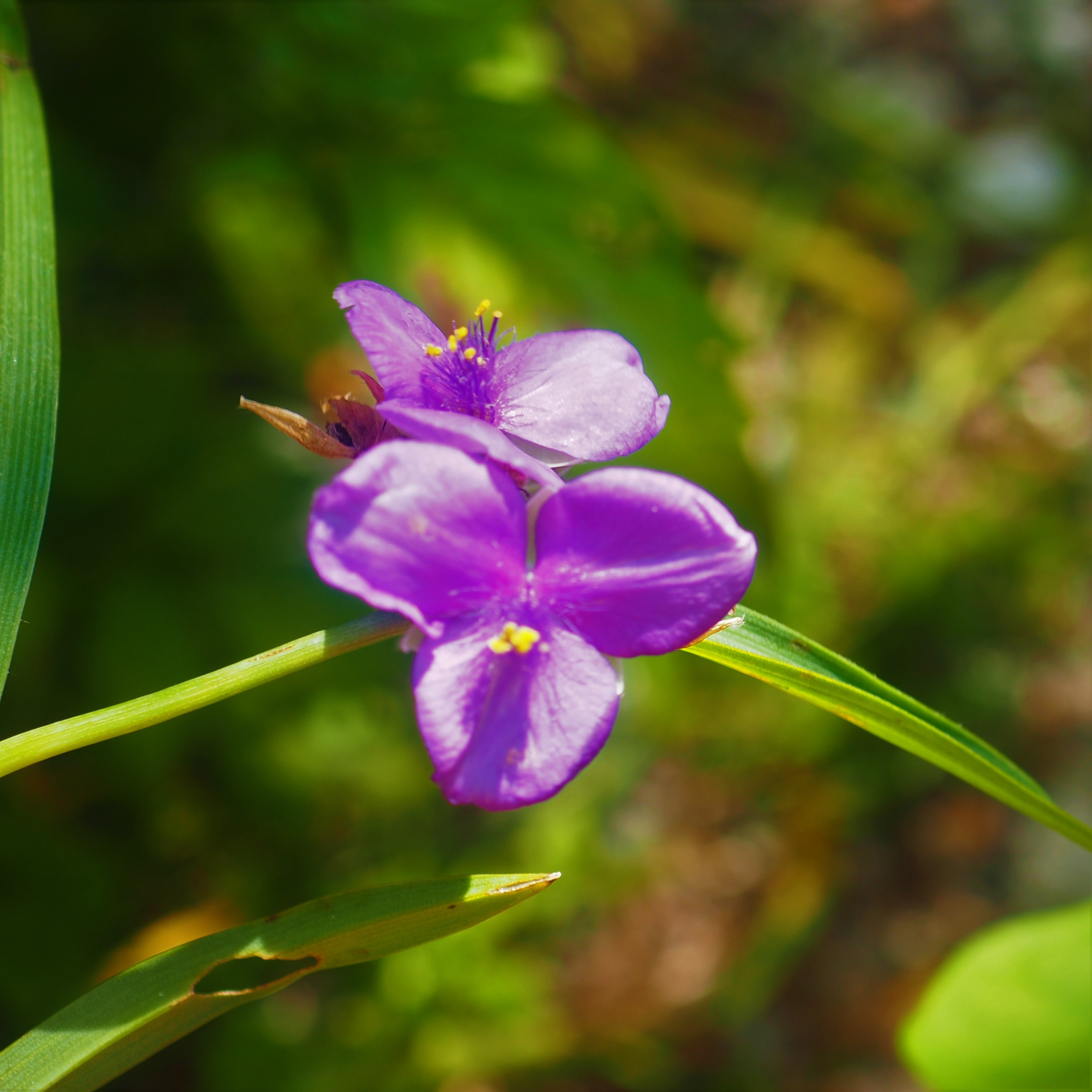
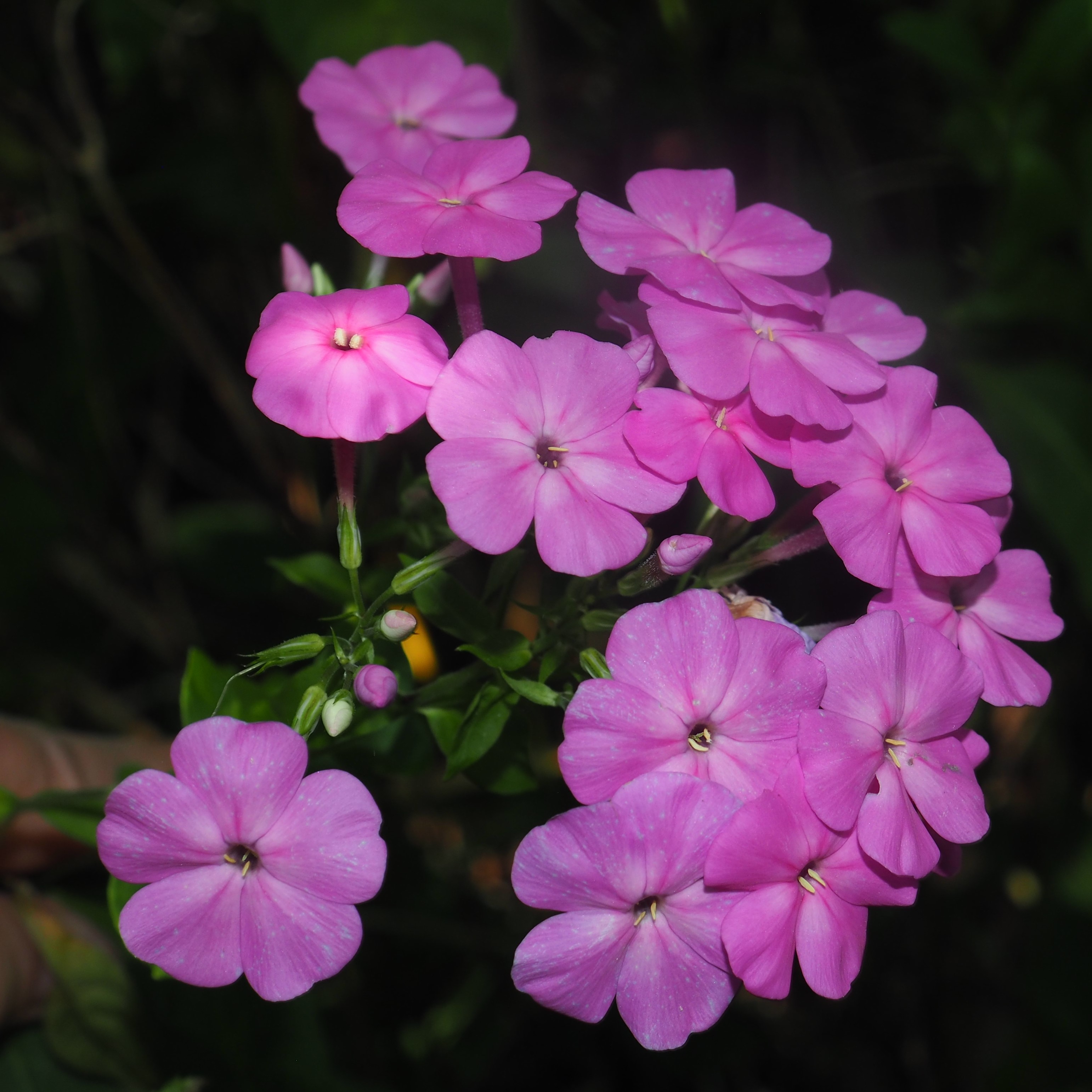
 Let's look at the Moths. Here's the biggest one of the week - about an inch and a half. The second one is the Oblique-banded Leafroller Moth (Choristoneura rosaceana).Pavlovski's Monopis Moth (Monopis longella).
Let's look at the Moths. Here's the biggest one of the week - about an inch and a half. The second one is the Oblique-banded Leafroller Moth (Choristoneura rosaceana).Pavlovski's Monopis Moth (Monopis longella).
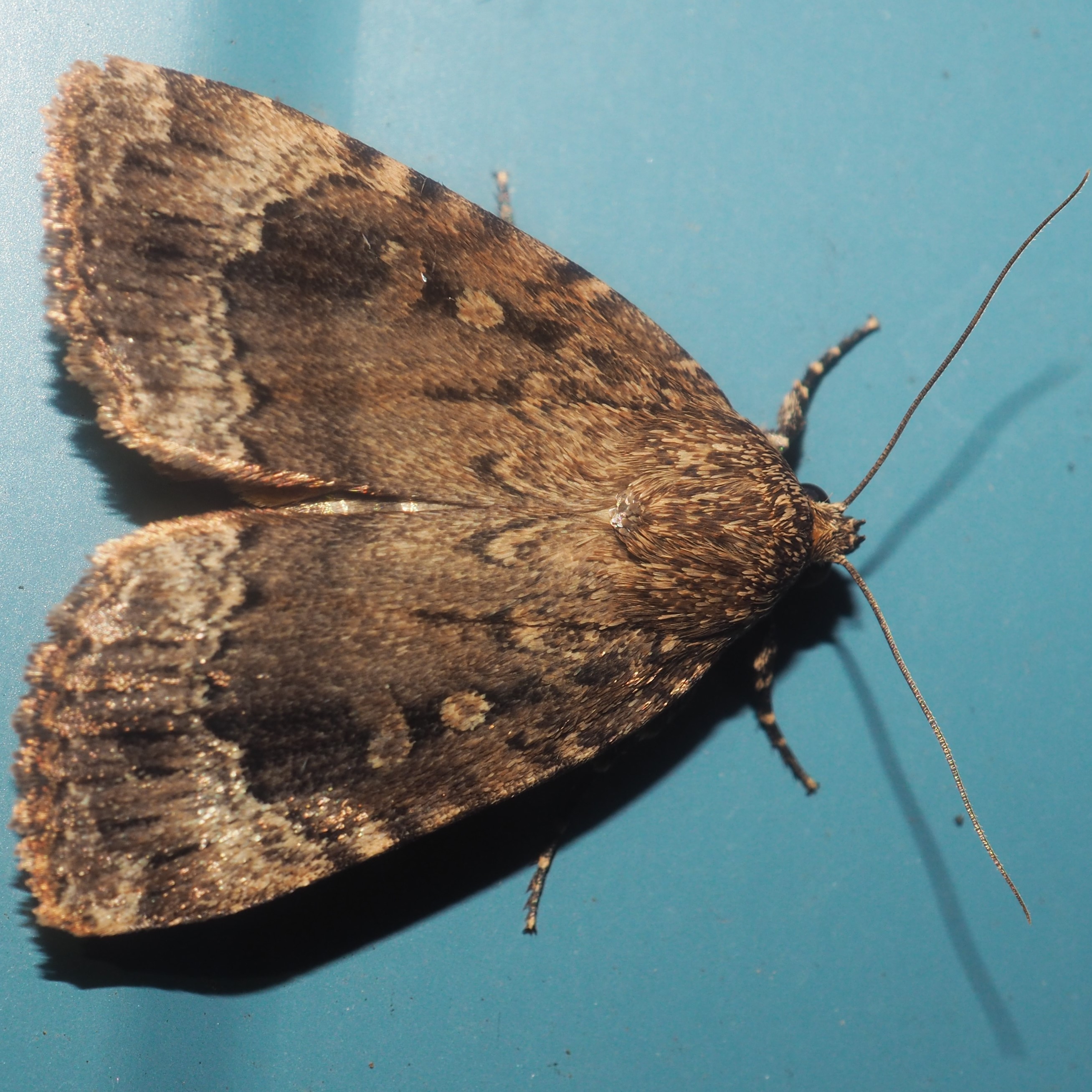
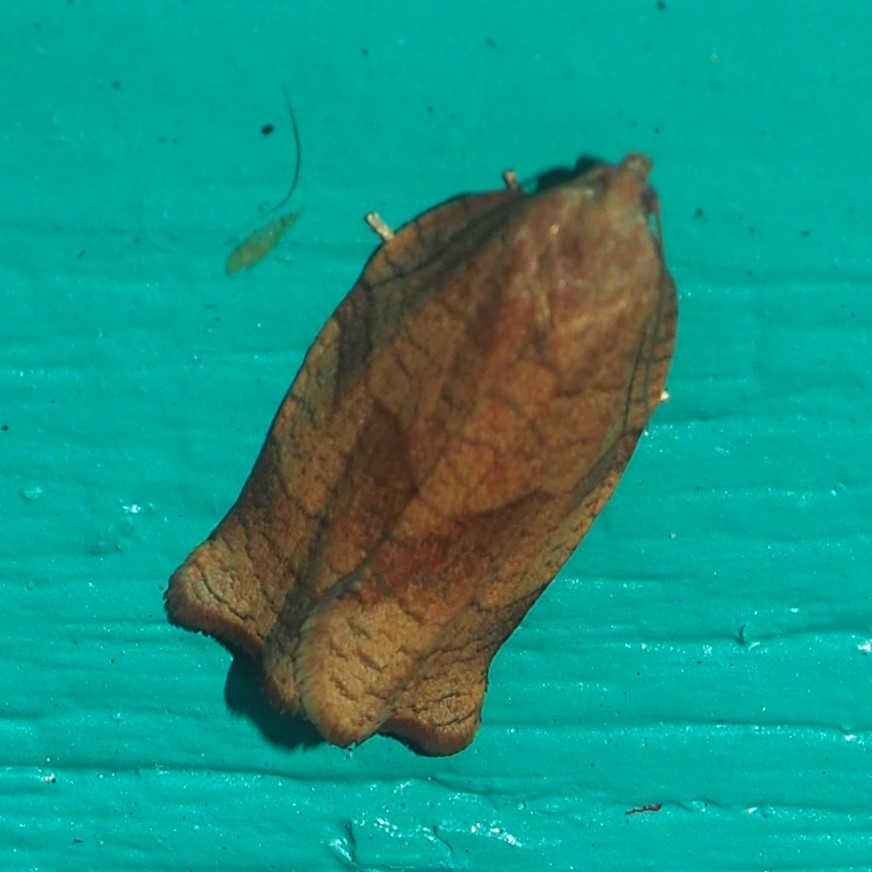

This first tiny Moth is the Skullcap Skeletonizer Moth (Prochoreutis inflatella). Second is the Porcelain Grey, which we've seen many times. Third is the minuscule Norway Maple Pygmy Moth.


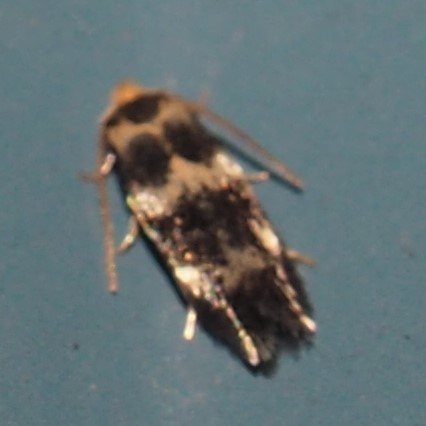
We do have a few Orthopterans. I'm waiting for the news to come in about the first one. Second was taken in the Hibiscus by the light of the Porch Light. @nan-cee identified it as a Narrow-winged Tree Cricket. I thought the wings were quite wide as cricket wings go, but hey. The third one is Scudder's Jumping Bush Cricket. The fourth Grasshopper will probably come through as a Short-winged Grasshopper.
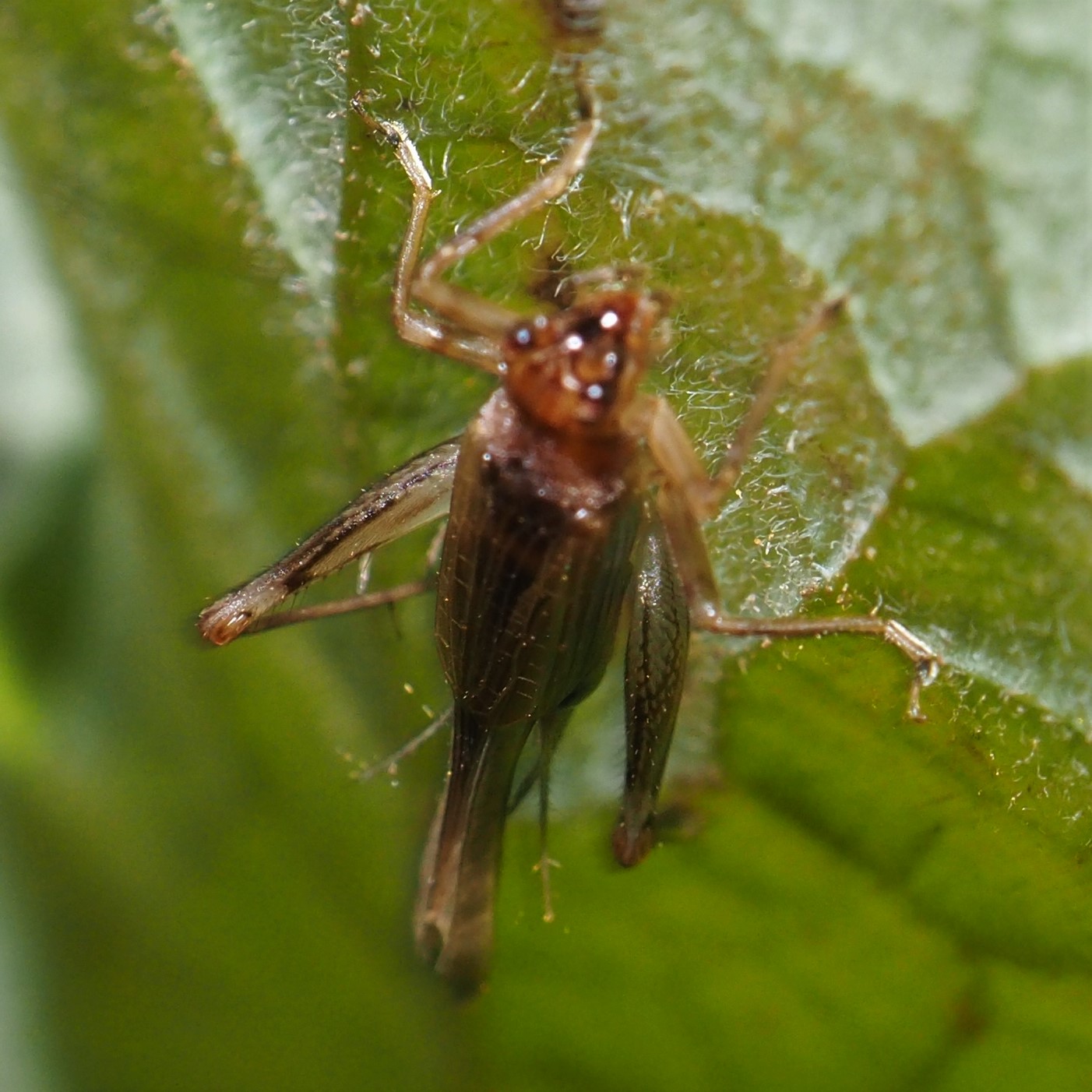
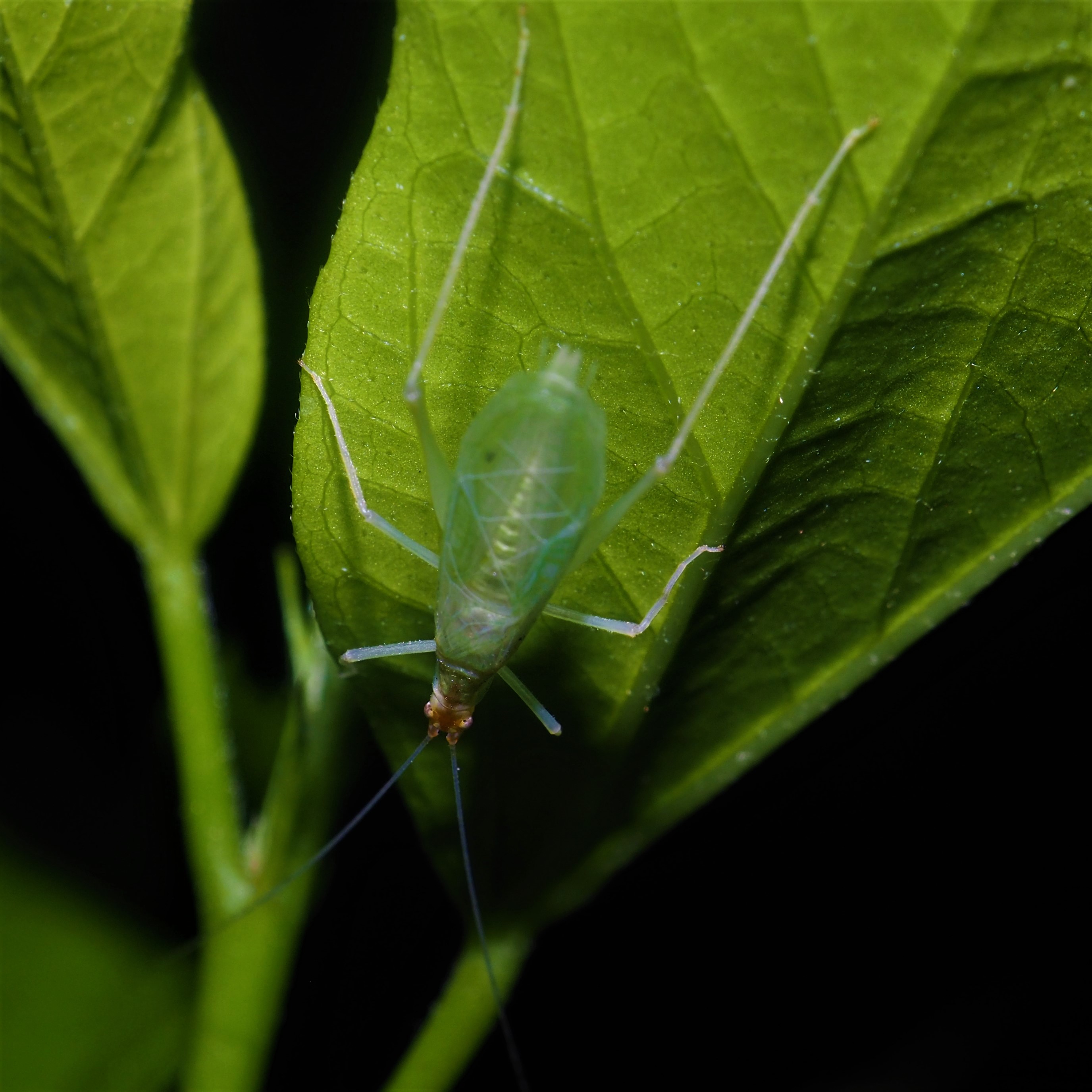

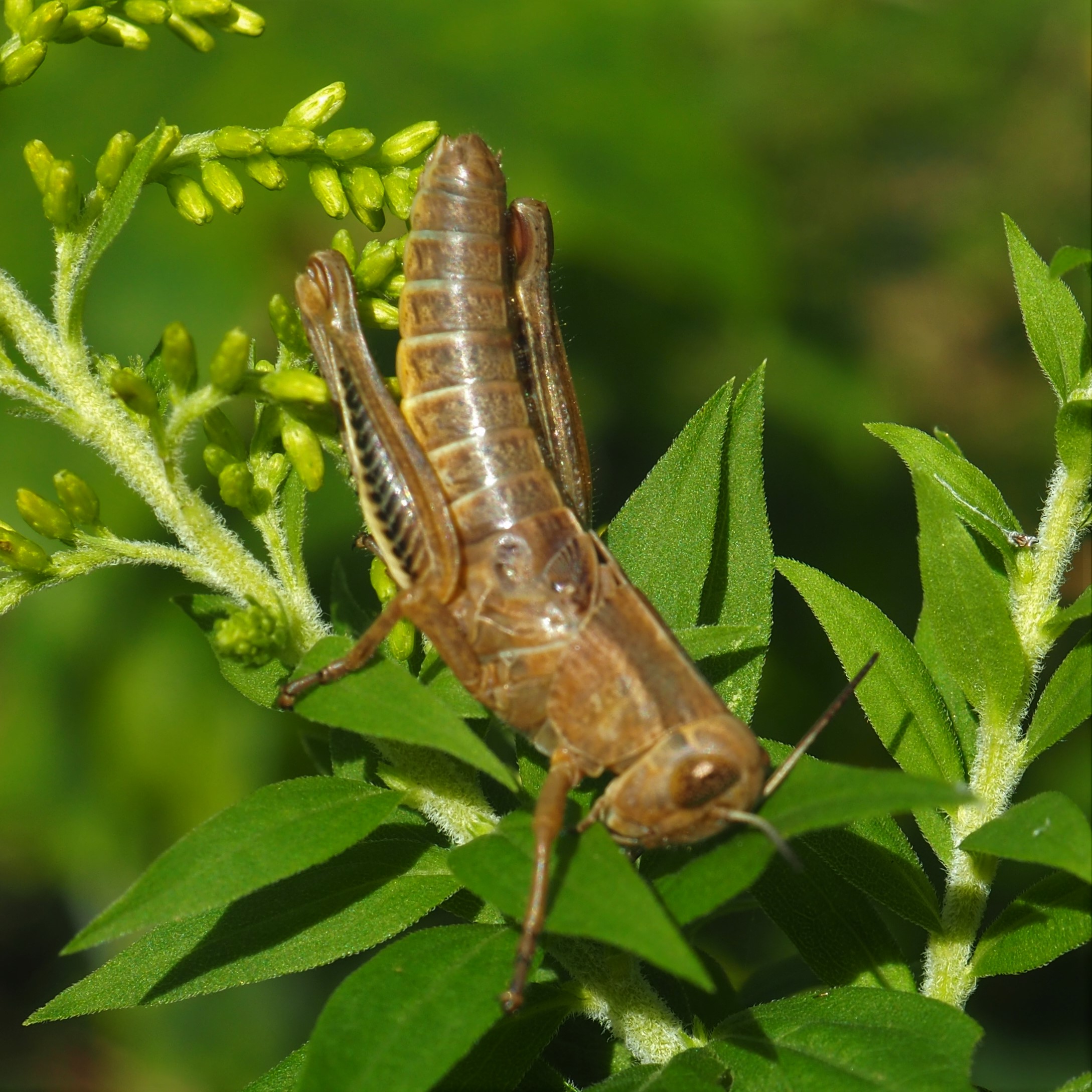
Let's move on to the Spiders. We start out with a big Spider that @claggy identified as an Eastern Parson Spider. Second is a Common House Spider. Third is another CHS with a white ball under its arm and a comical face on its abdomen.
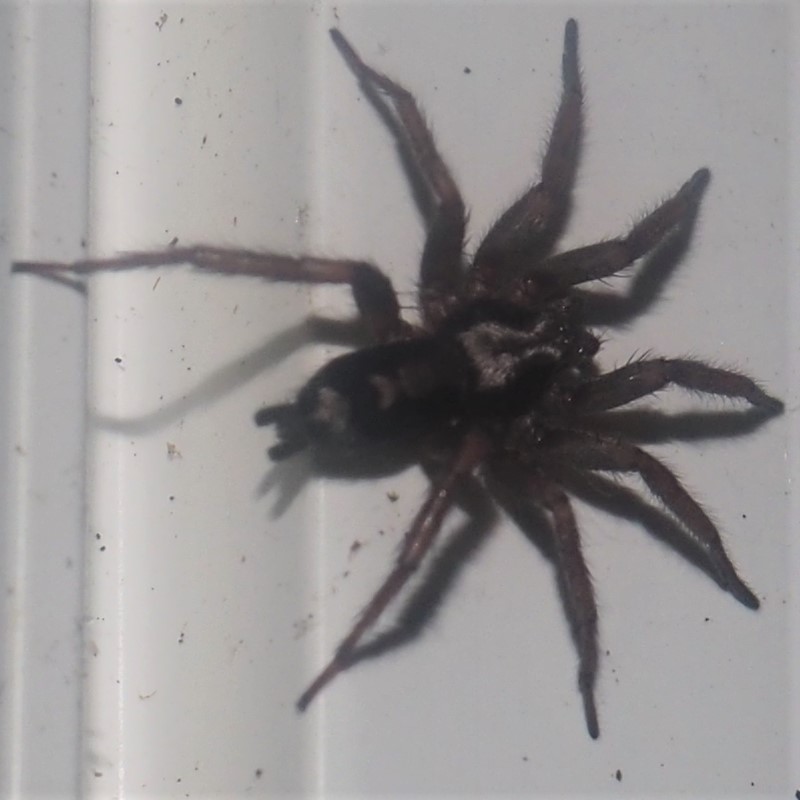
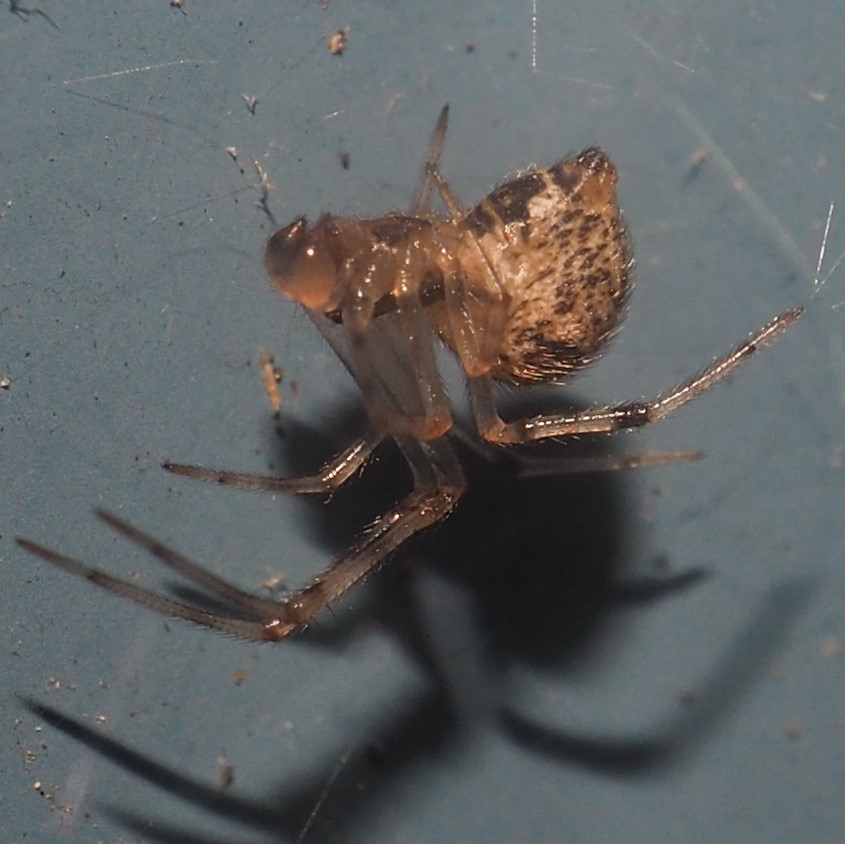
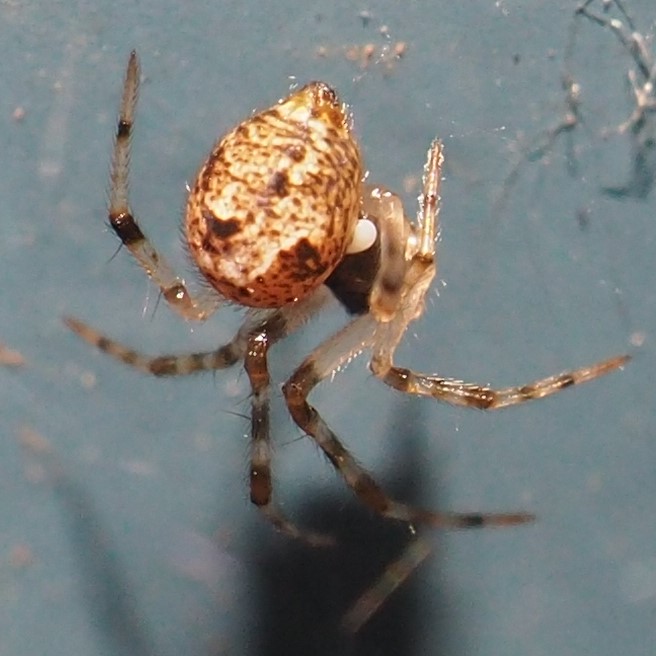
Here's a nice Crab Spider, and finally after years of looking for one, a Northern Crab Spider. I love its pattern. The last one may look as if it is lazing around, but don't be fooled.
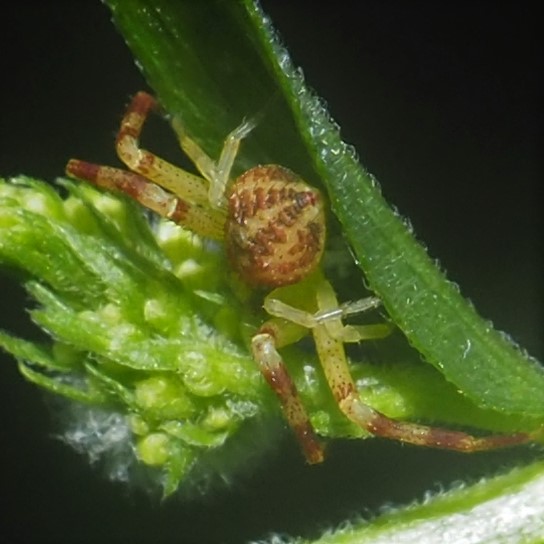


Here is another of those Ghost Spiders with a prey of some kind in hand. Second is a Horned Parasitic Cobweaver proudly displaying its larder. Third is the big-eyed baby Naphrys pulex. Sweet!
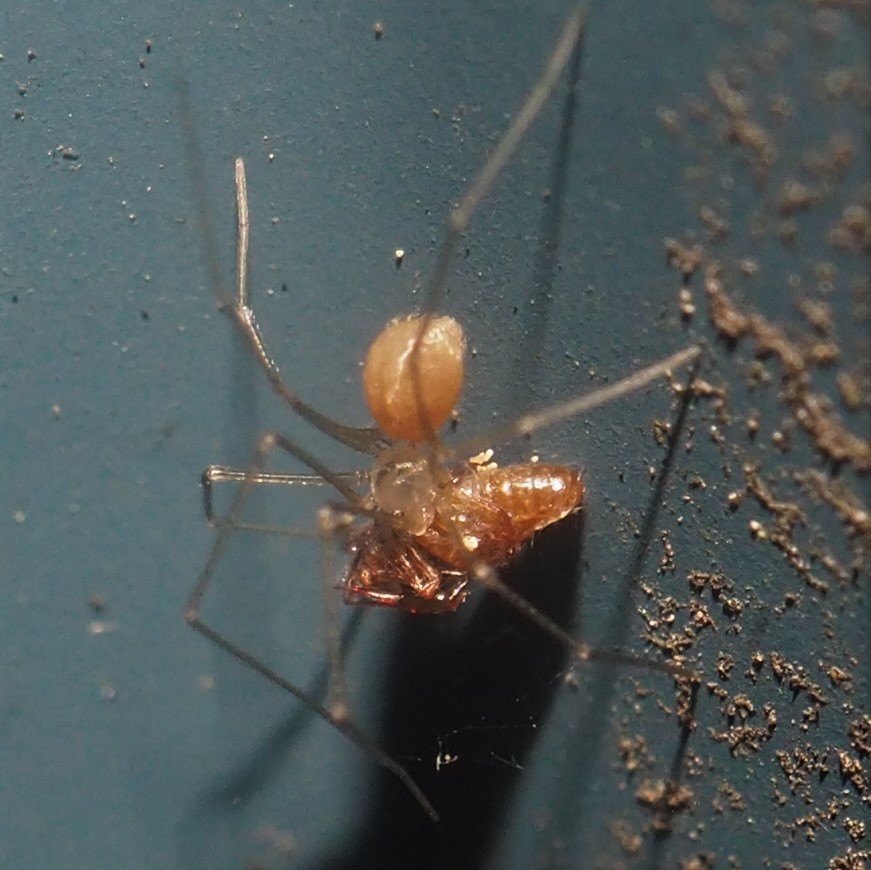

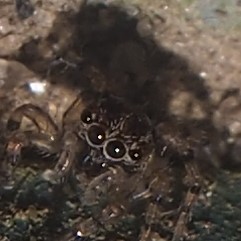
This may turn out to be a Long-jawed Spider. The handsome spider in second place may be an ordinary Cobweb Spider but it still looks like a polished jewel to me. Third is an interesting scene. Tell me what it is!
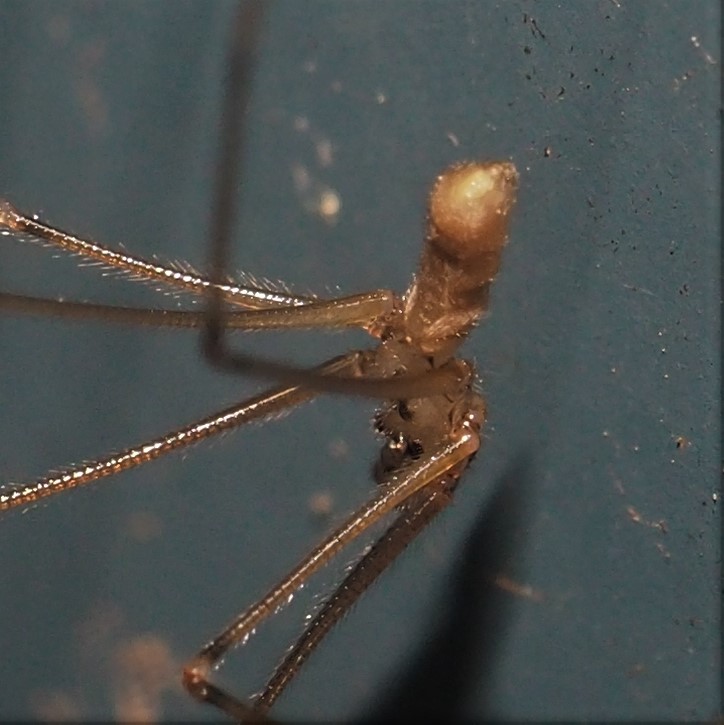
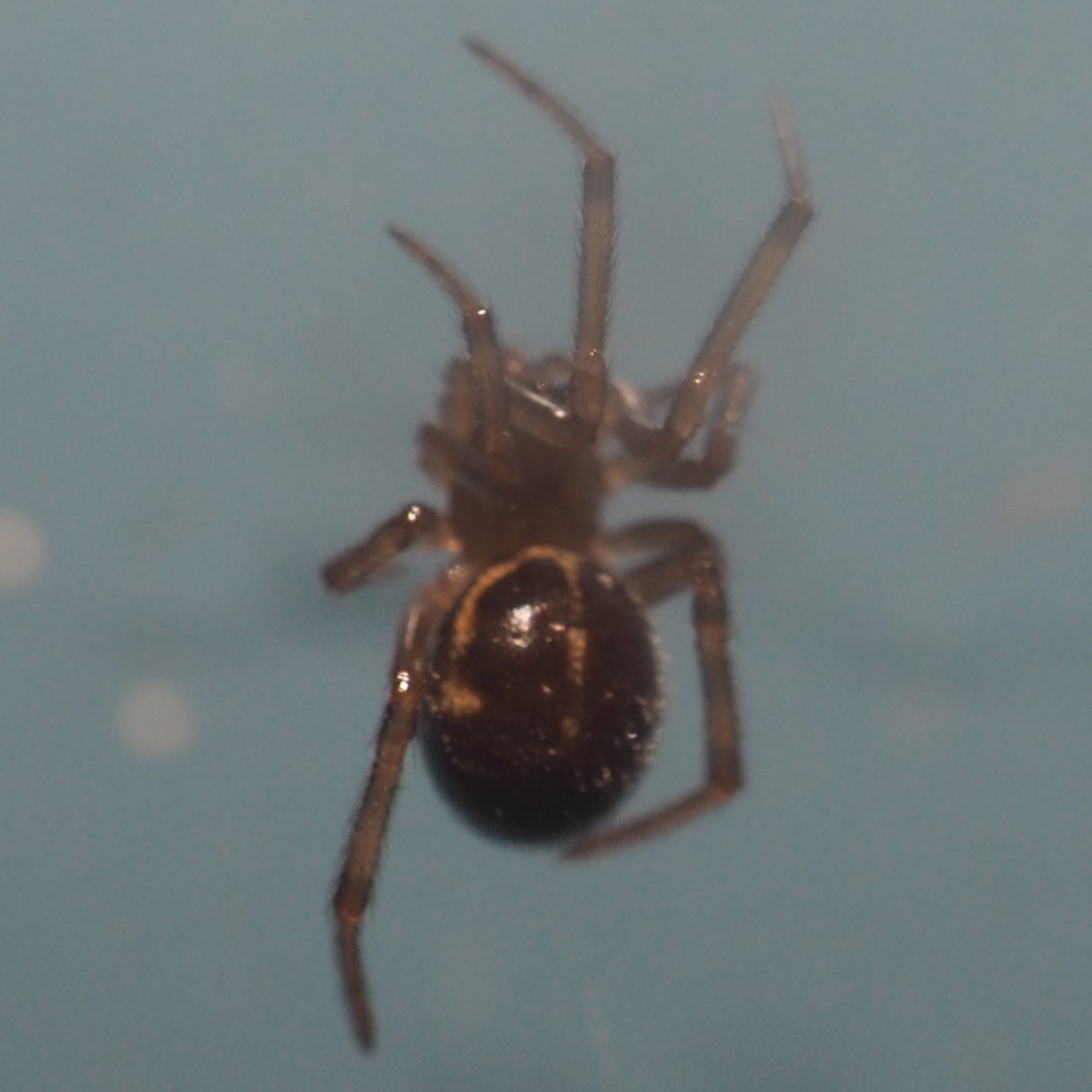
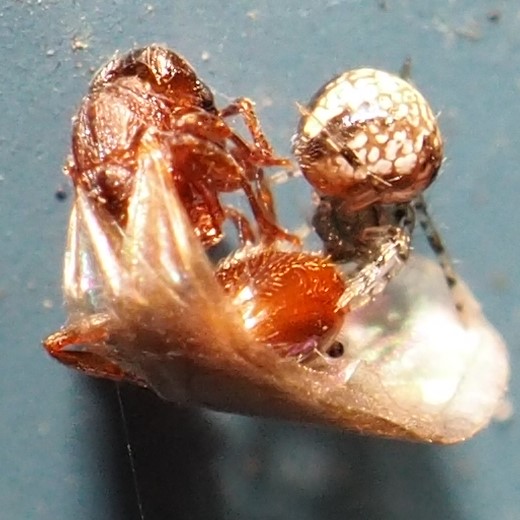
With the blooming of the Goldenrod, so many Wasps that I haven't seen for a year are here, so forgive me if I don't have positive ID's on them yet. I will put some of them up but you'll understand if I don't have an ID for some or all of them. Here goes:
#1
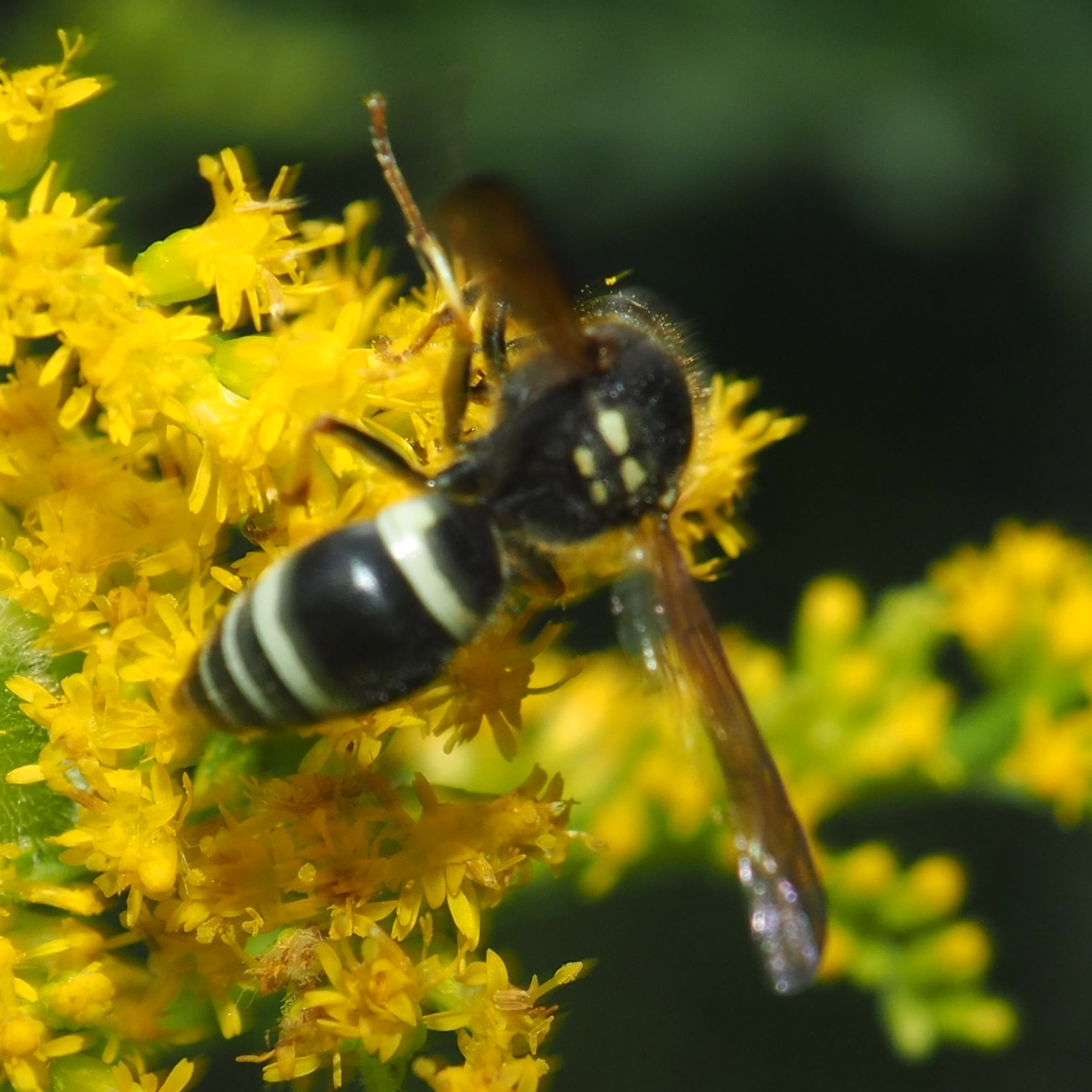
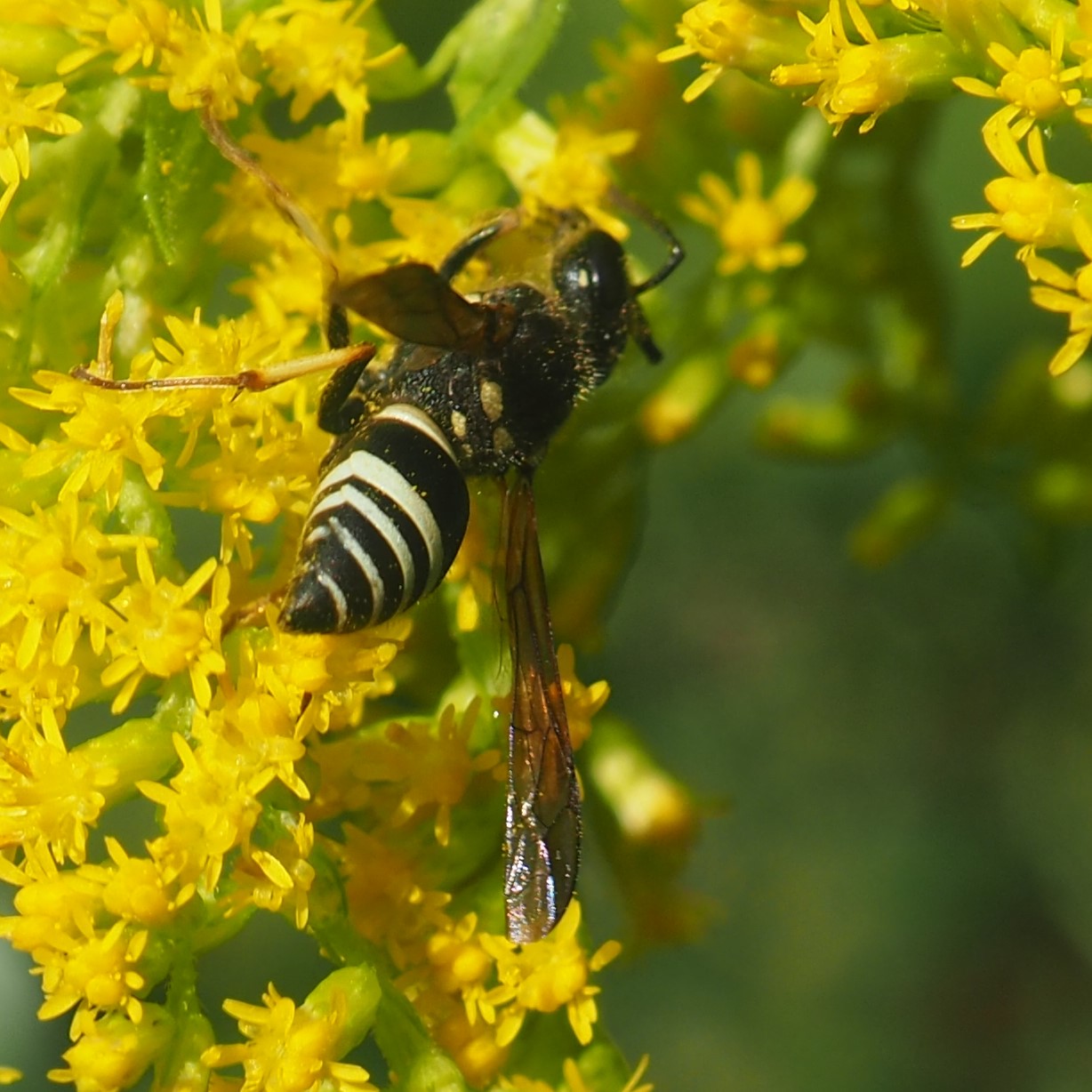
#2
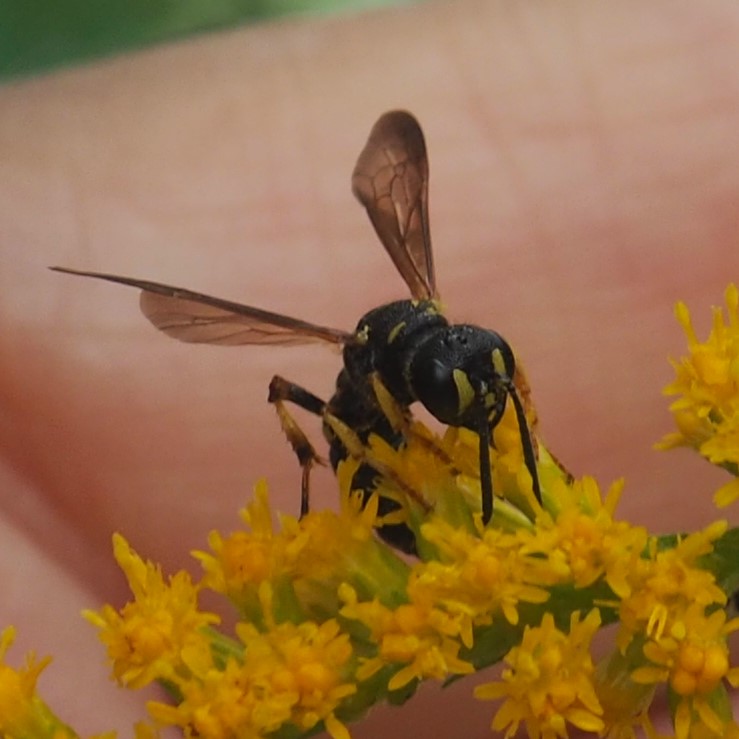
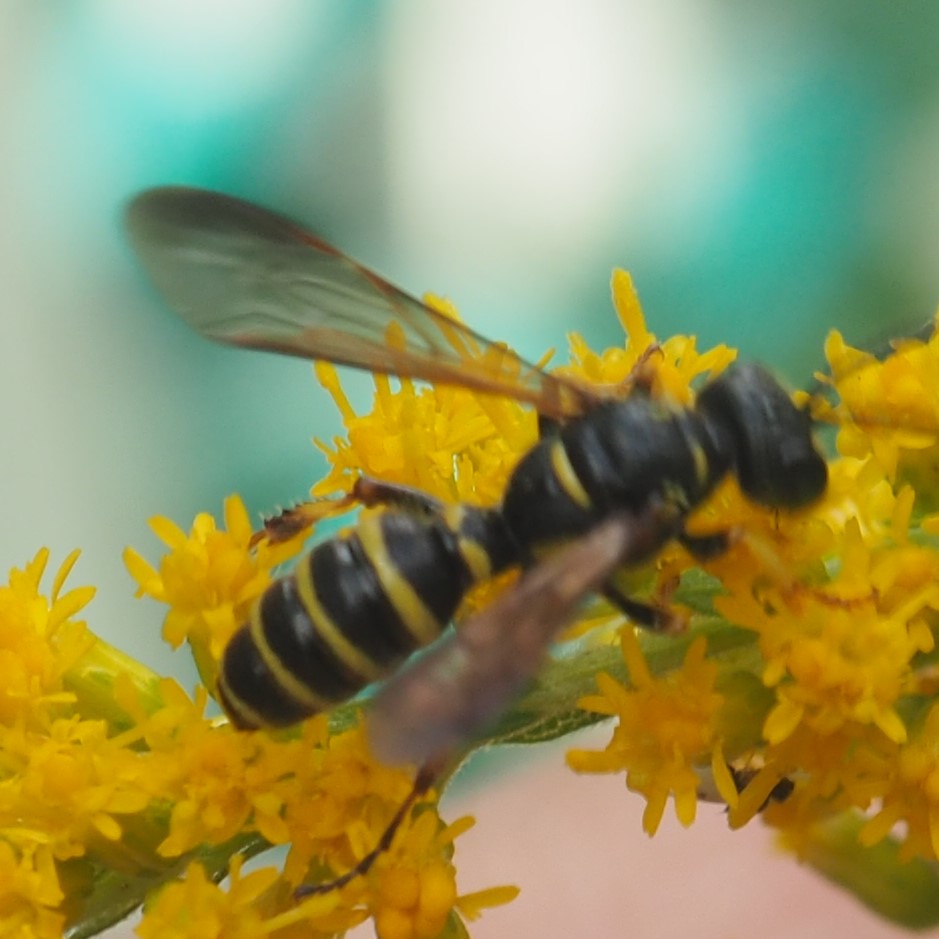
#3
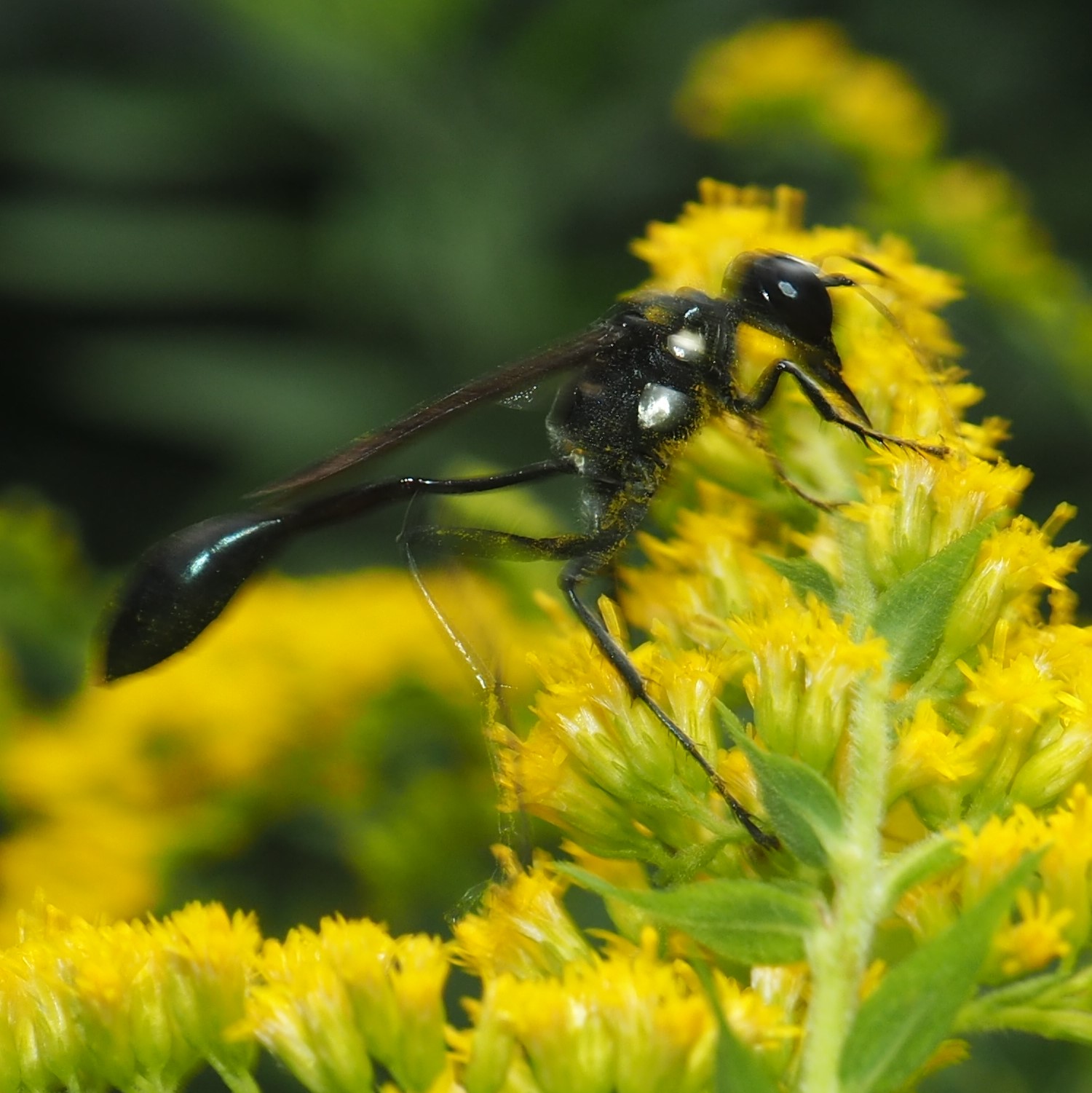

#4
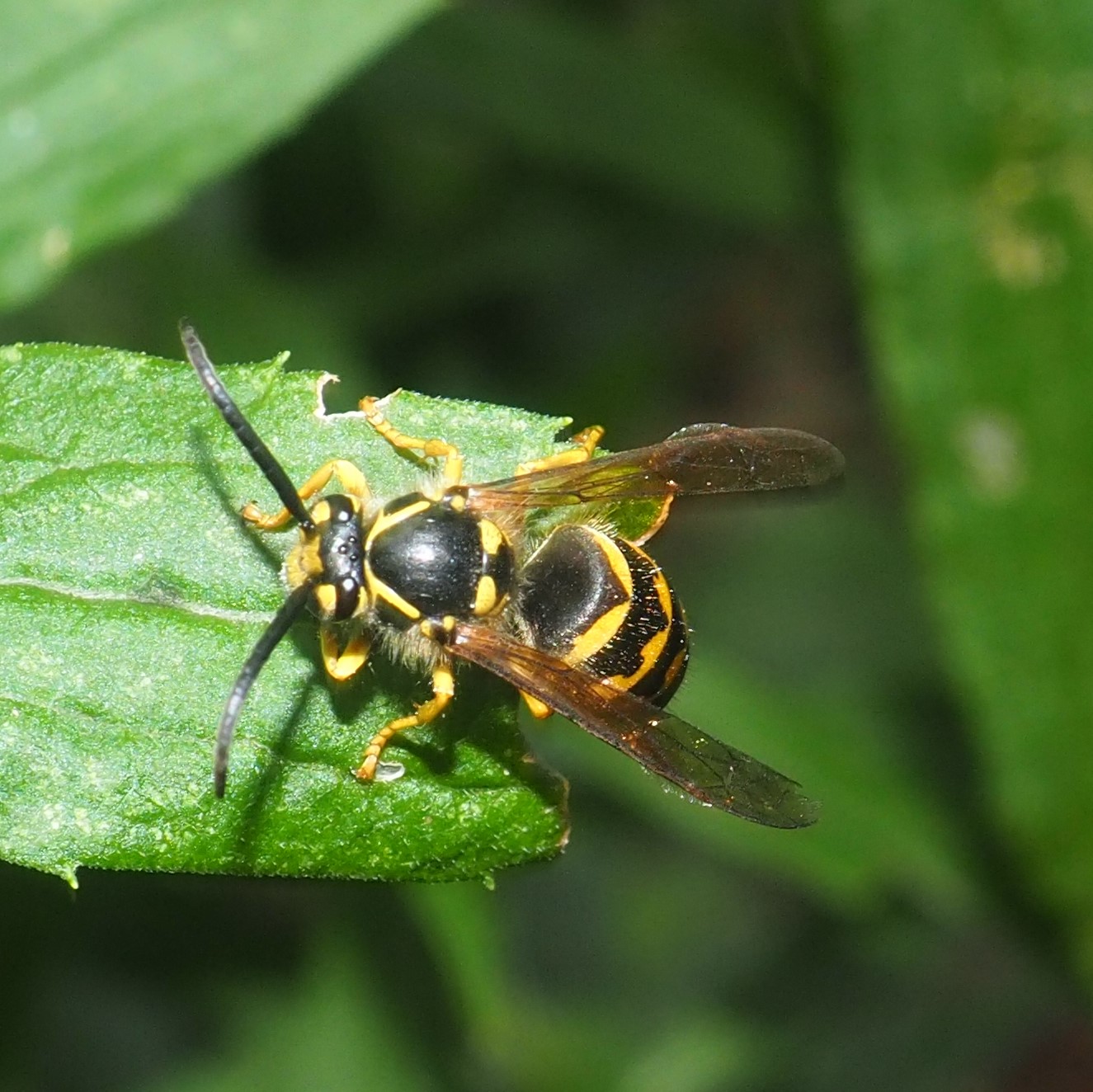
A couple of Water Lilies. Enjoy!
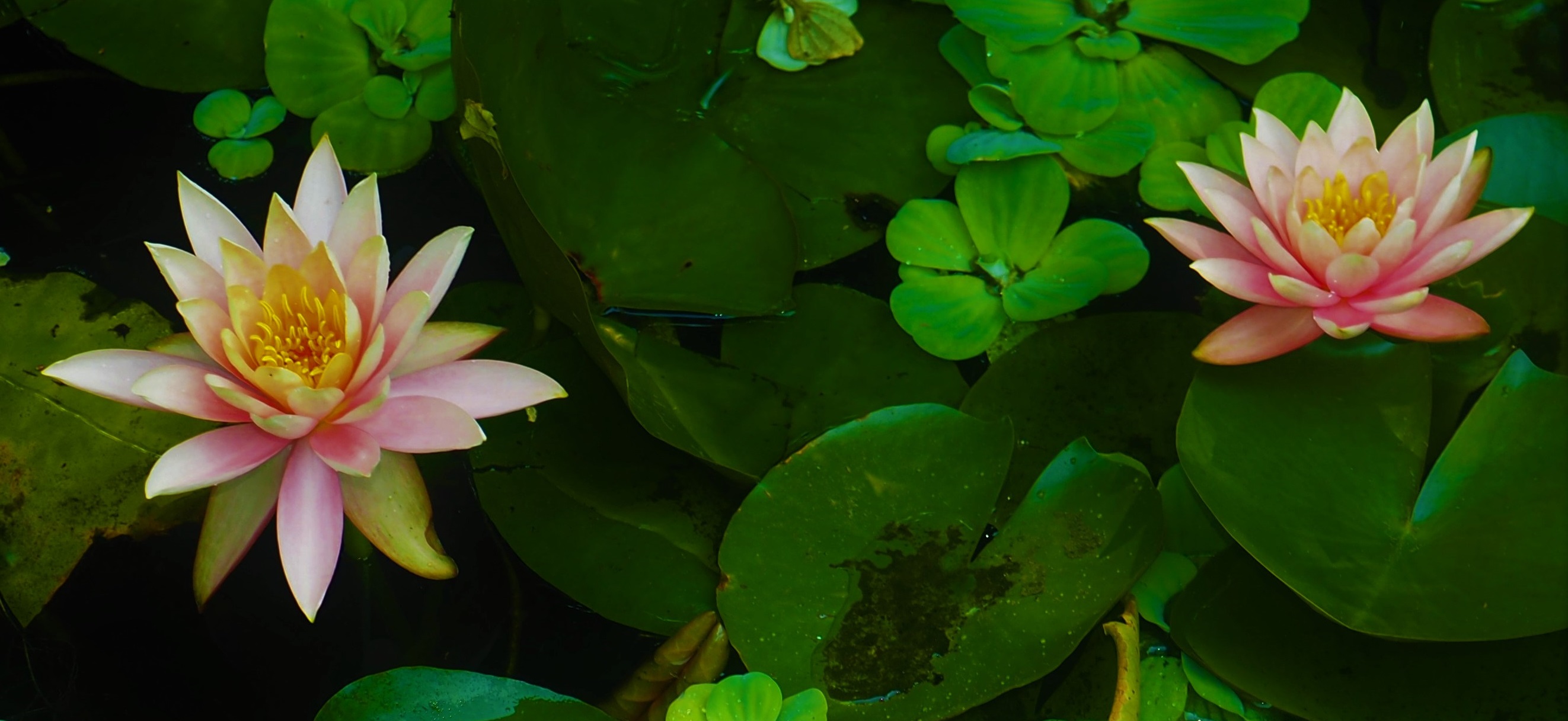
Another week come and gone. I enjoyed meeting with a few old friends on my Birthday. It was a wonderful lift. Everyone, keep up your spirits and hope that in a few more months there will be some kind of treatment and/or vaccine. I look forward to the day when I can go to your house and you can come to mine. No masks, yes hugs.
Love, Martha
Back to August 23, 2020
Forward to September 6, 2020
Back to main menu
copyright Martha O'Kennon 2020















































































































































